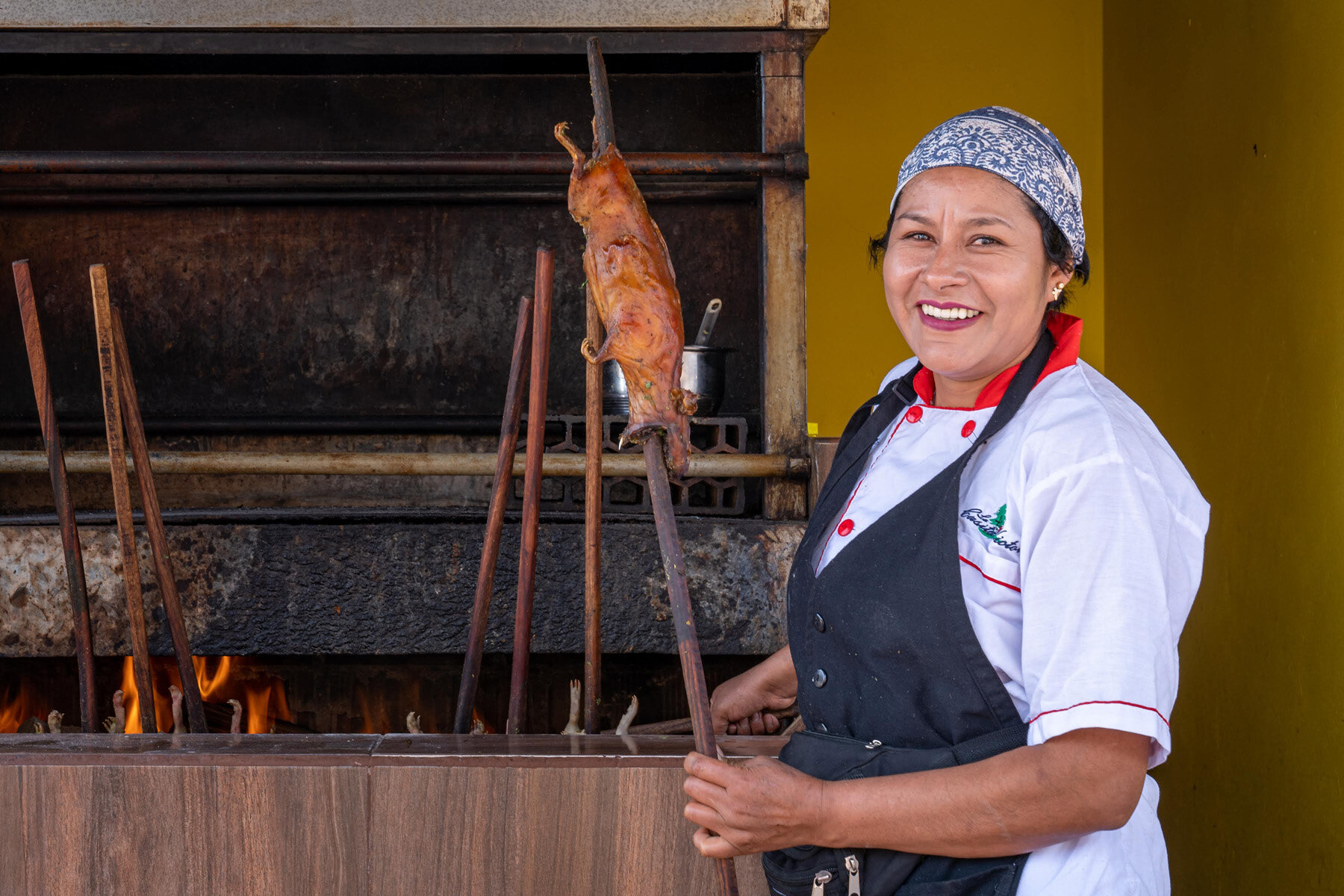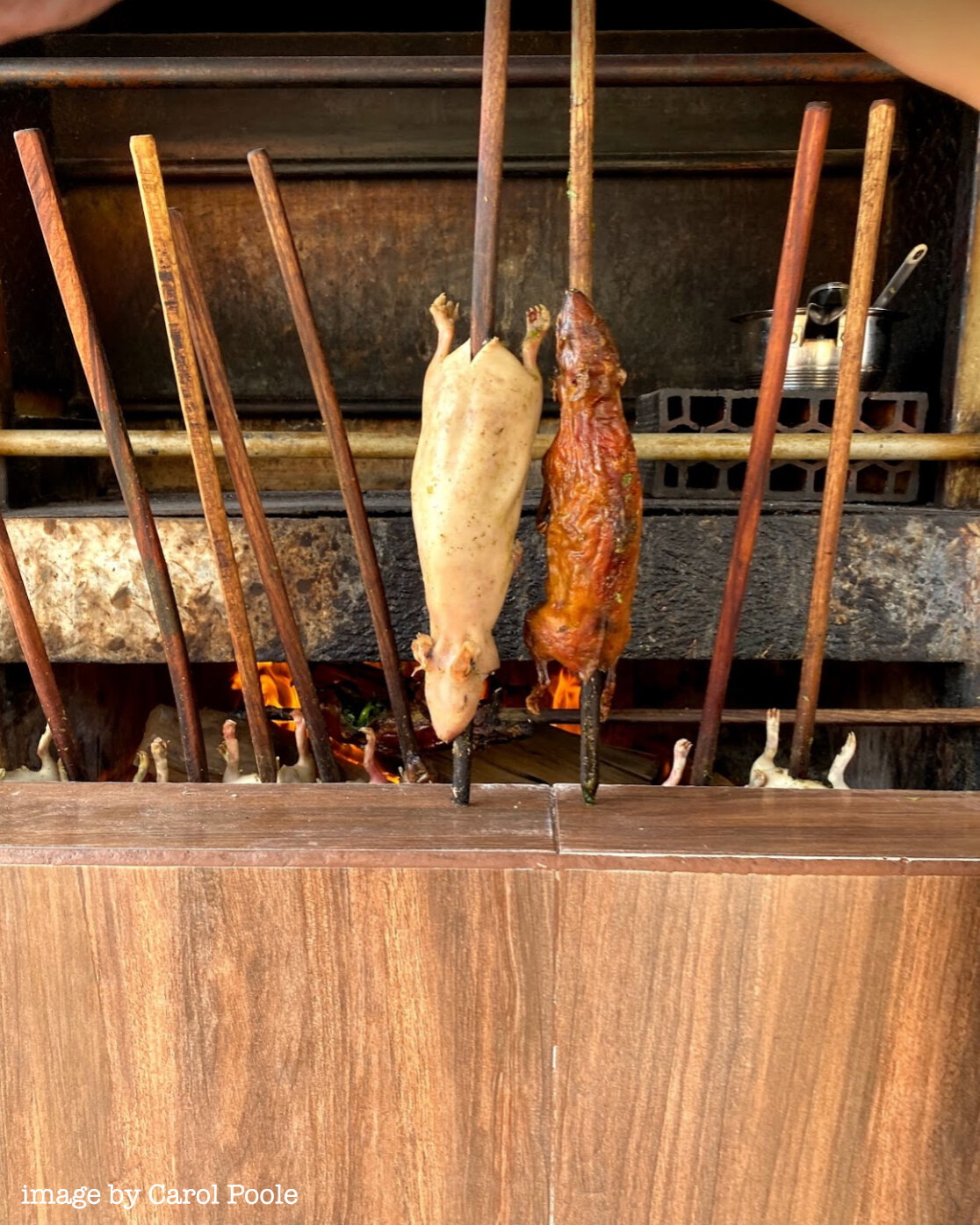Peaks n' 'Pacas in Peru - An Alpaca Fueled Trek Through The Andes - Part 4 - From Fleece Geeks To Pee Fleece
(If you haven’t yet, and you wanna, start at the beginning of the adventure with Part 1 - Where The Wacky Alpacky Hath Led Me)
The next several days of the trip provided the perfect recipe of pace and activity to decompress from the often overwhelming mental and physical stimulation of the days before. The frantic pace of the first part of the trip finally slowed down as all that remained on the itinerary for the next couple of days was to meander through the hillsides and highlands visiting various alpaca farms and co-ops in the region.
First of all...the landscape! Oh my god the landscape. Those rolling hills! Those mountains! Those pristine glaciers! Those clouds! Those CLOUDS!
Second of all, I had NOOOOOOOOOO idea there were so much nuance to alapaca! And I certainly didn’t know anything about the business surrounding them; varities, names, breeds, fibers, microns, co-ops, huh? Yeah!
Being as how this was the ‘mecca’ of alpaca production, while the group nerded out over breeds and suris and fibers and huacayas and microns and crea and mostly undecipherable fleece-geek chitter chatter, I was just finding myself indubitably grateful to be in a position to soak it all in and document it.
And oh my GOD - documenting the holy grail of the alpaca world, under the watch of the dramatically majestic Allin Qhapaq Mountain looking down upon us with a disorienting mix of mocking pity and mothering nurture, was quite overwhelming. We sat and were educated by organizers of local co-ops and got to meet an insanely decorated award-winning alpaca breeder and farmer. There was a farm full of white ones, a farm full of black ones, a farm full of fuzzy fluffy multi-colored ones, a farm full of dread-locked ones. Who knew?
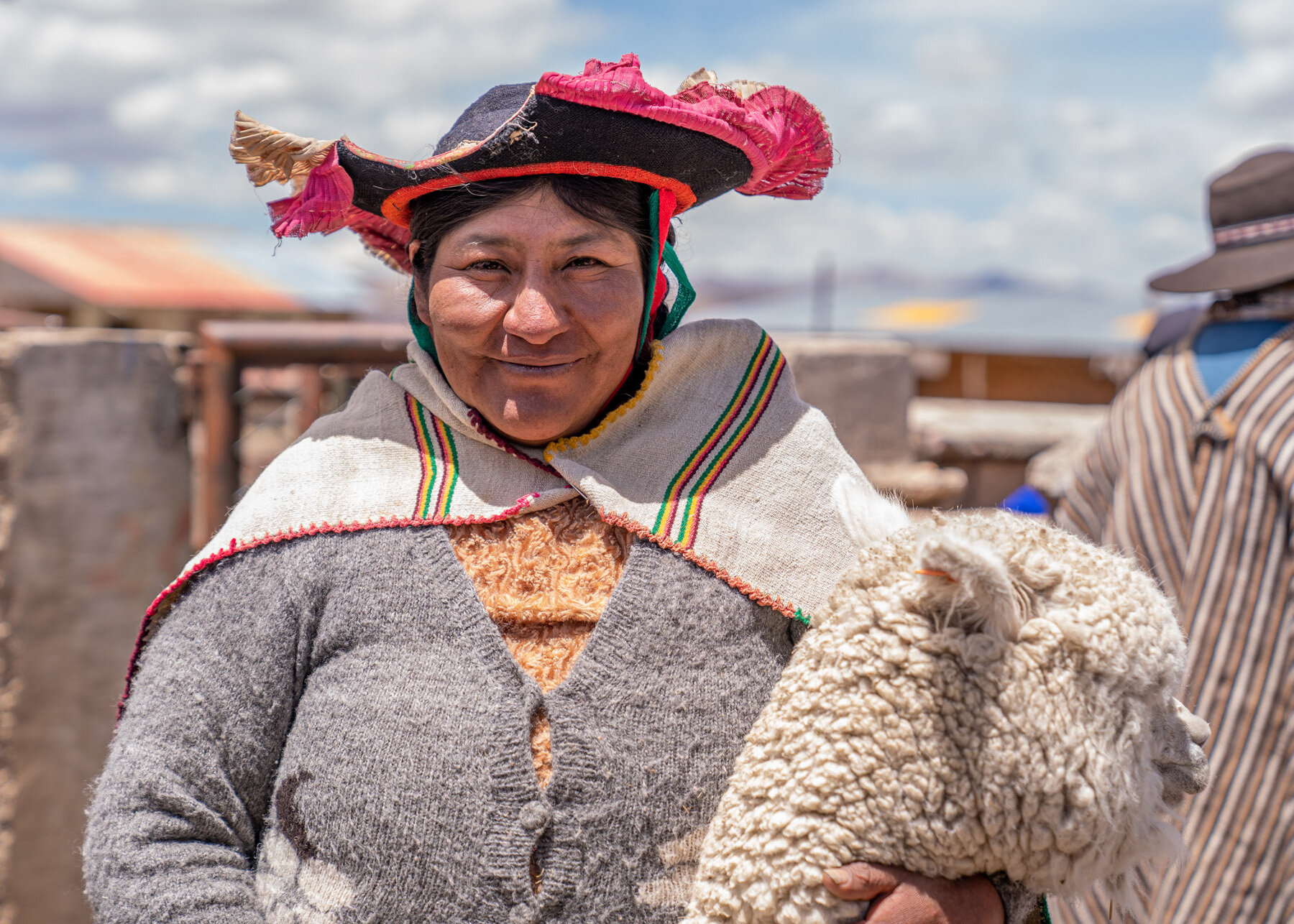
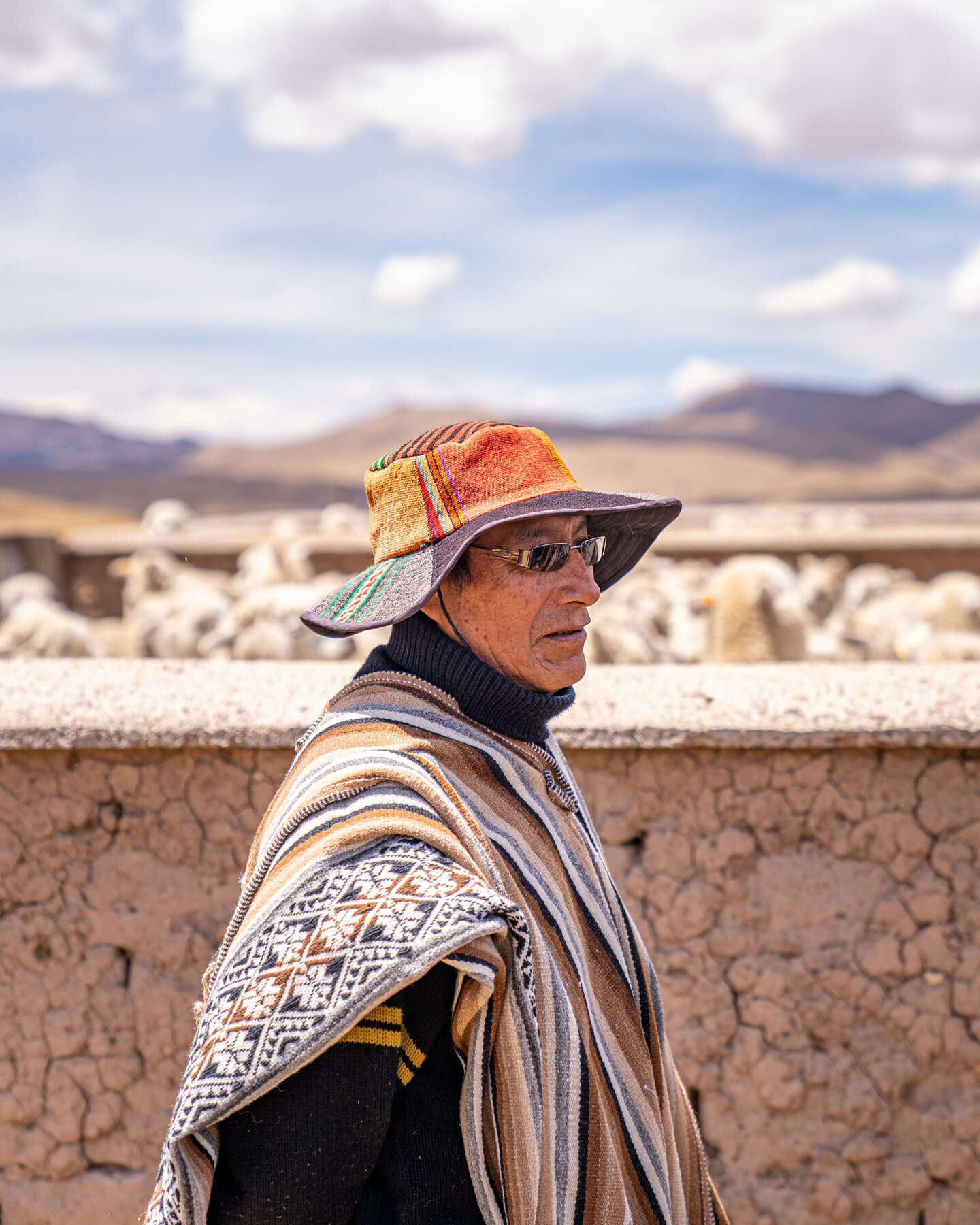
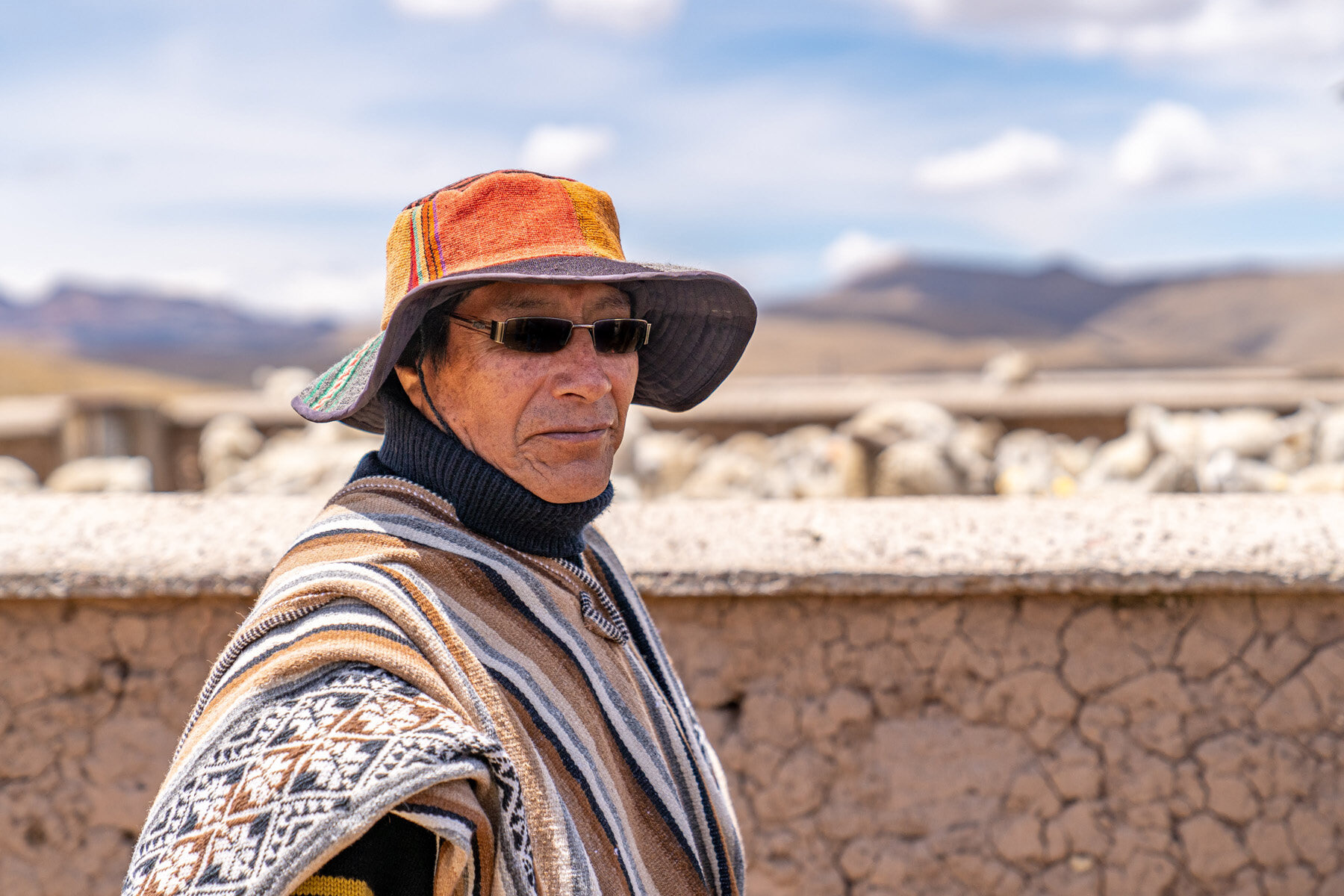
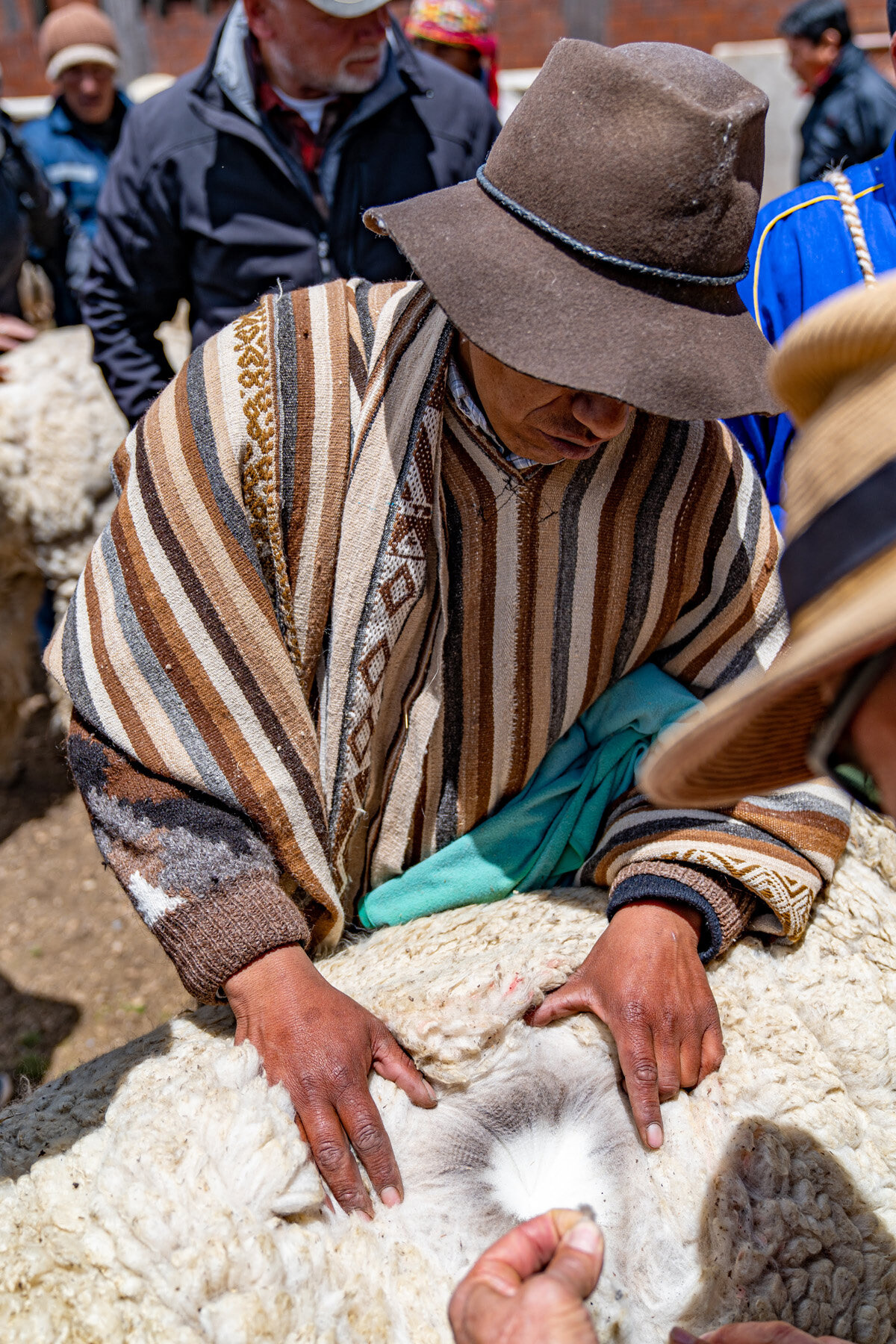

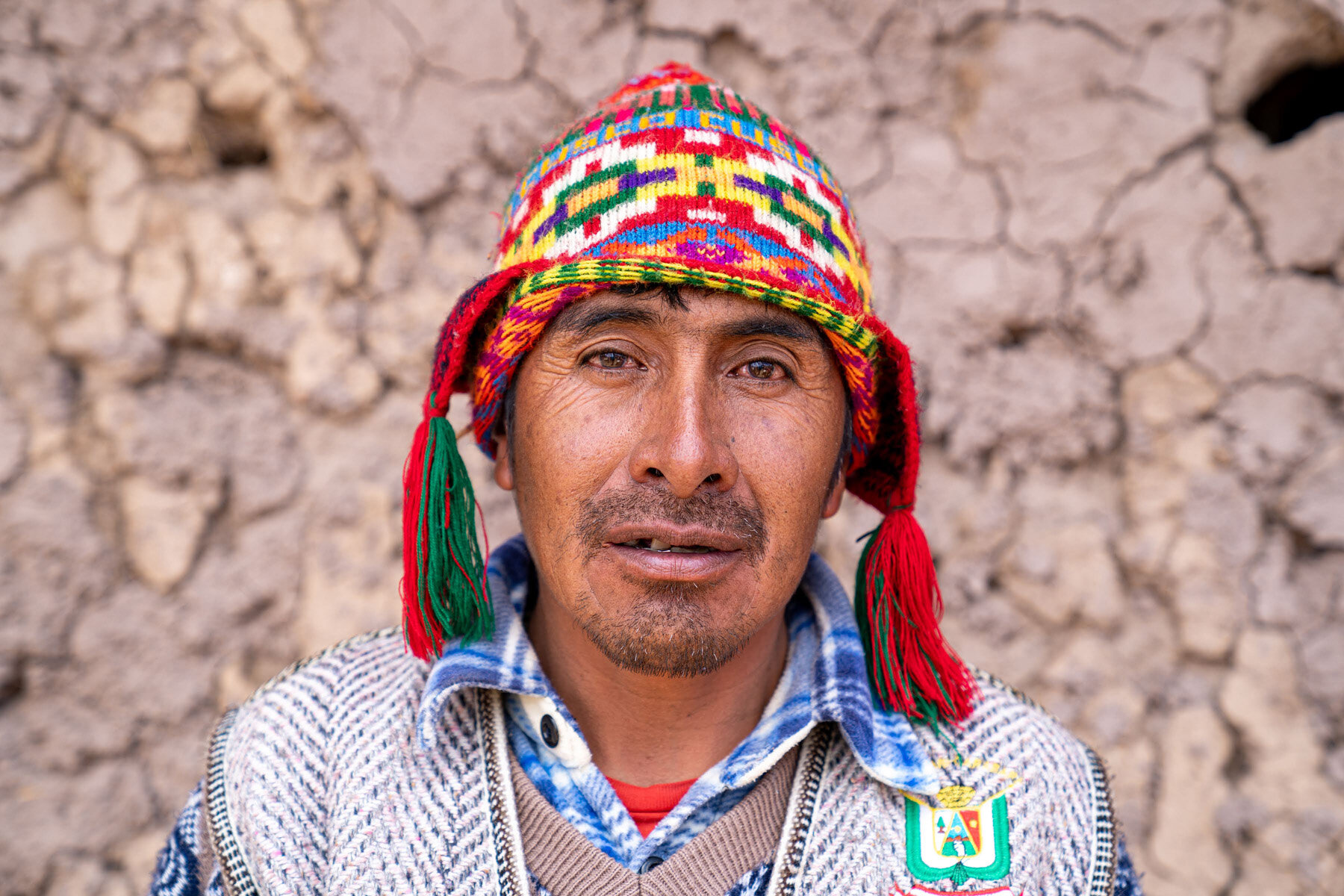
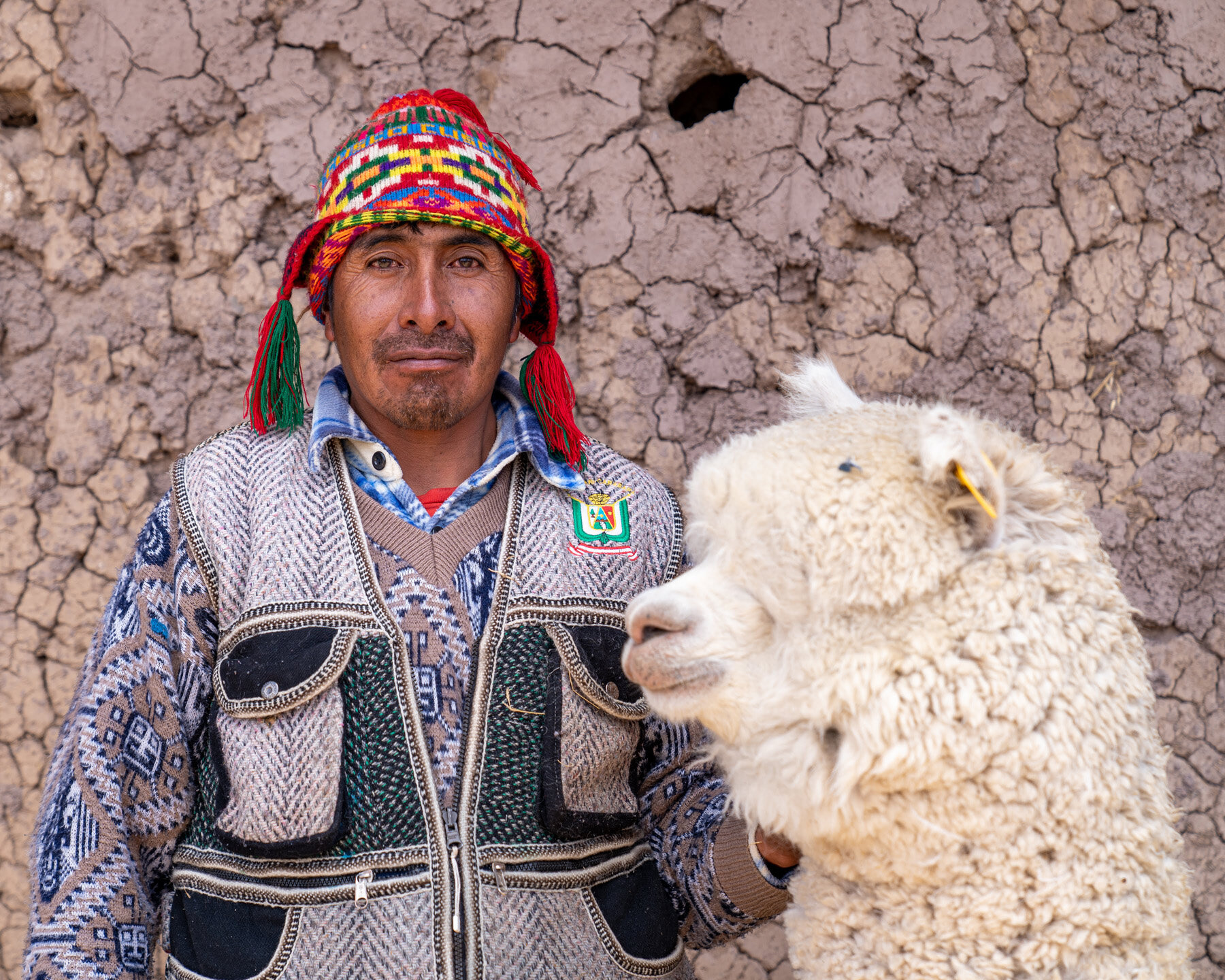
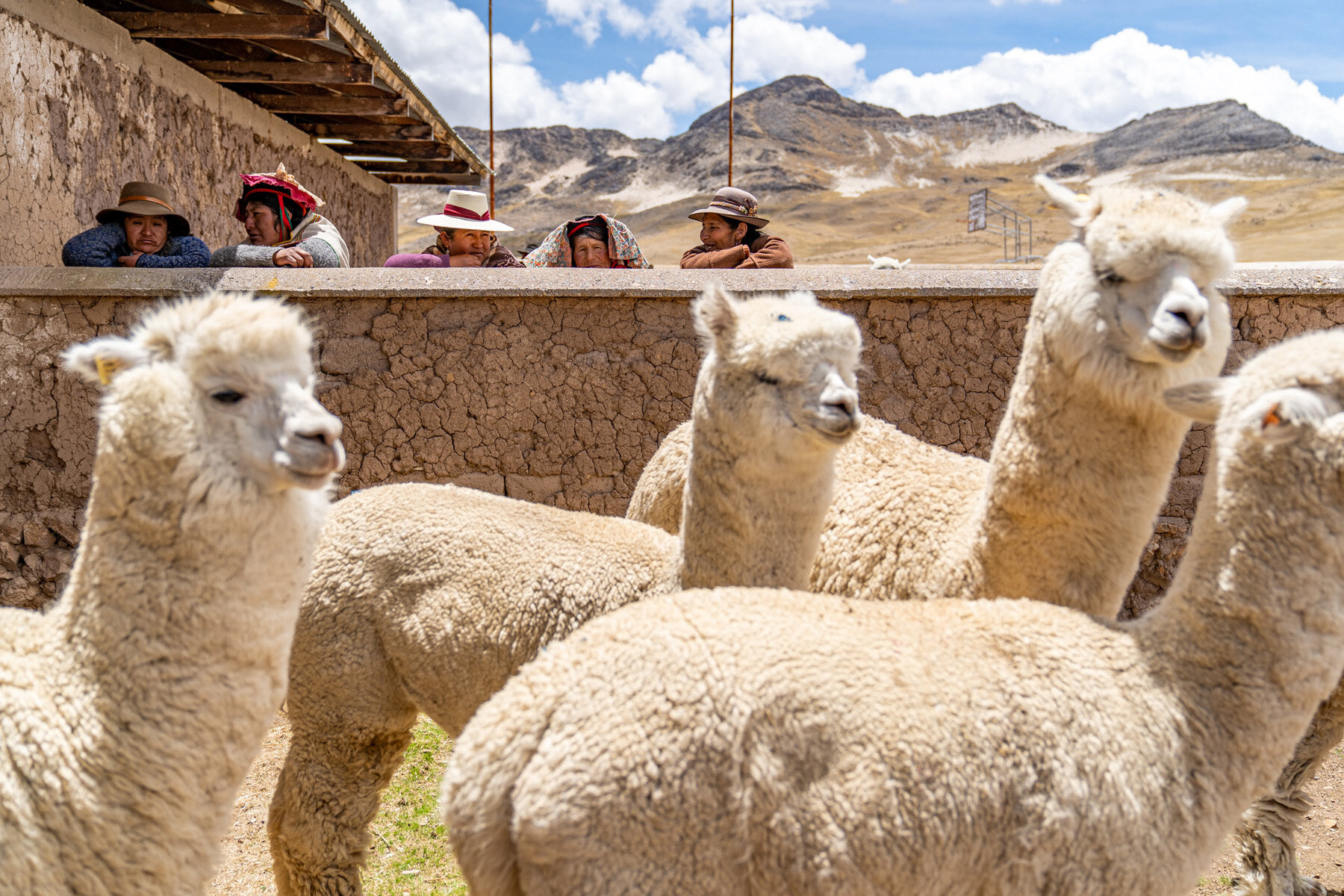
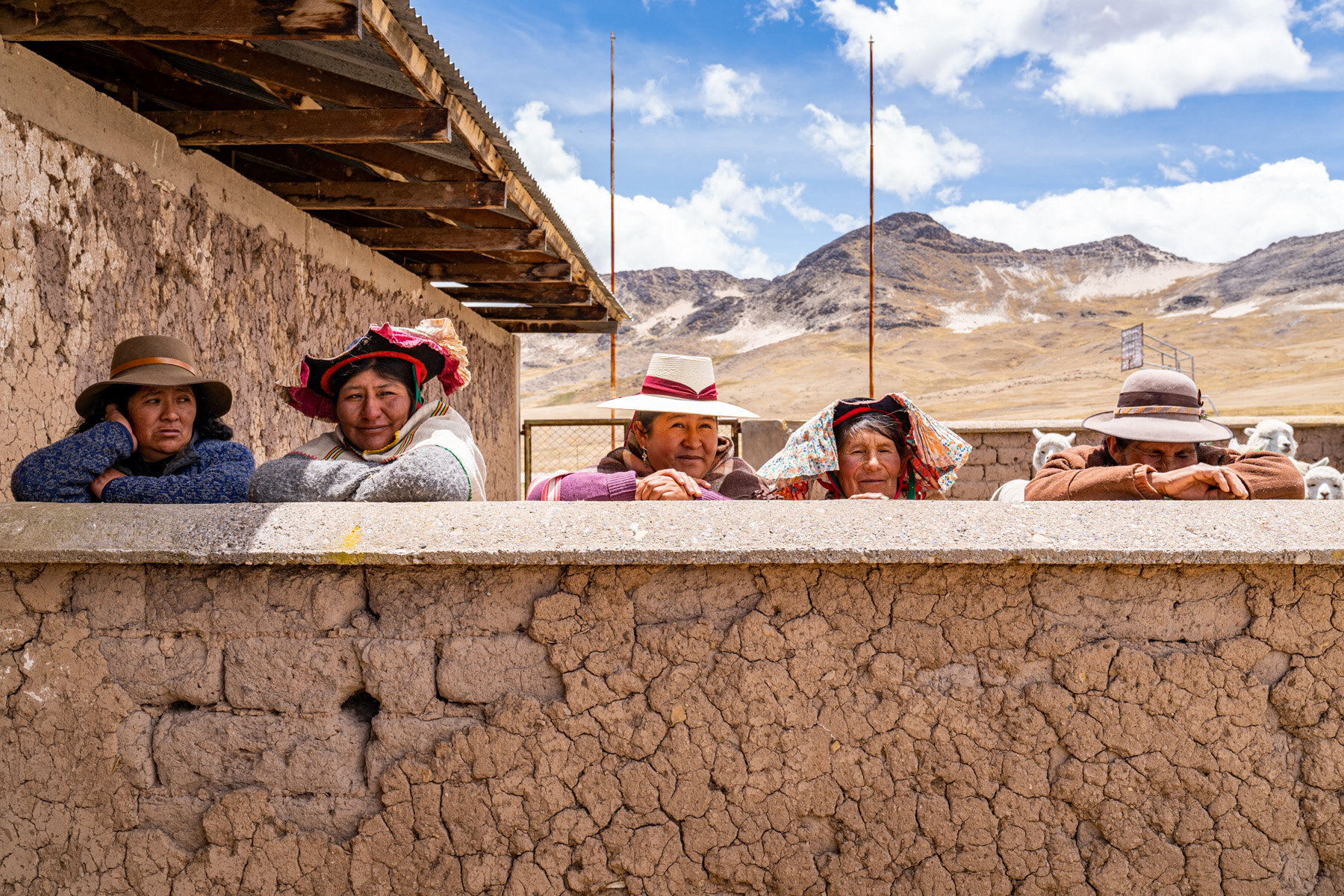

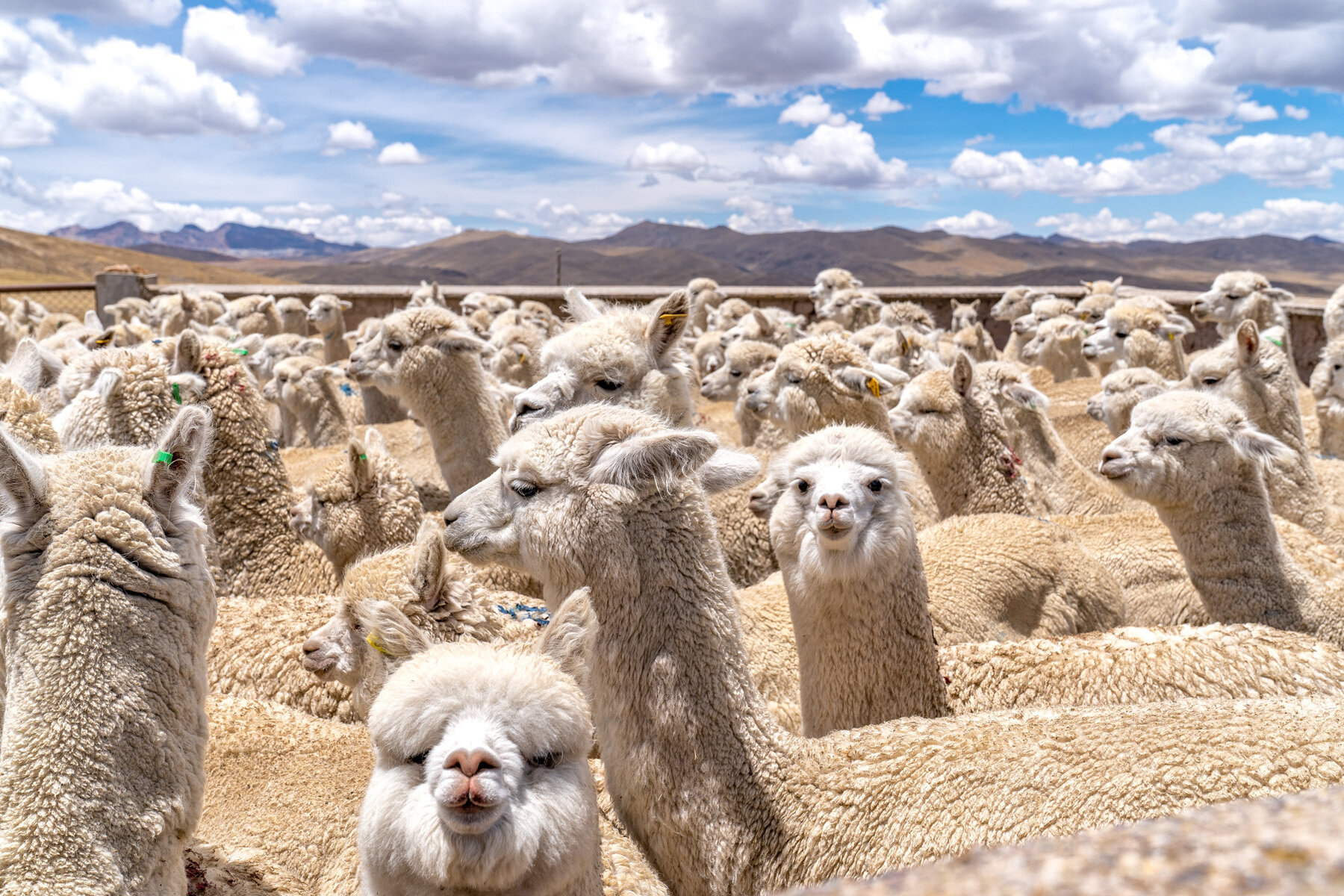

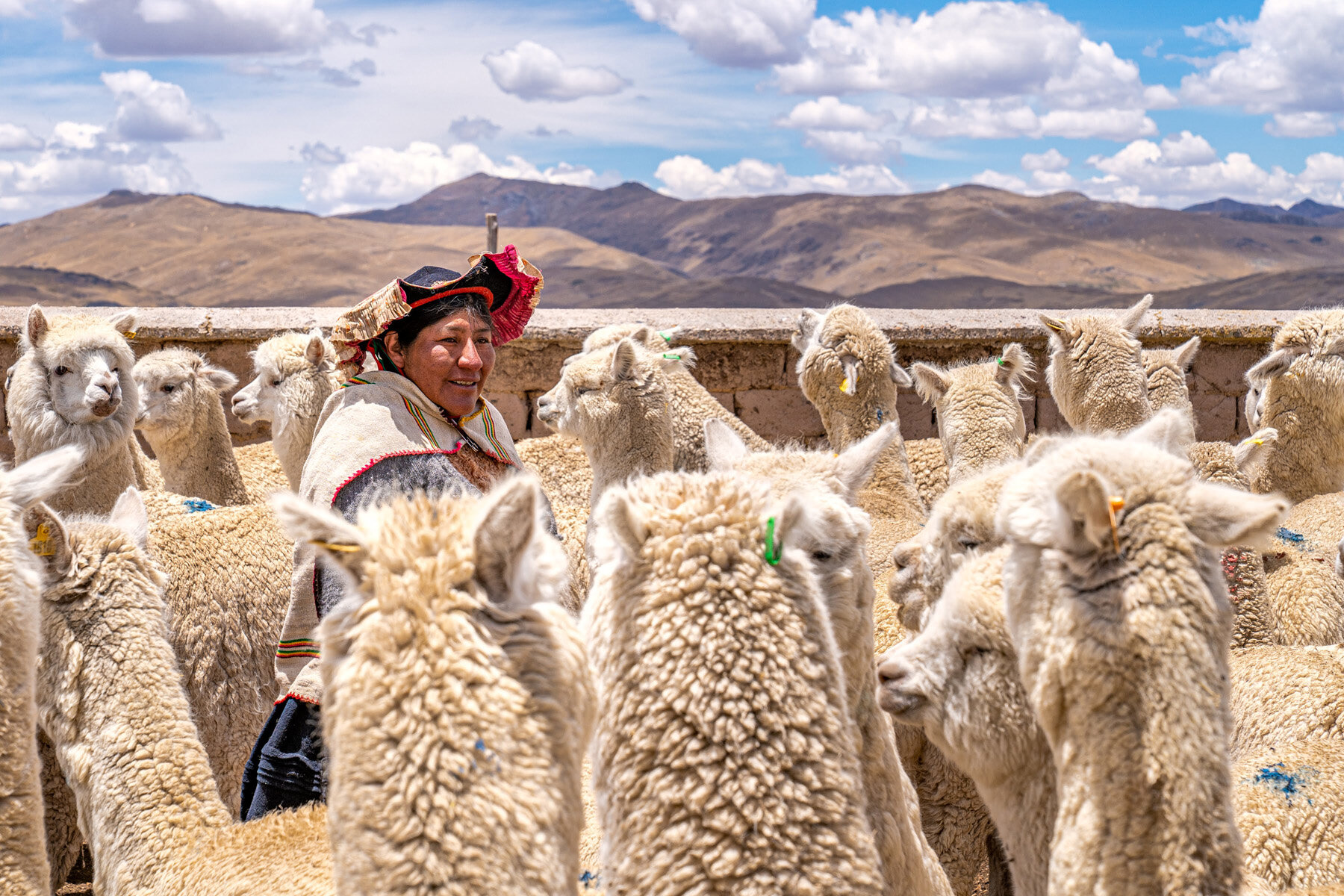
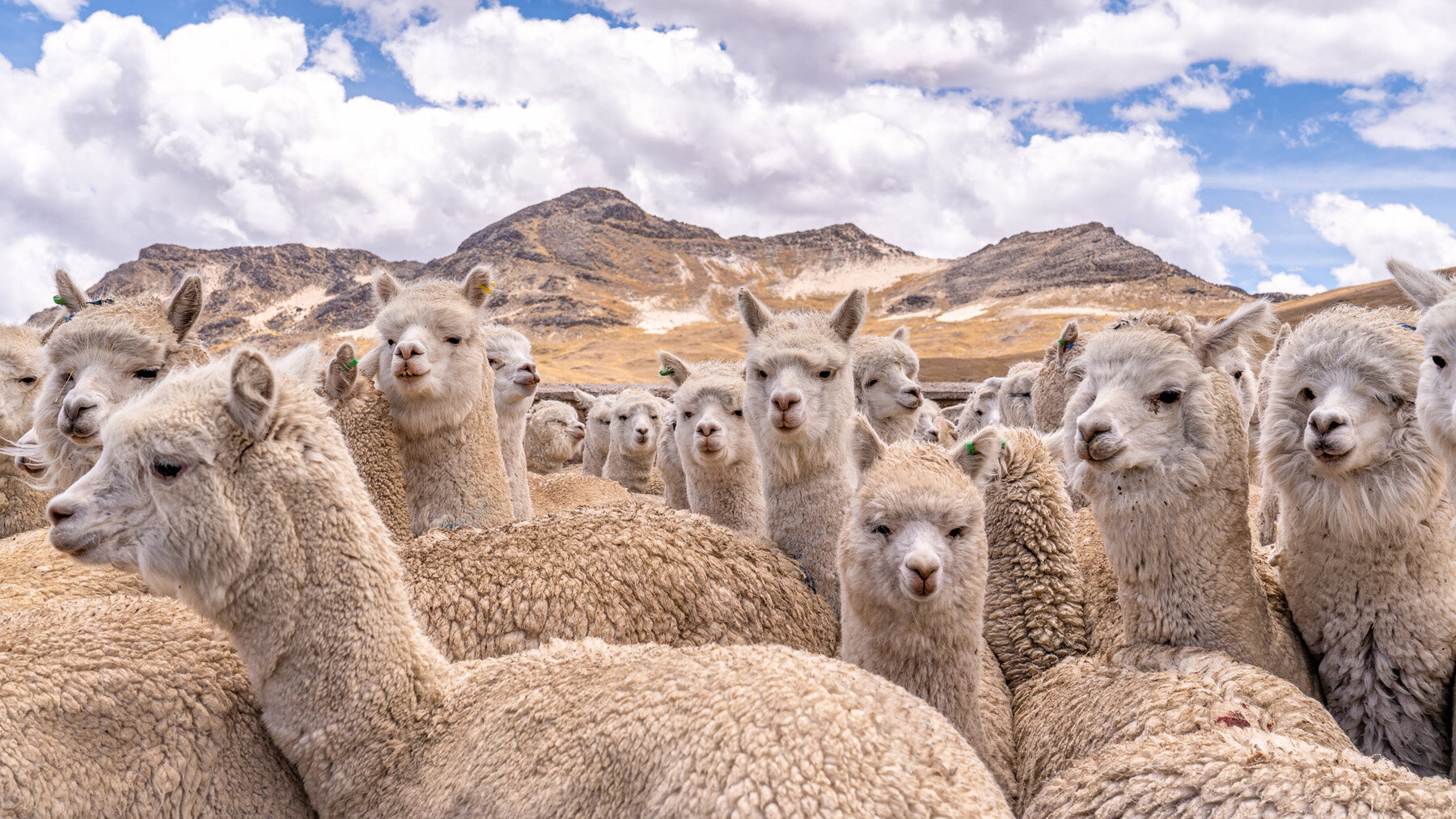
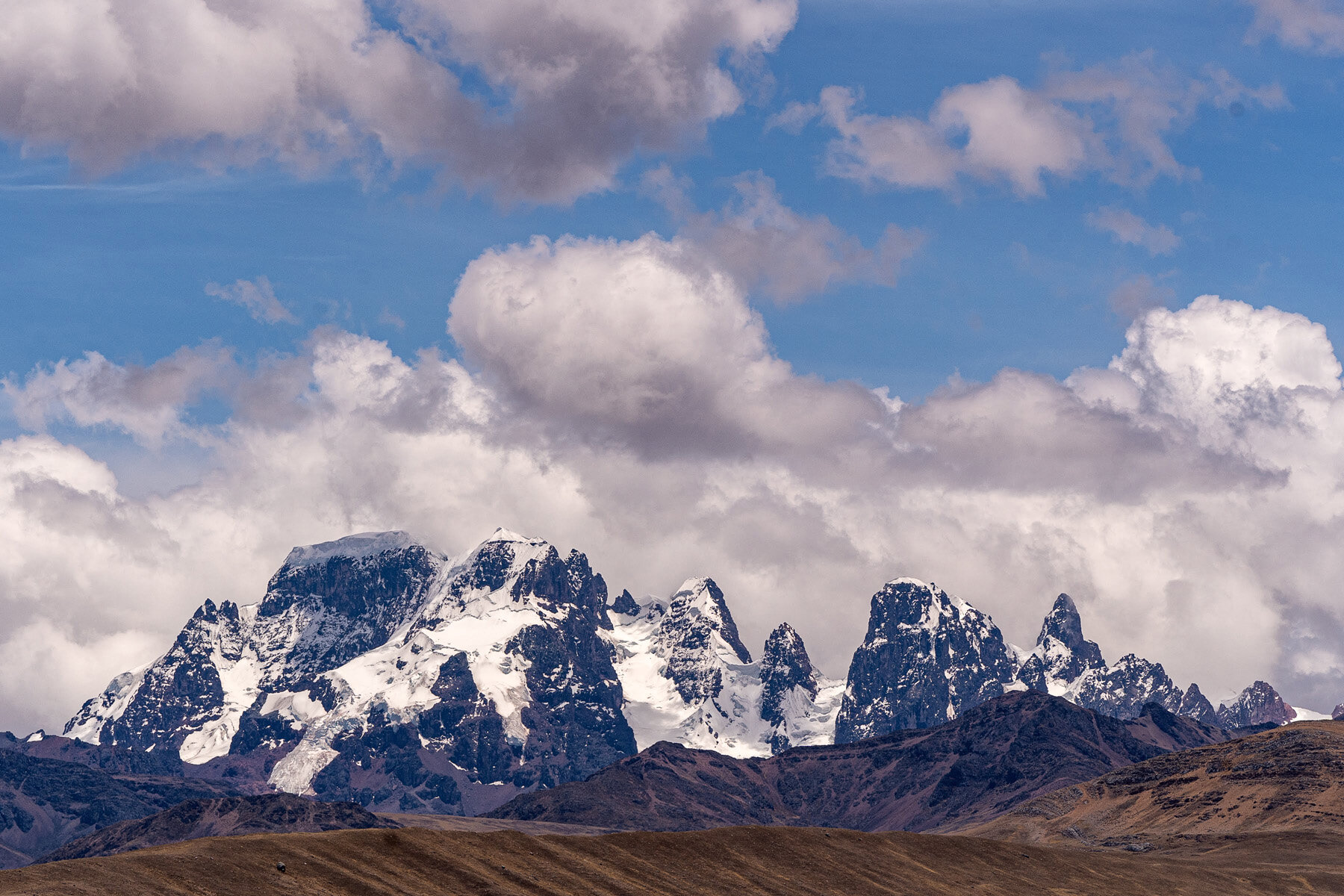
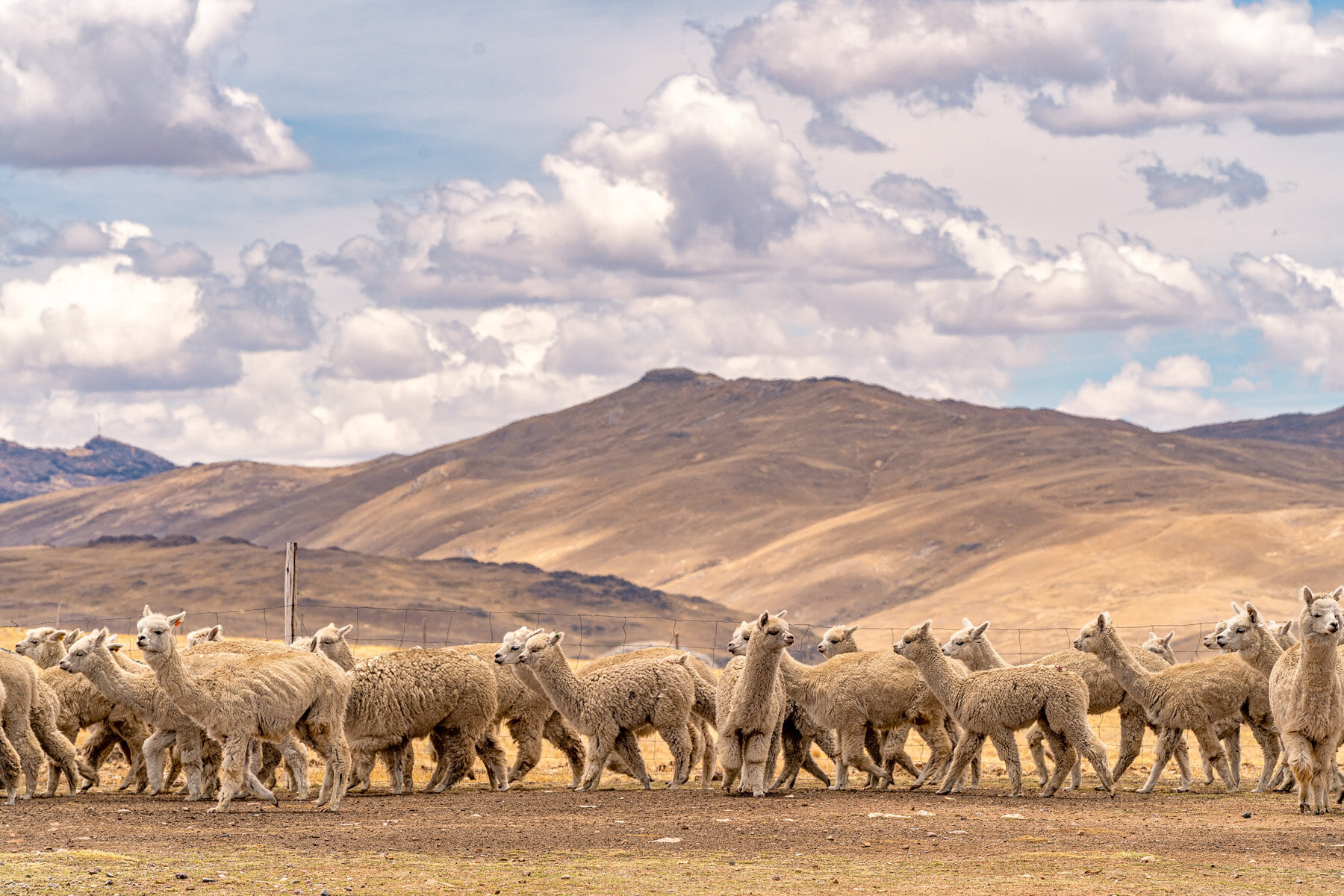
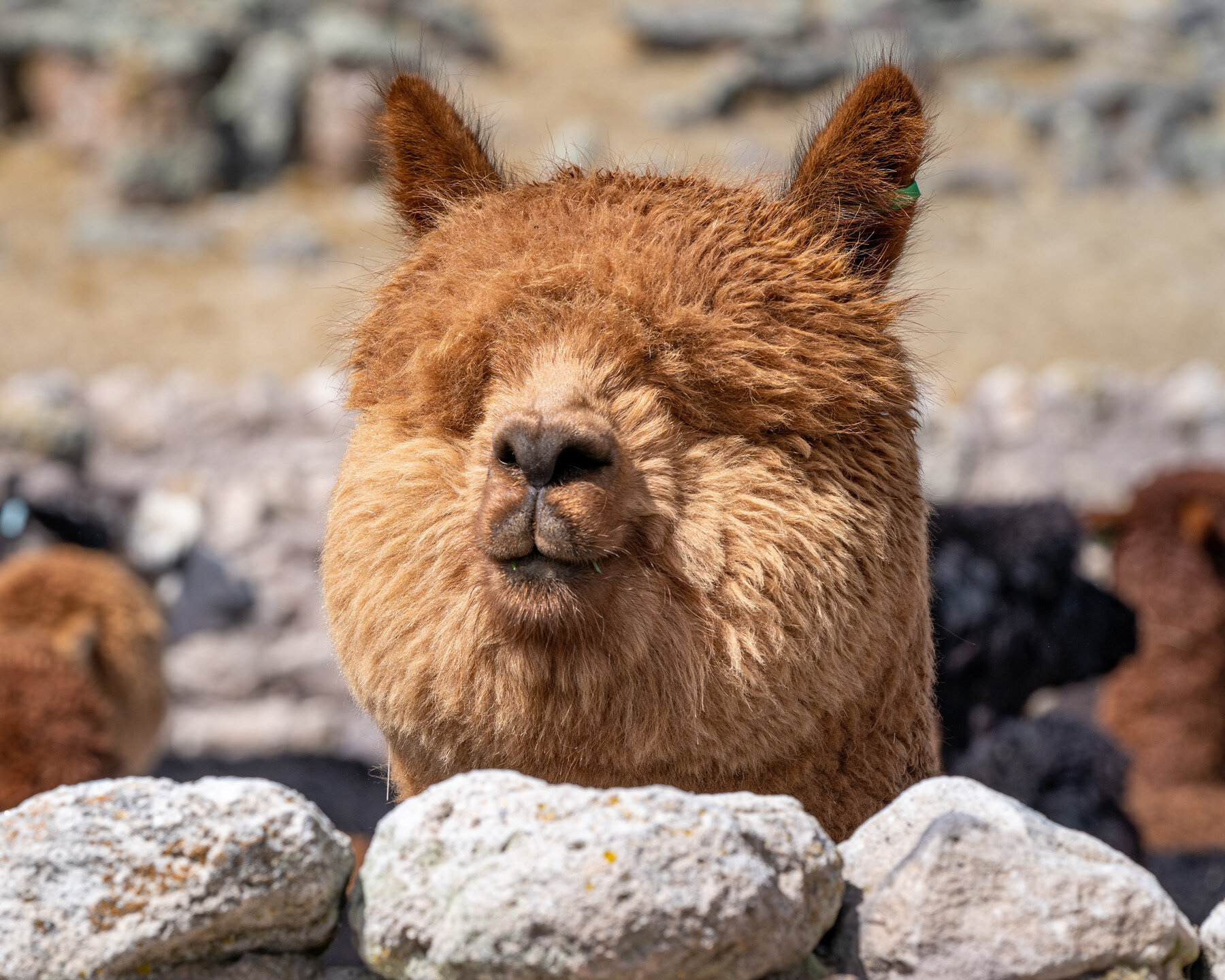


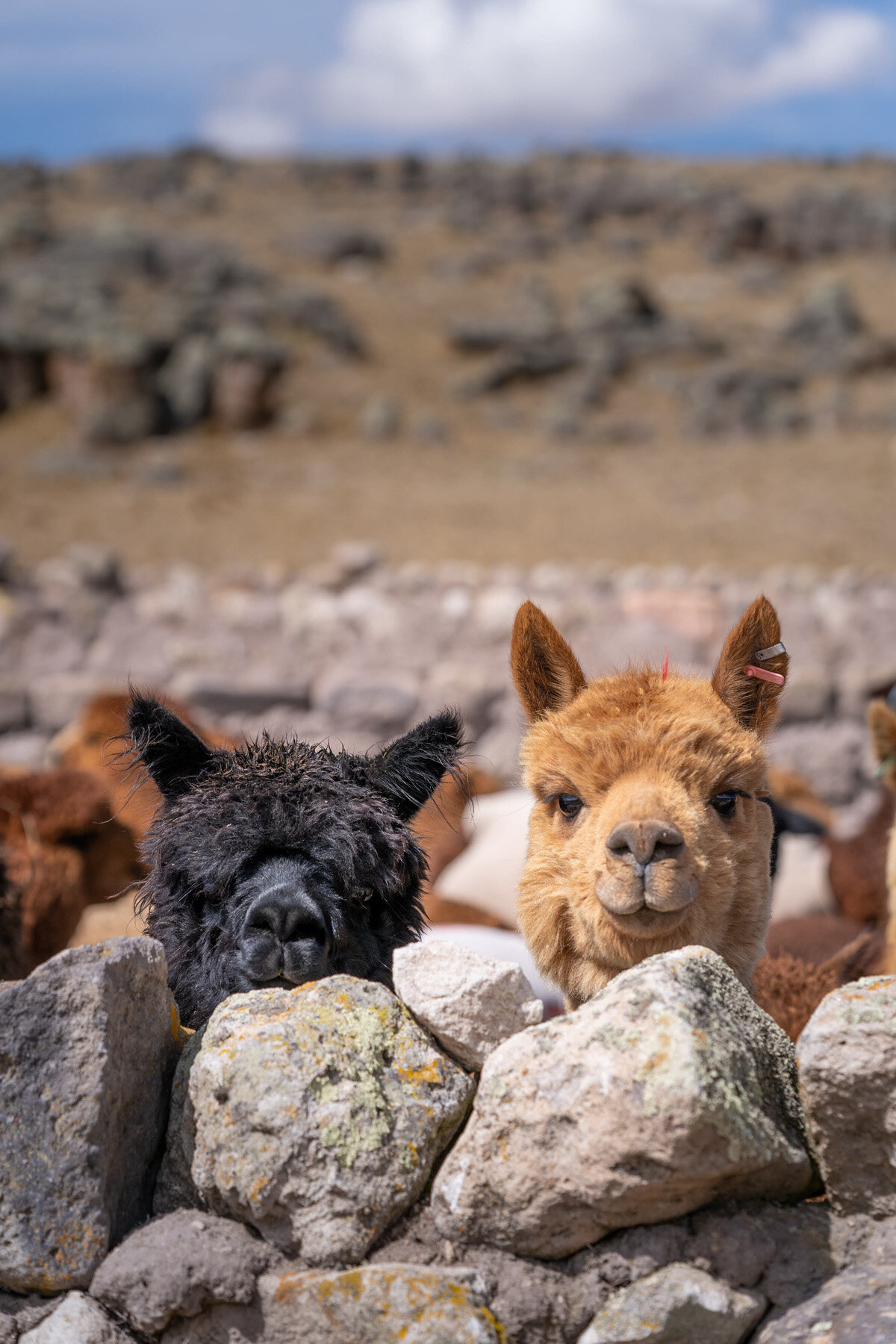

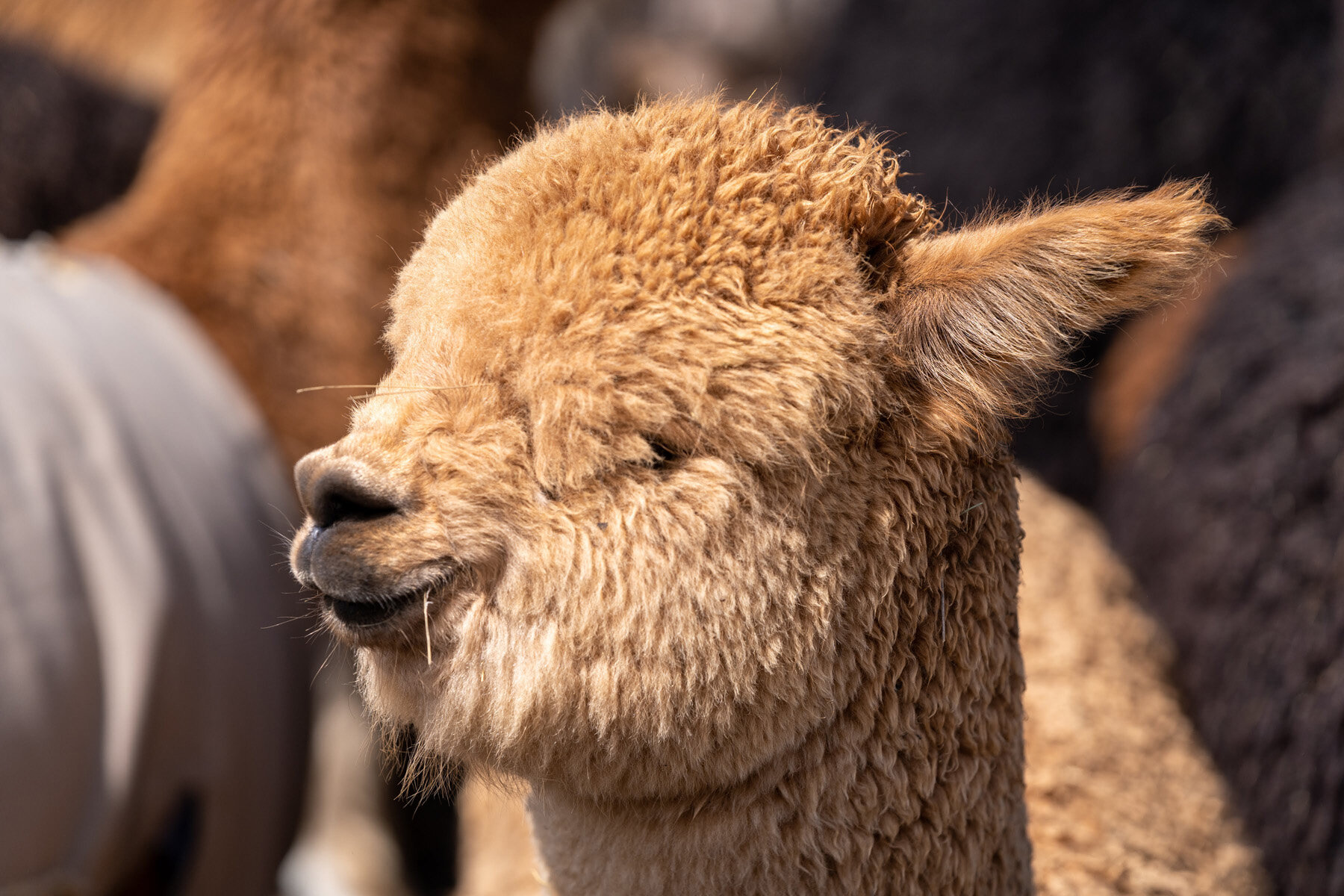
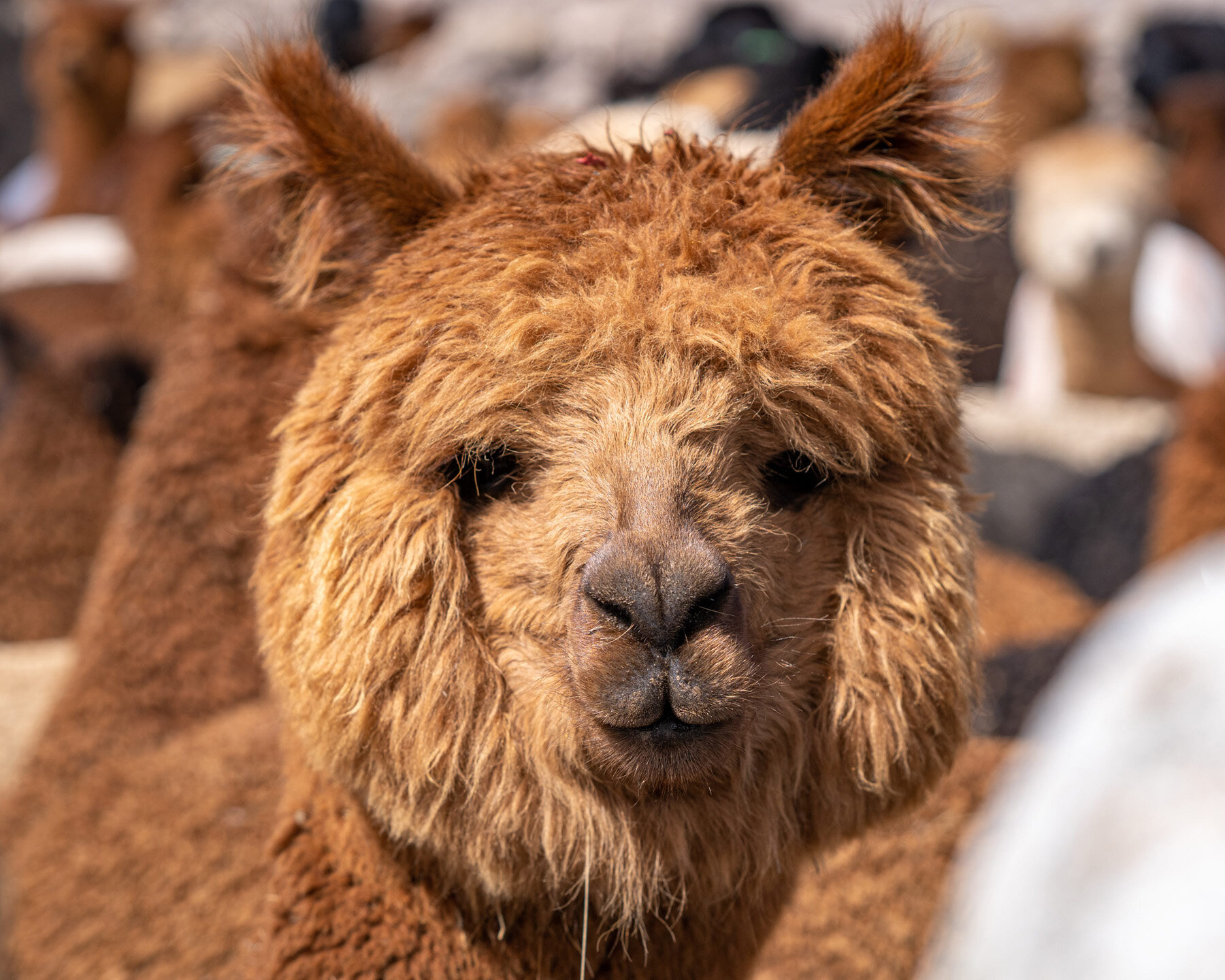
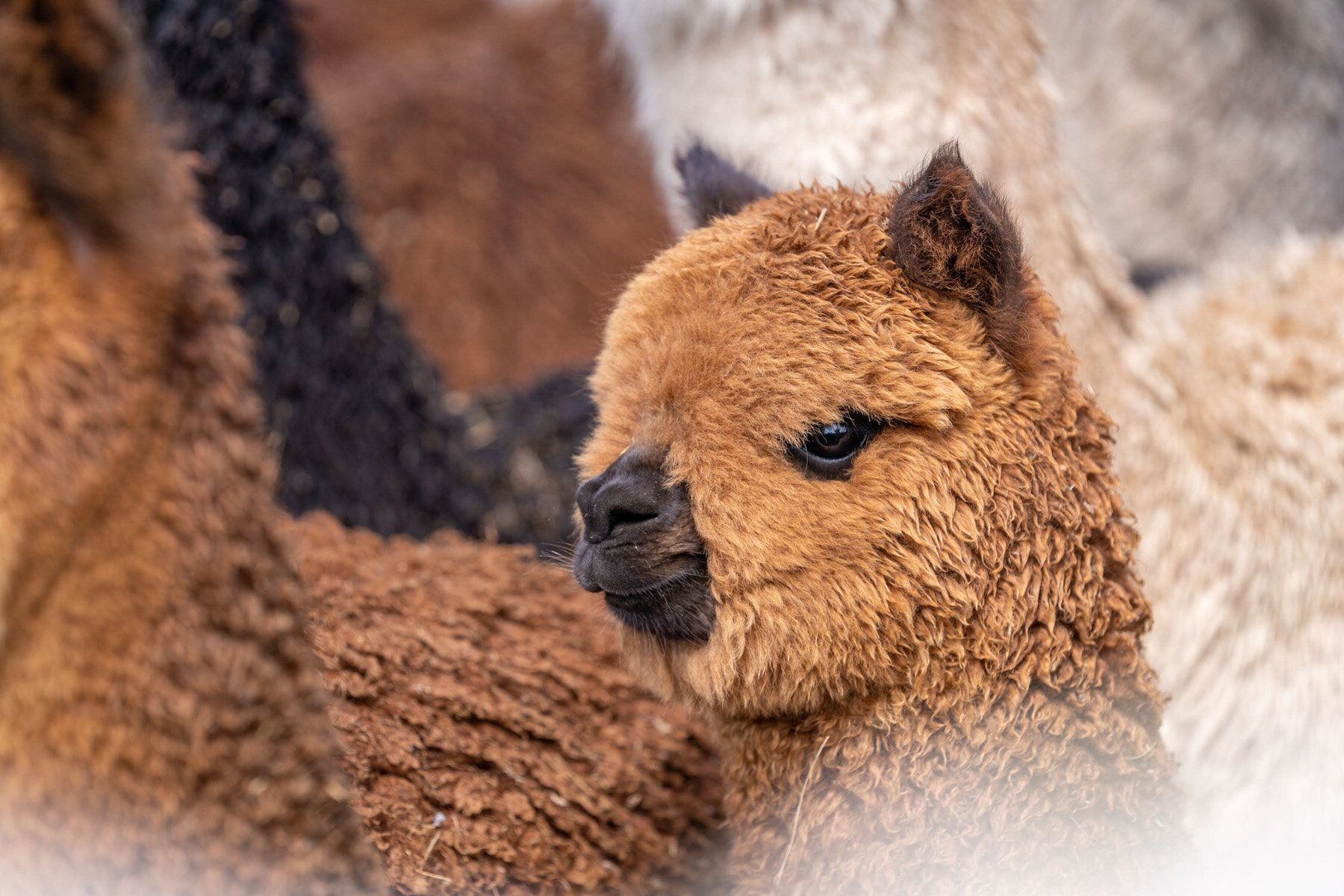
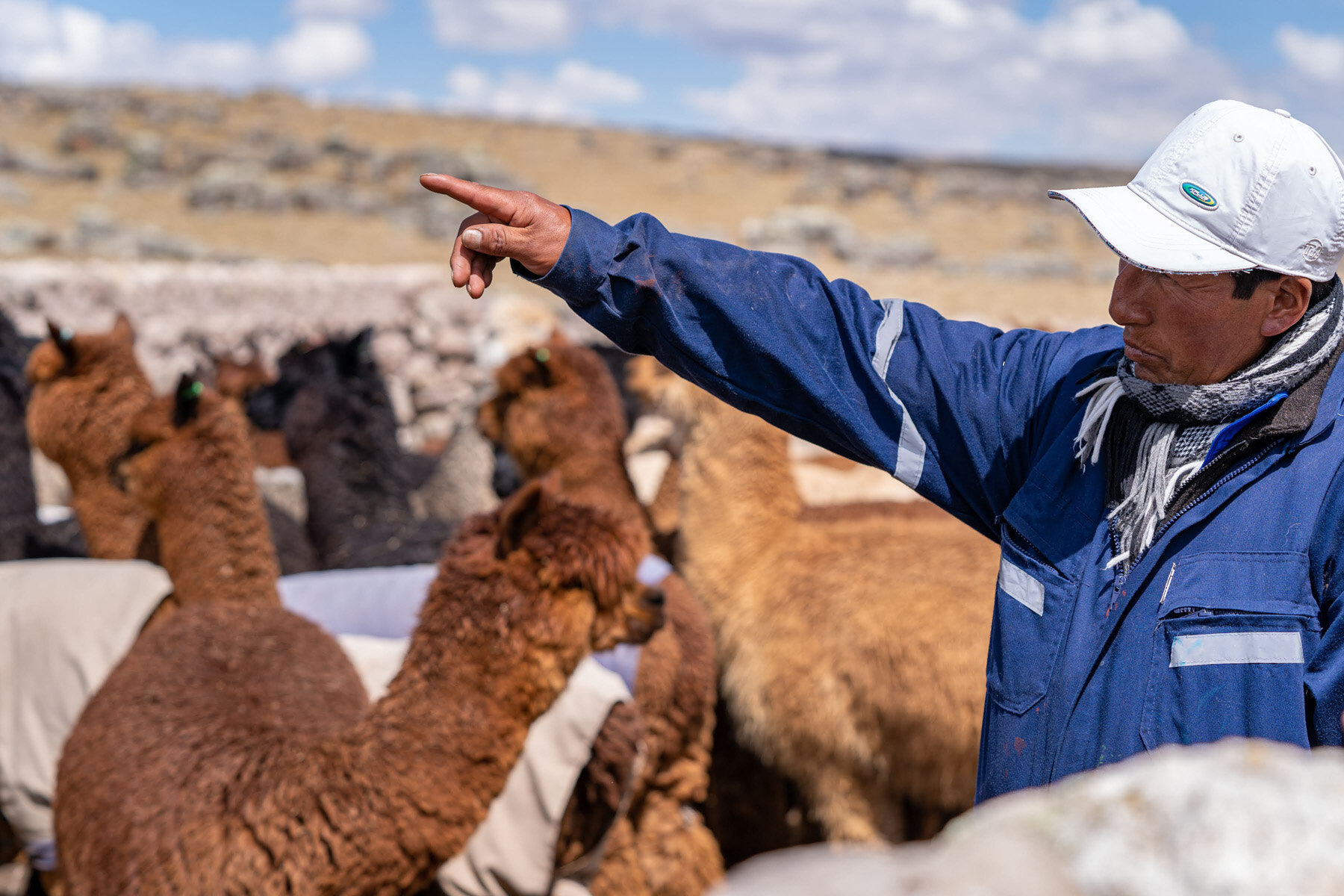

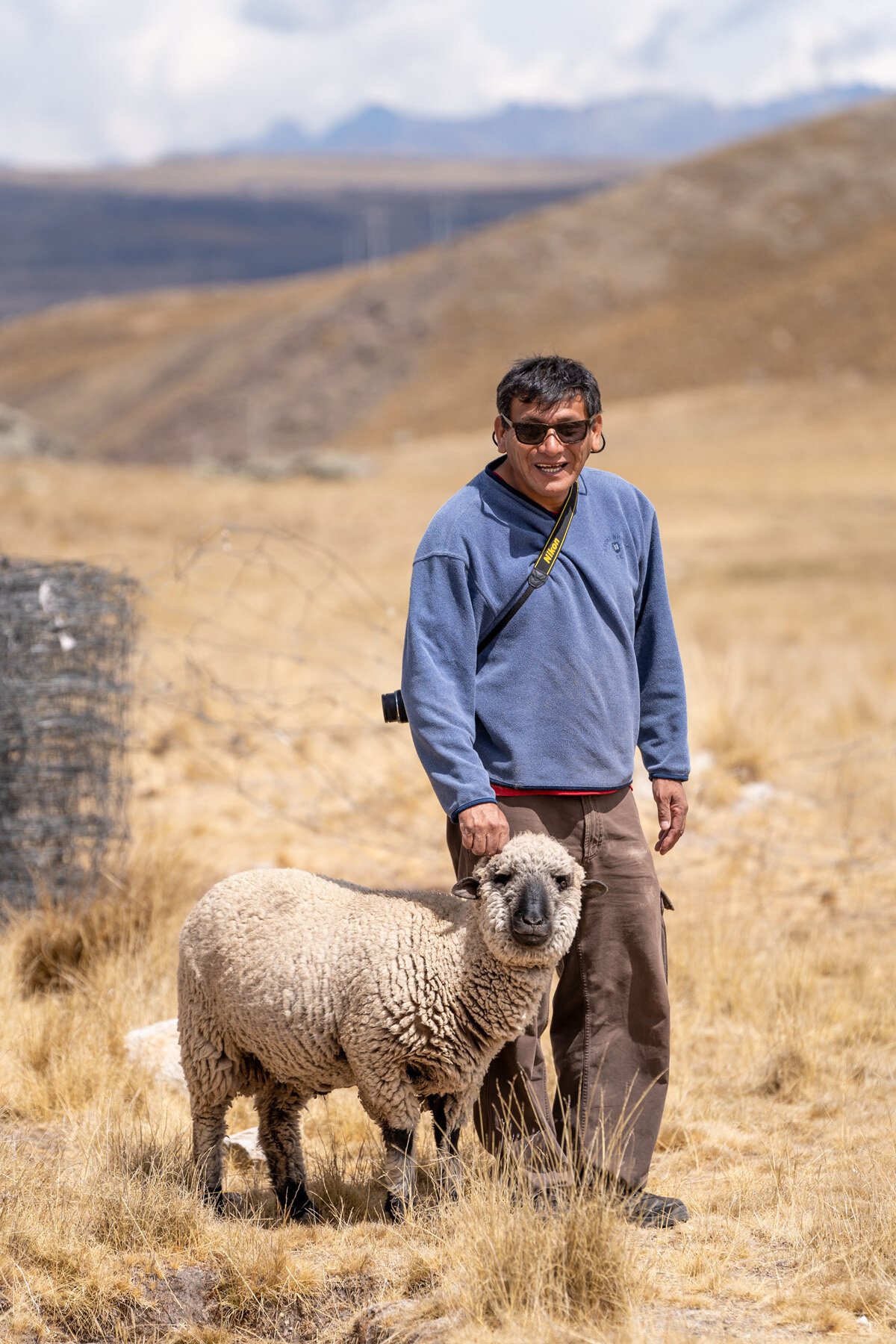
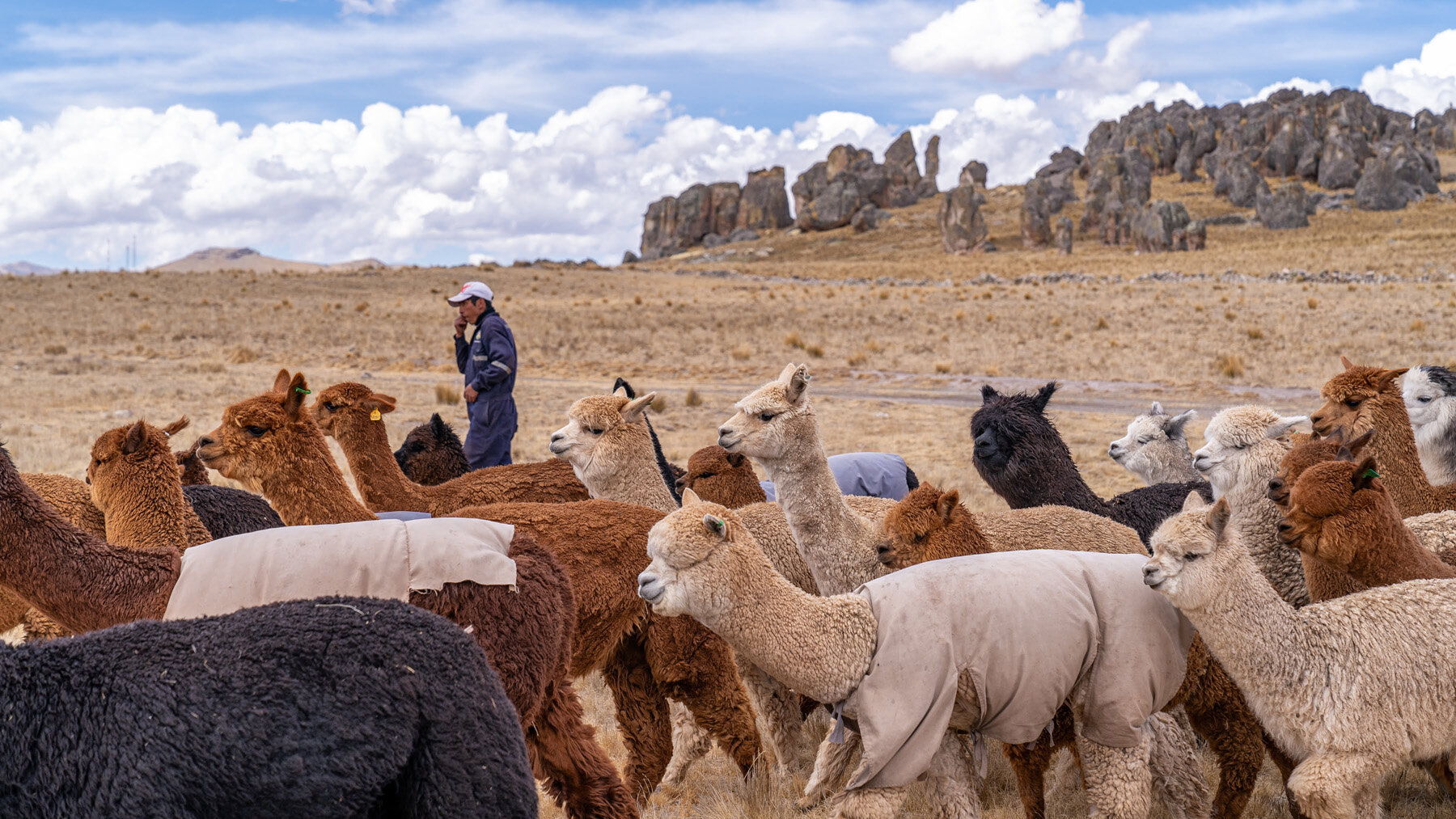
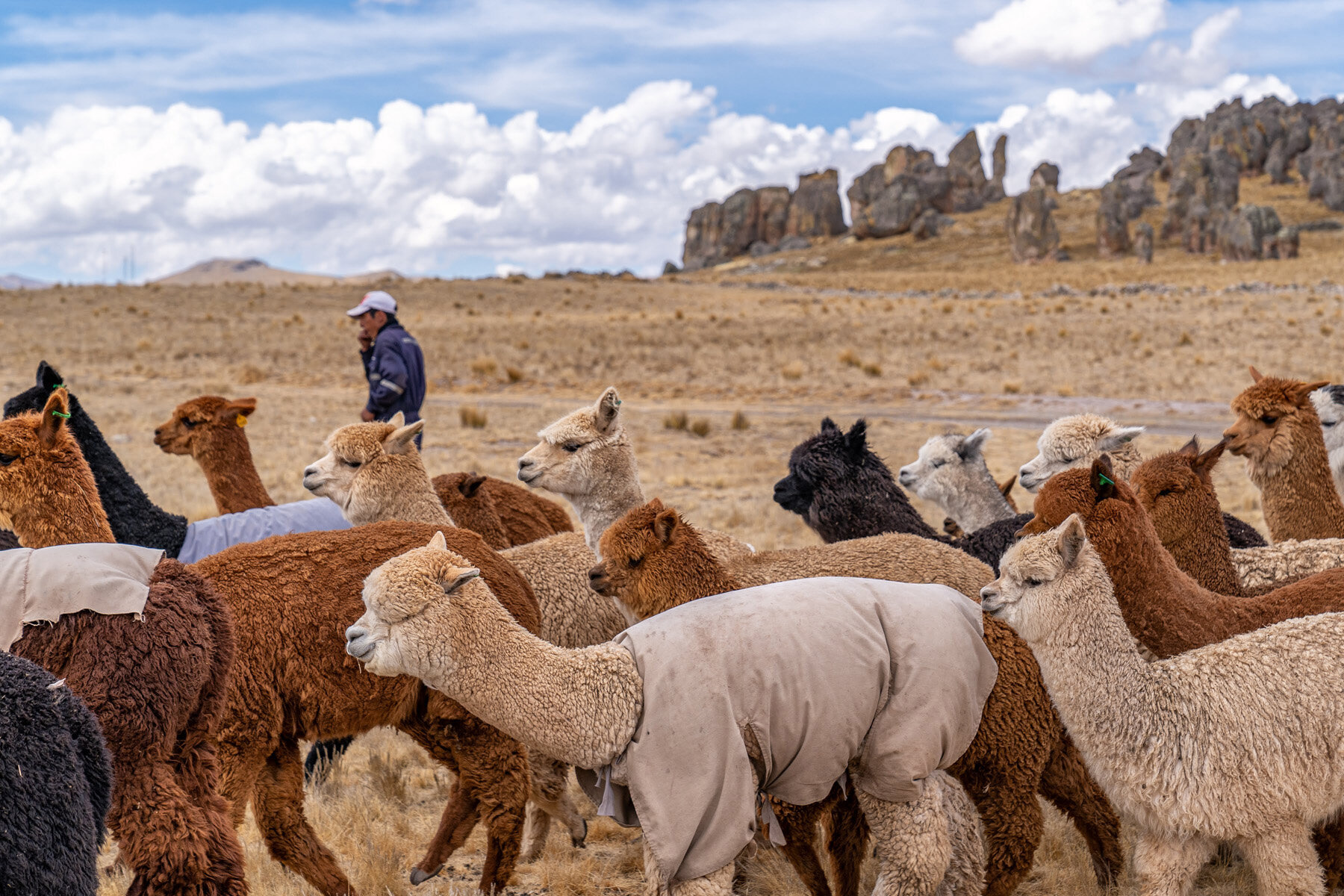
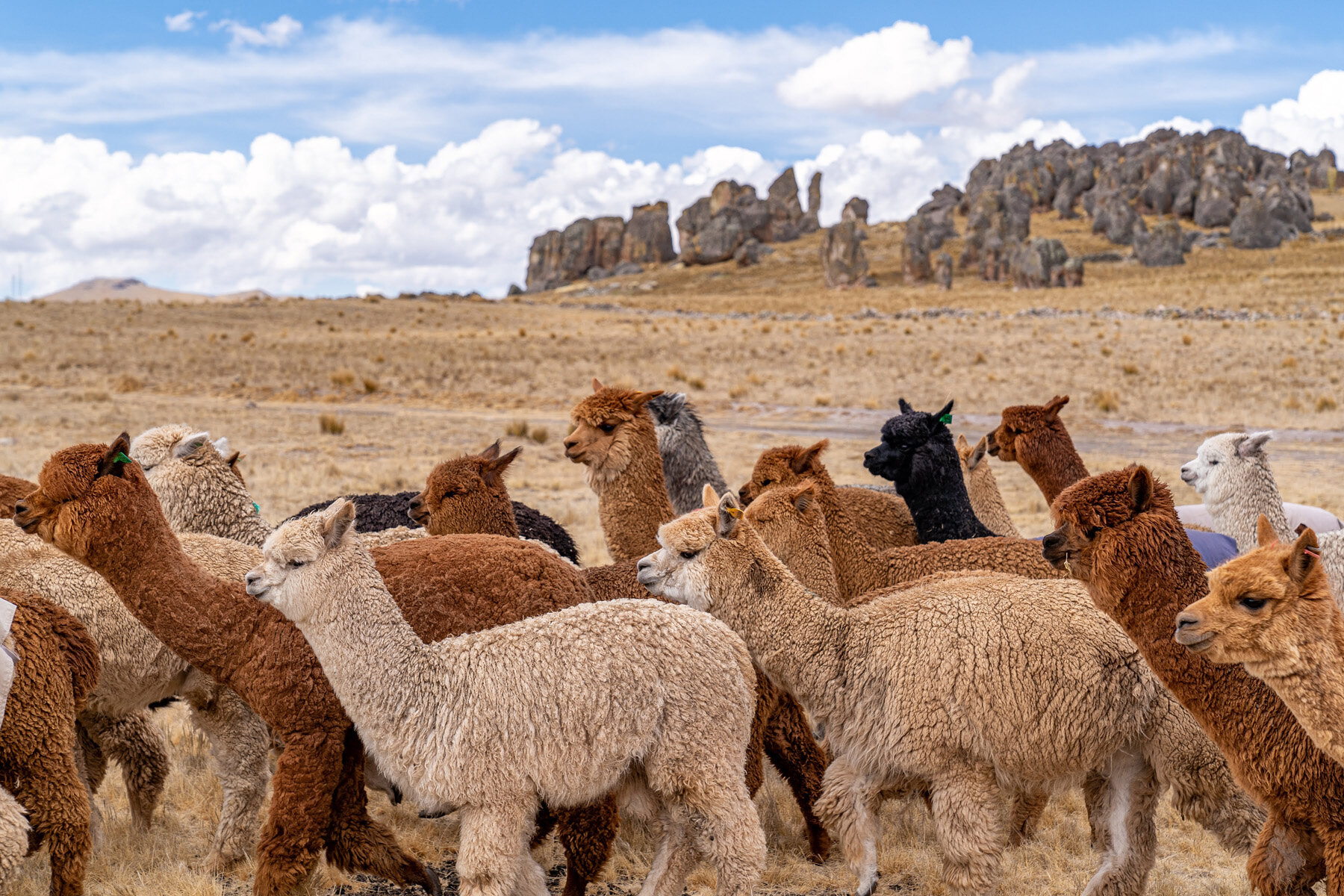
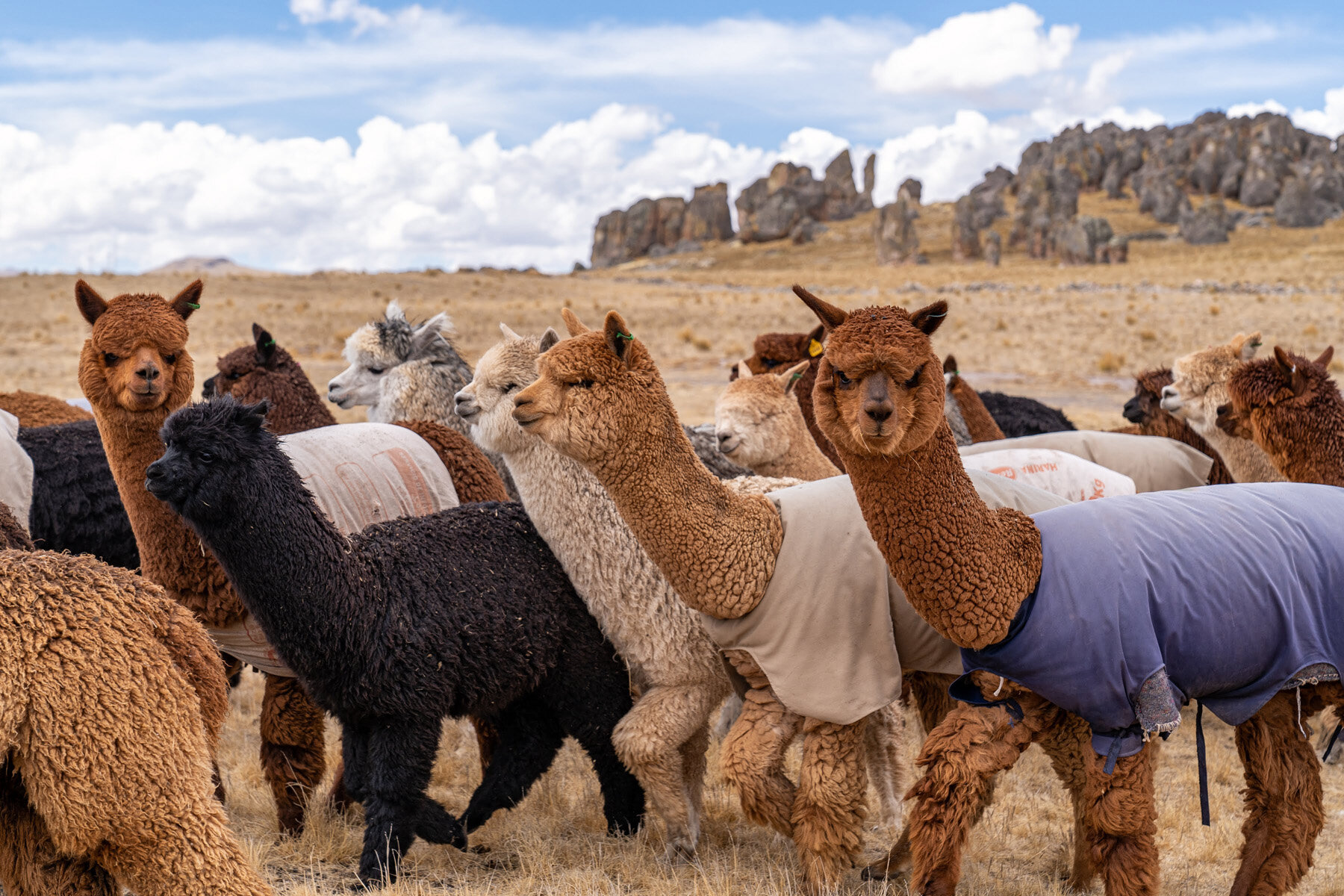
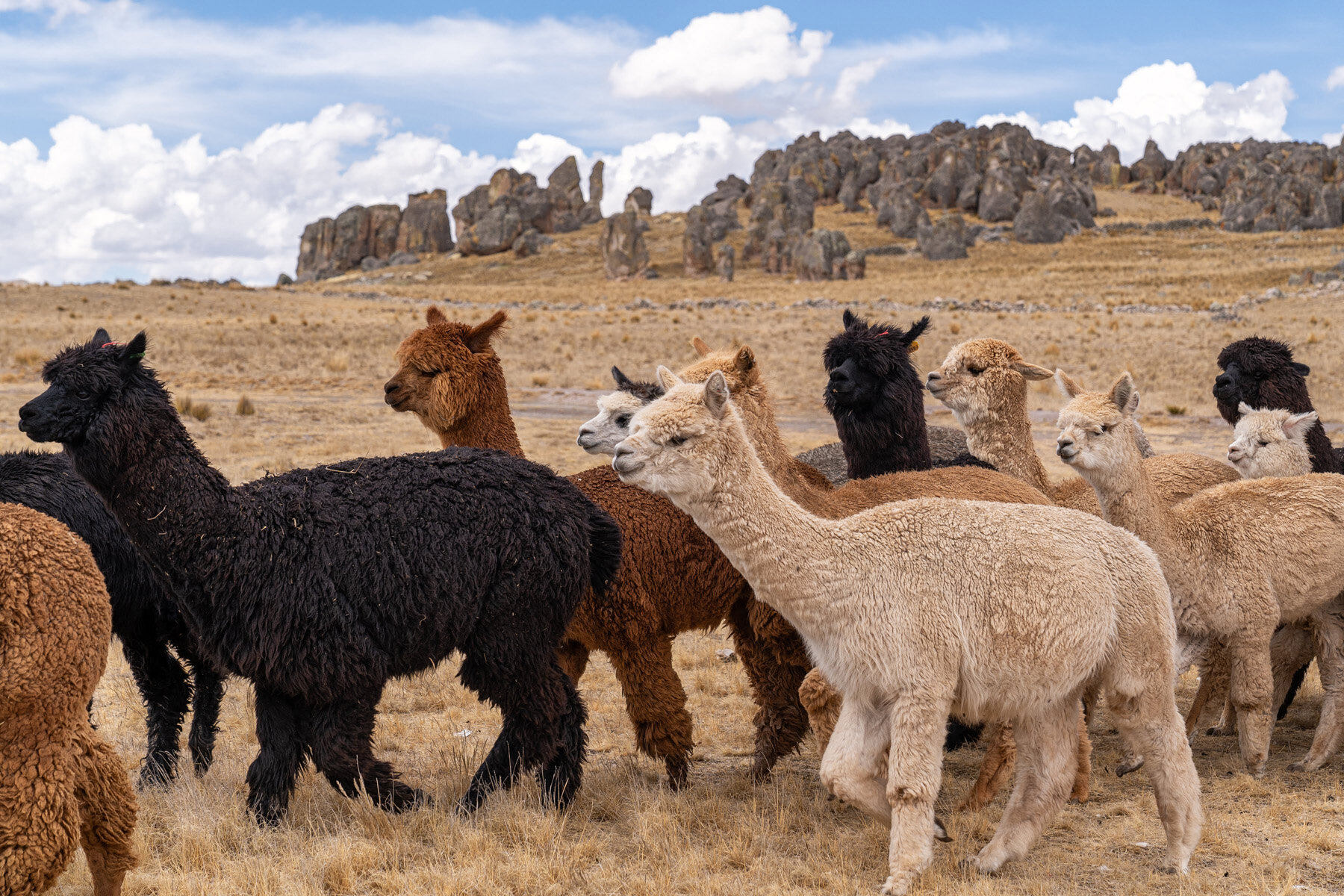
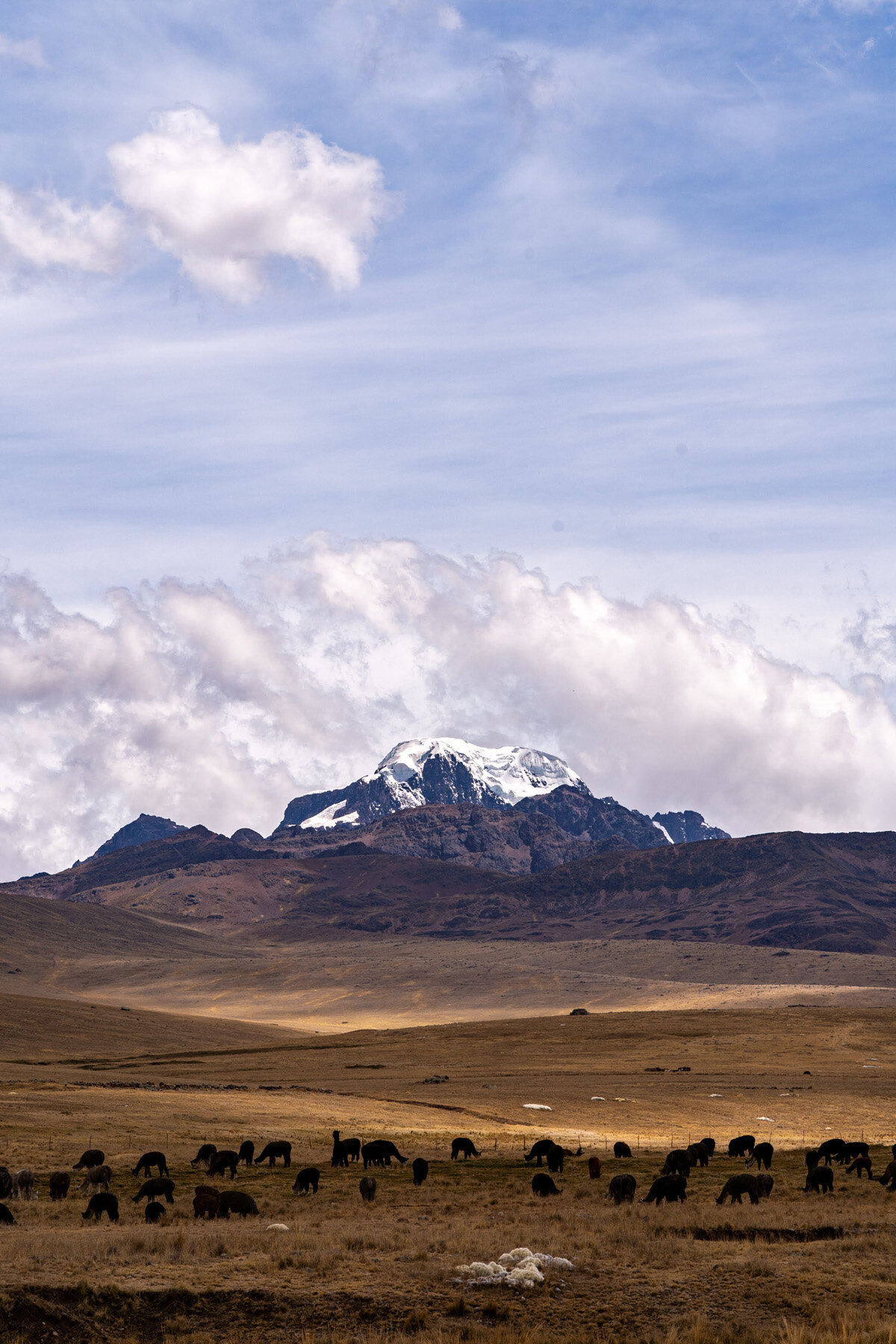

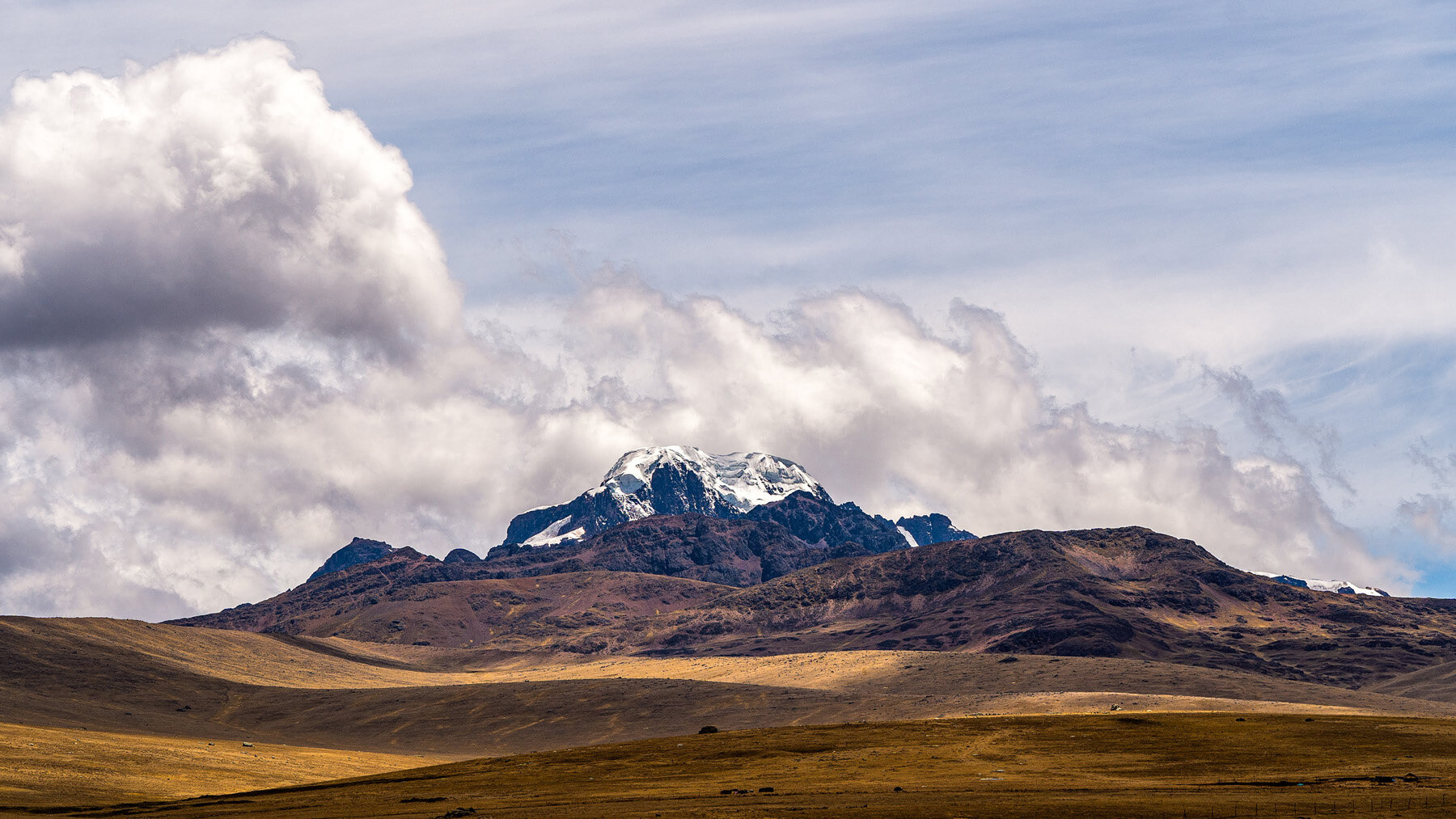

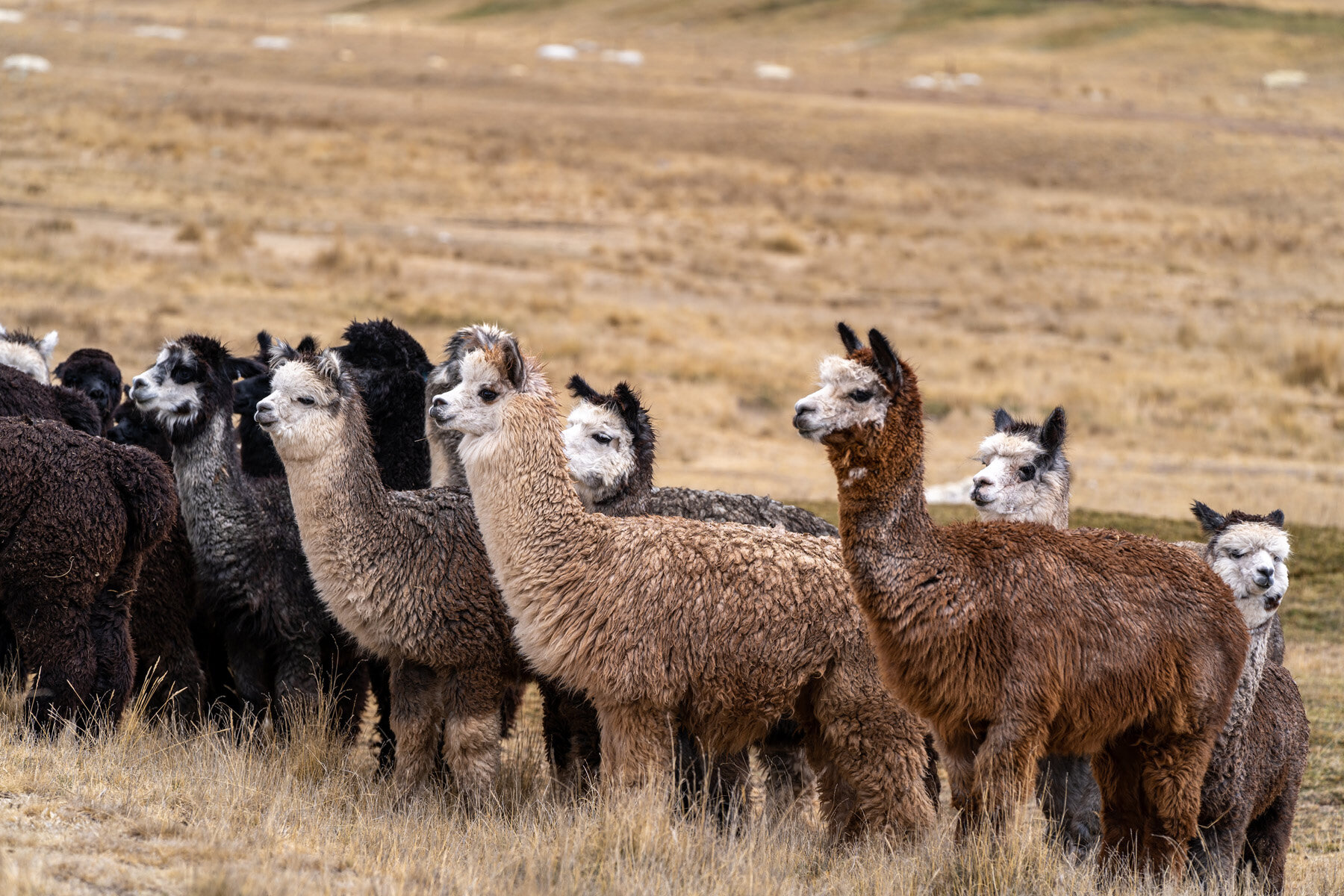
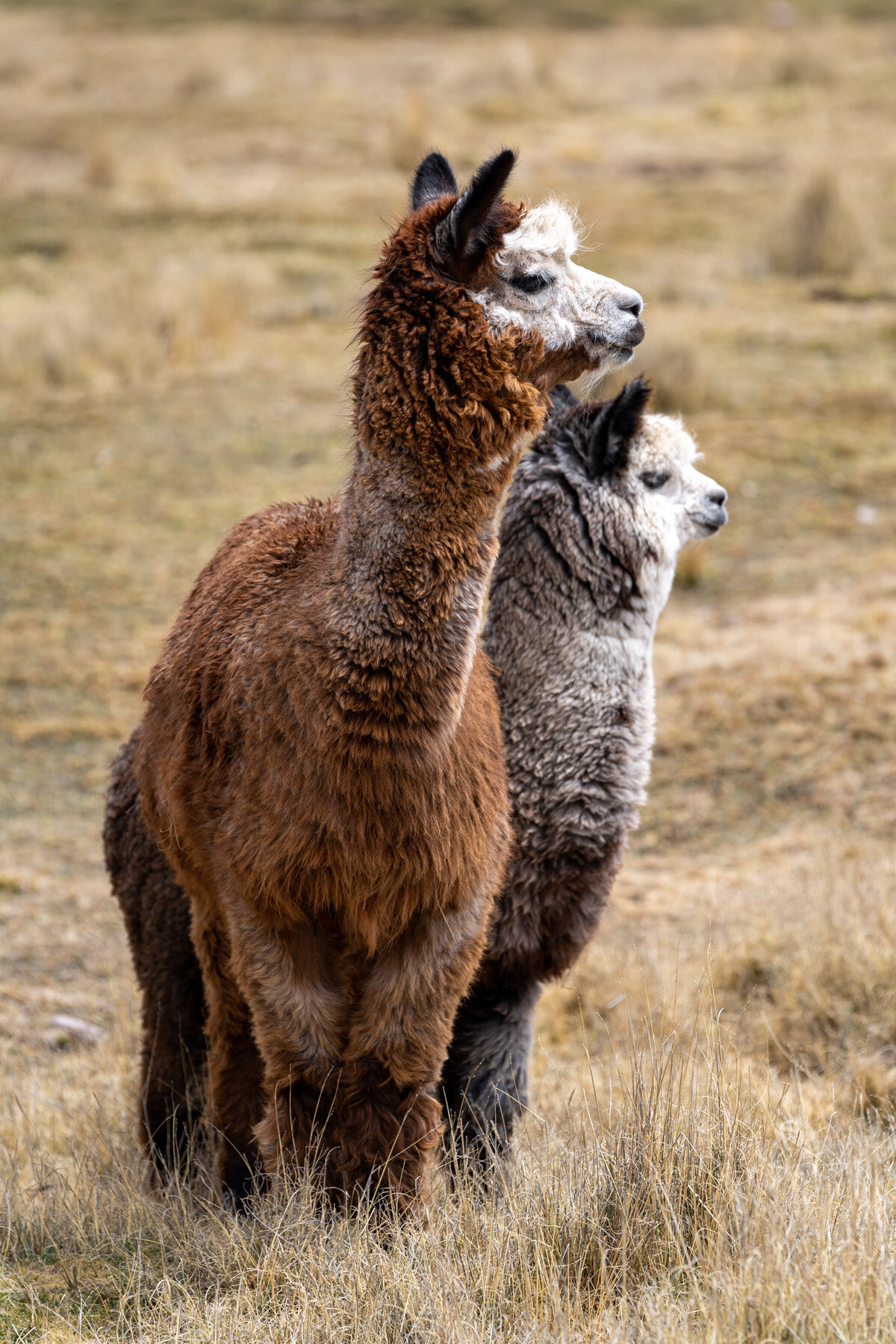


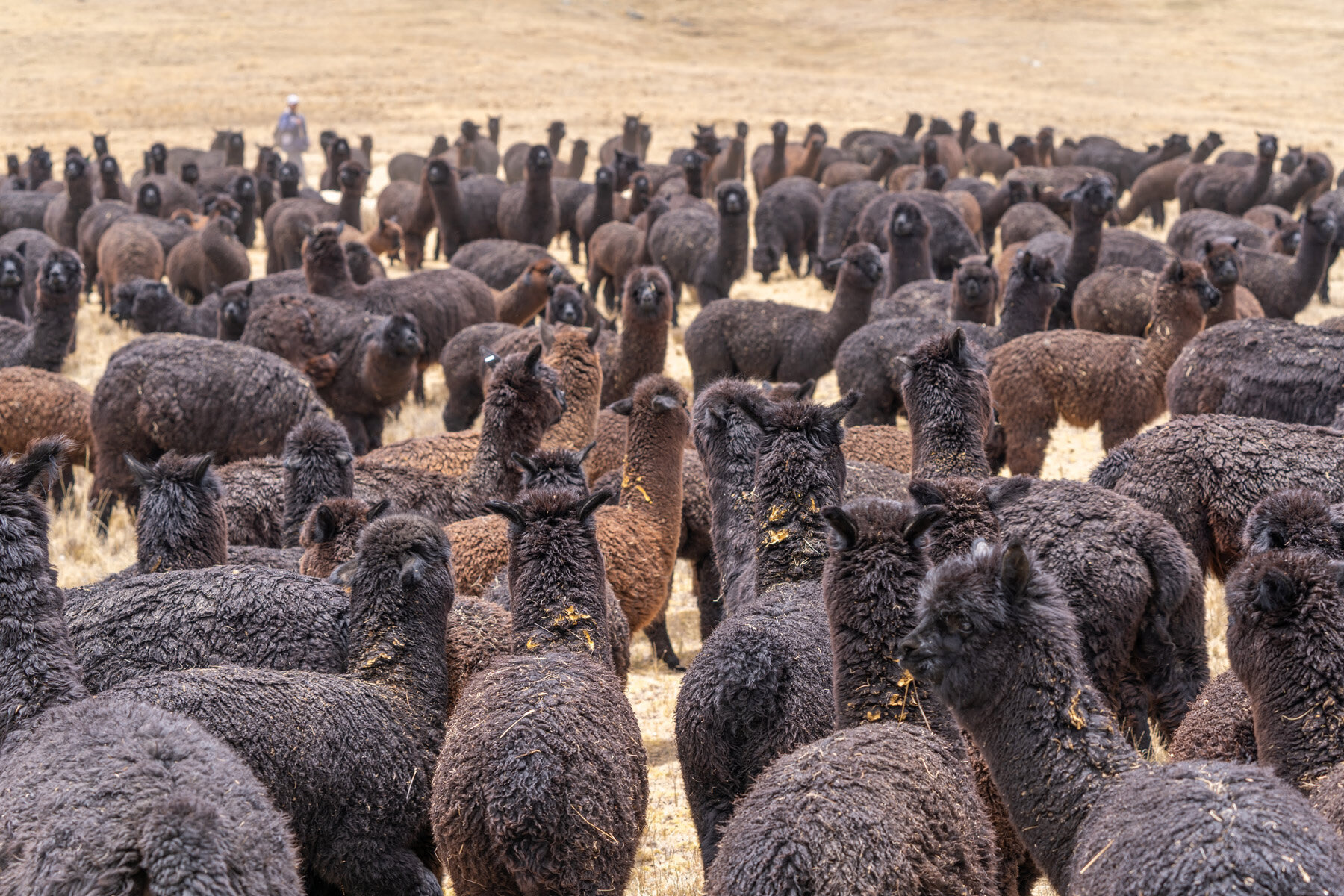
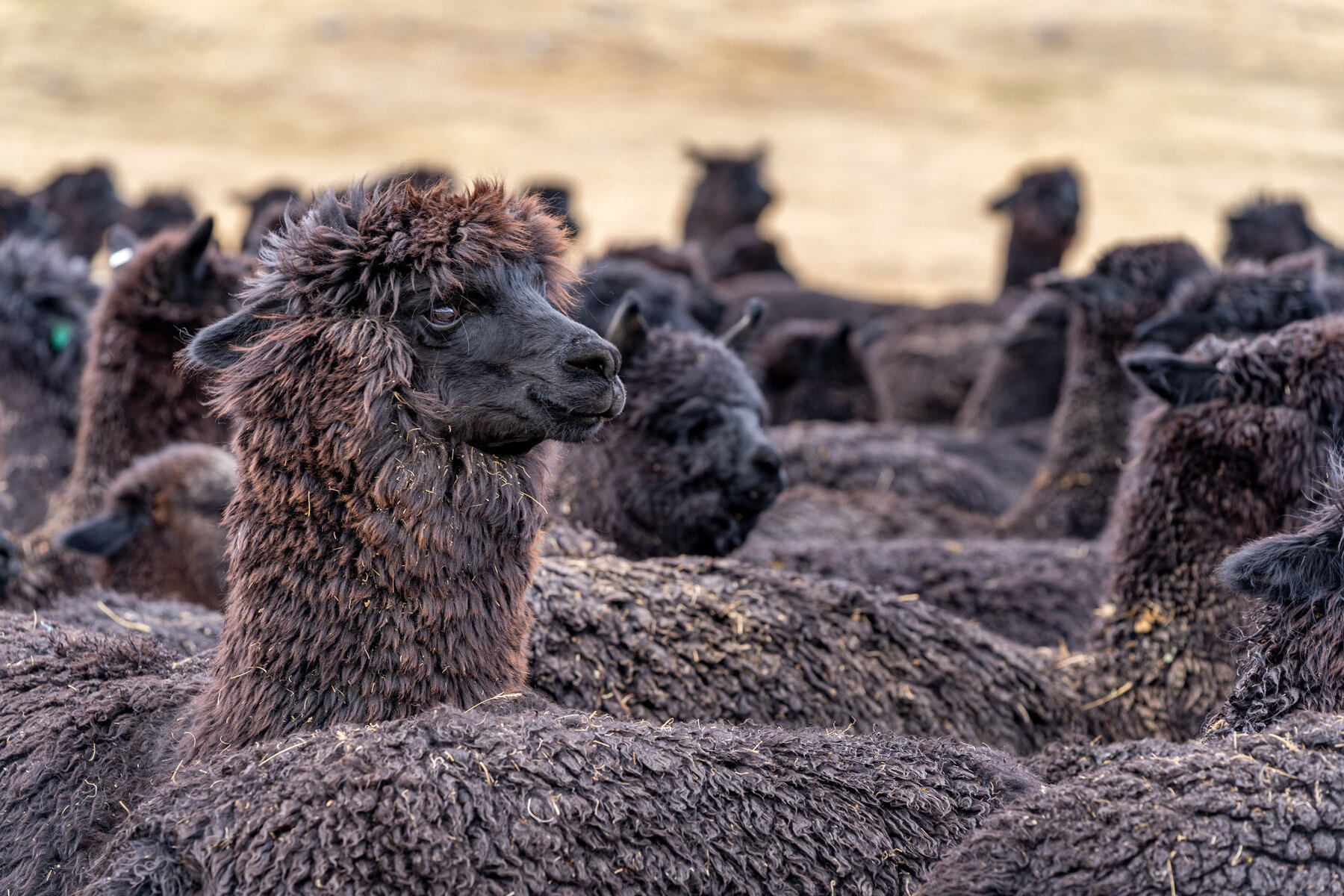
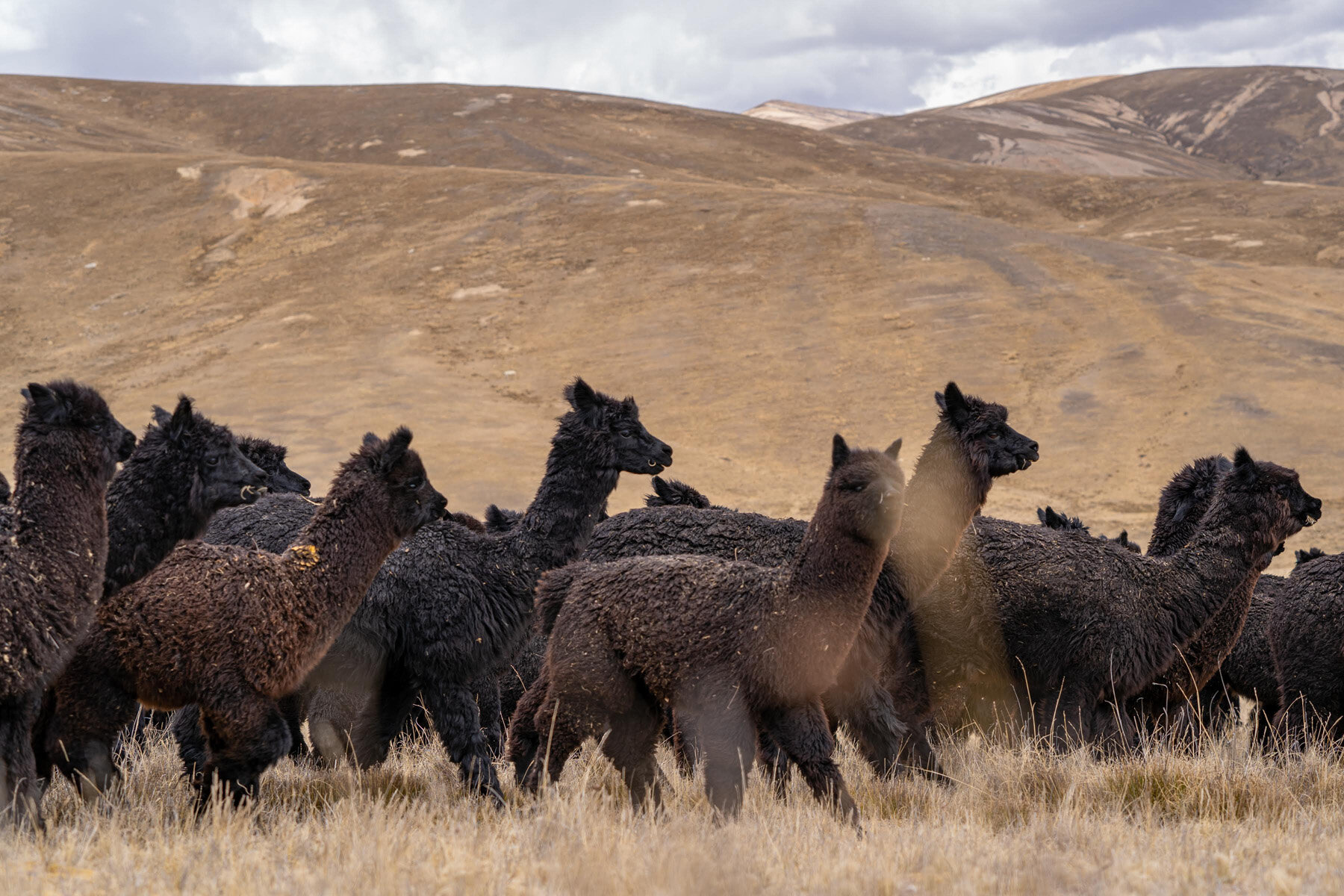
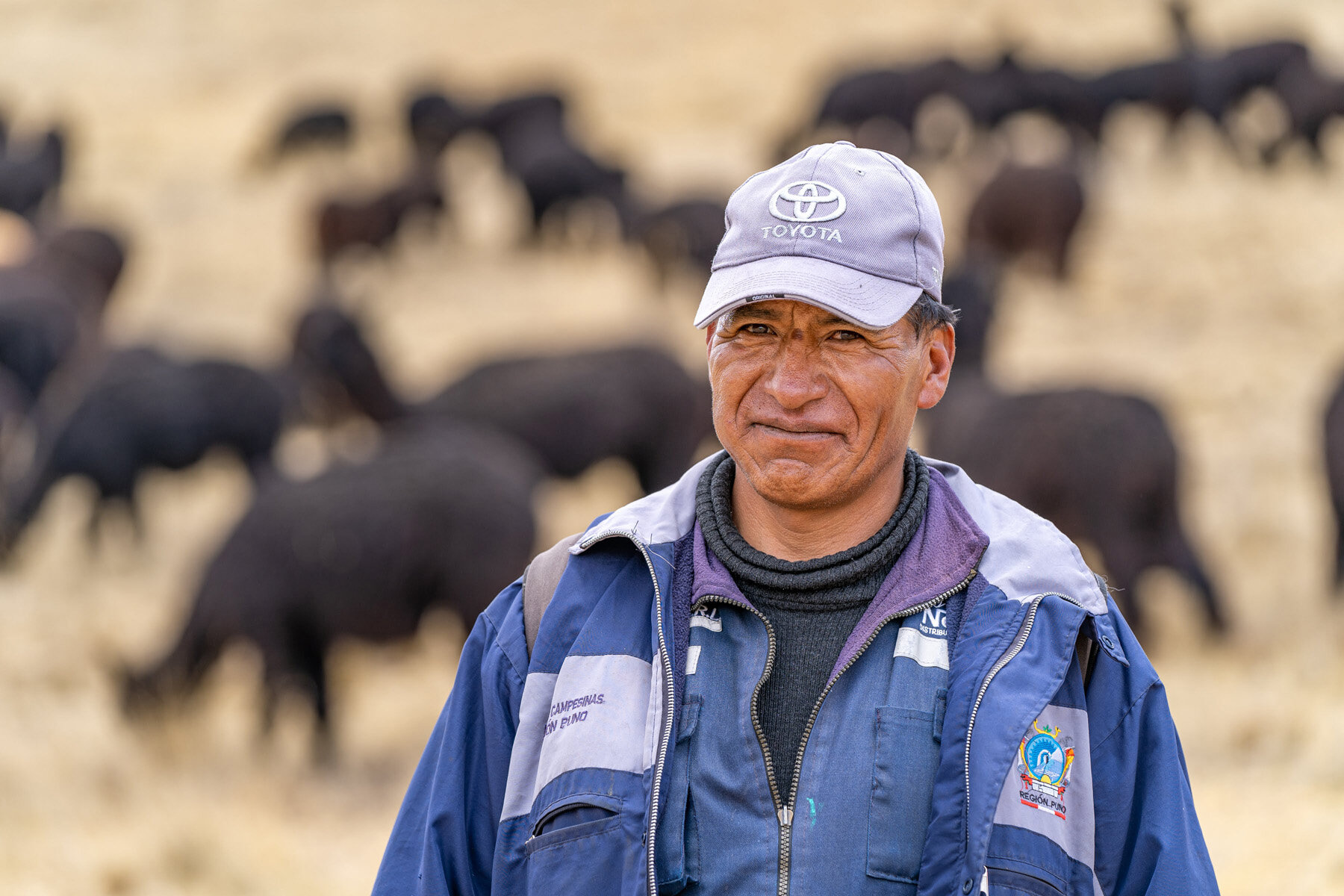

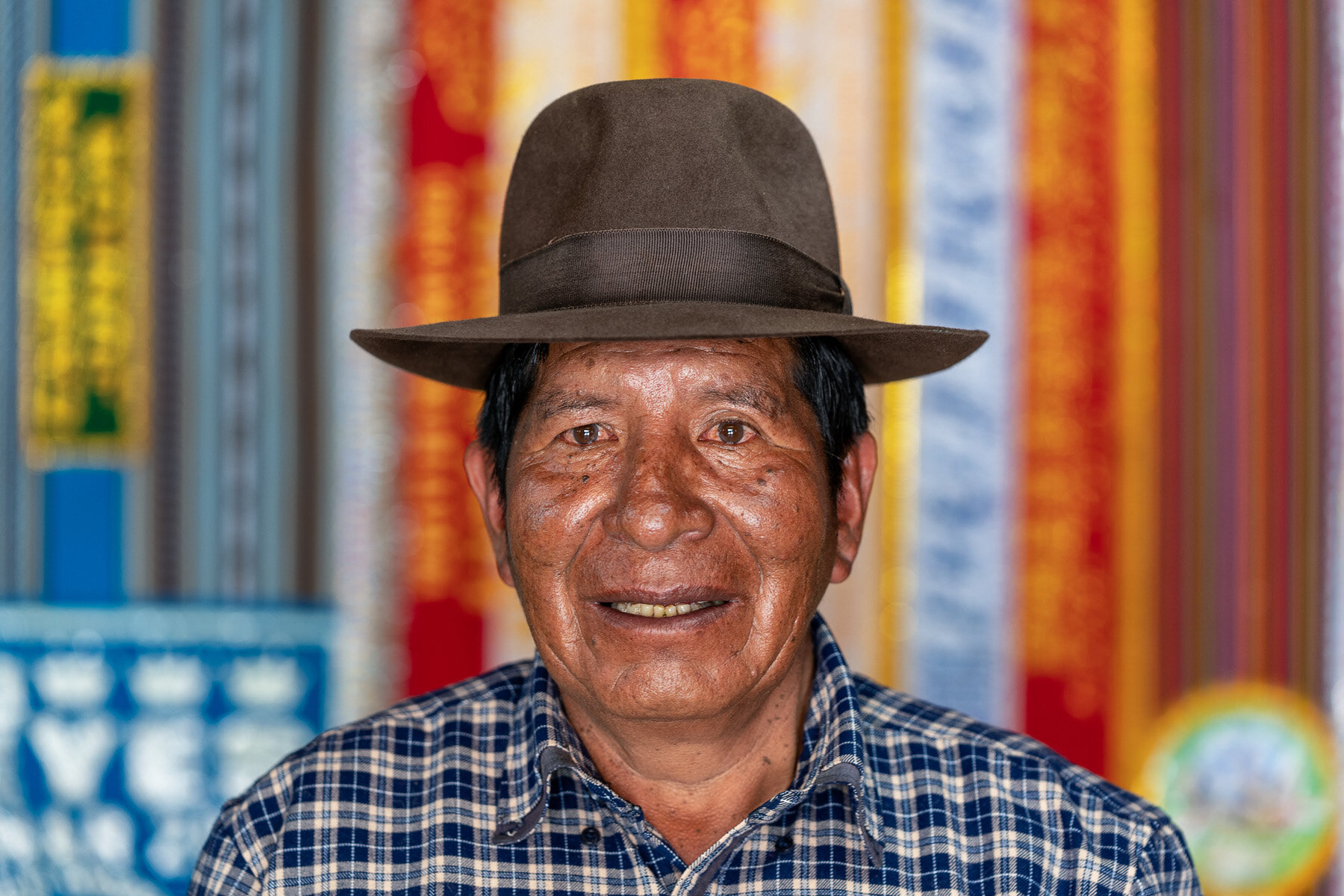
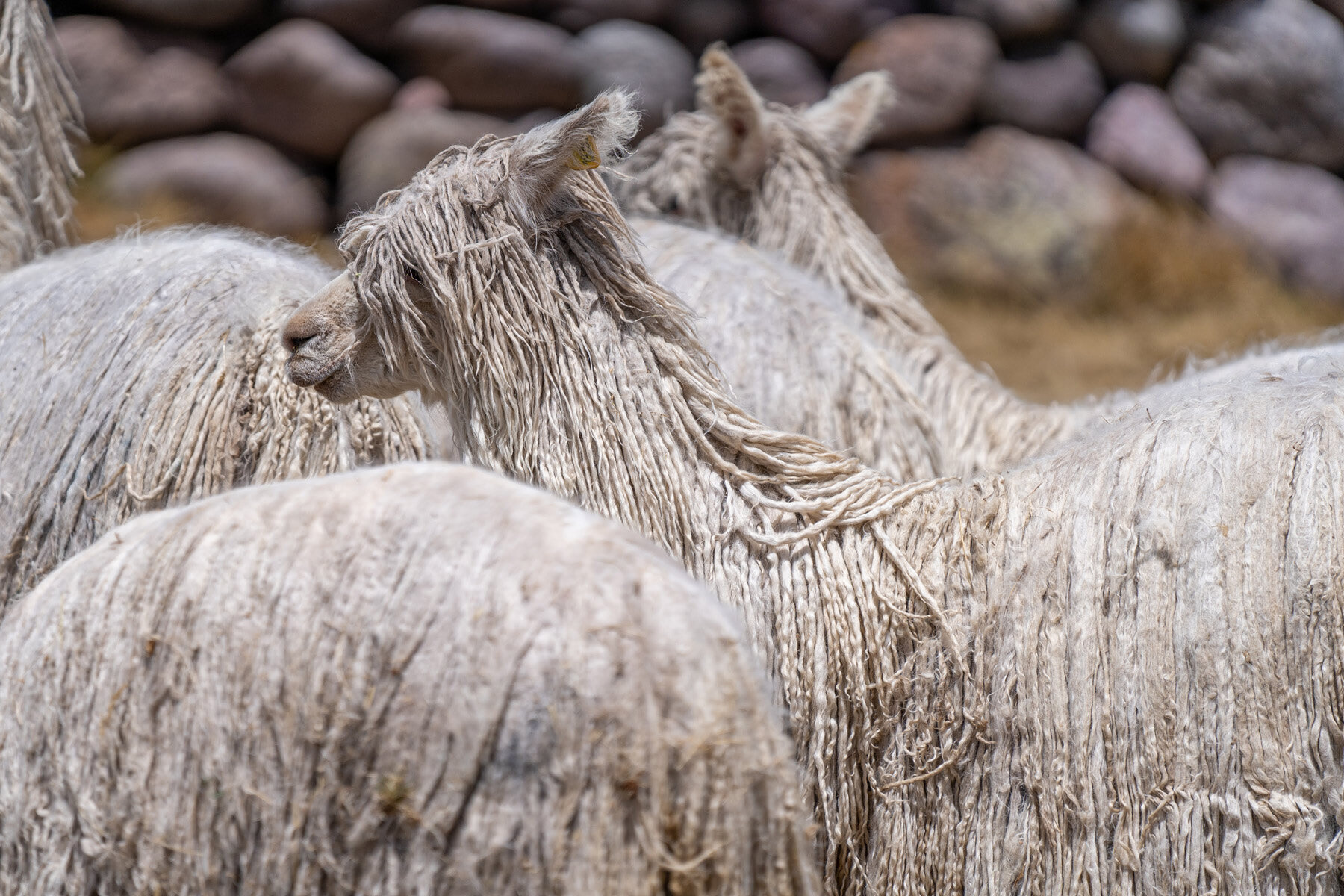
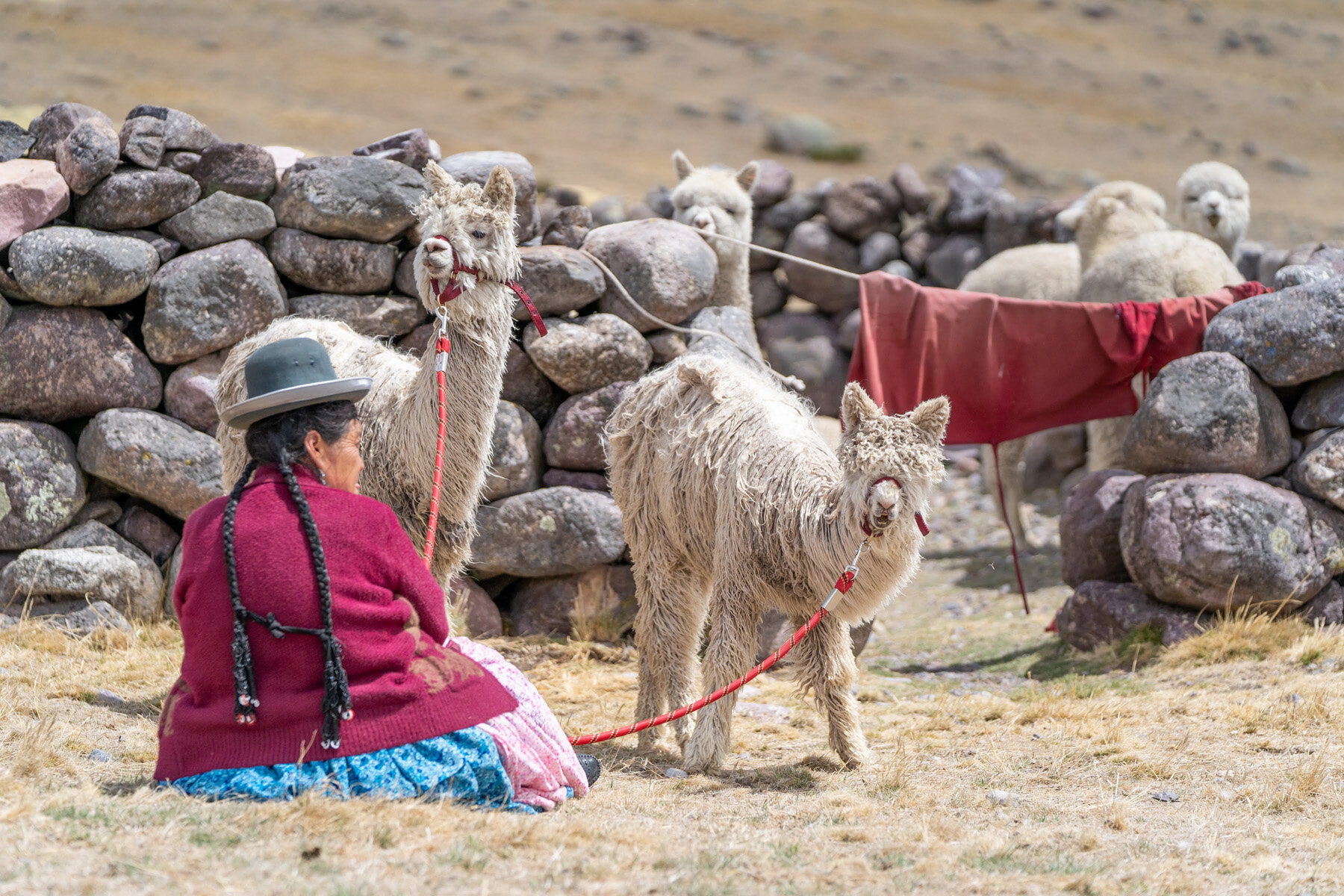
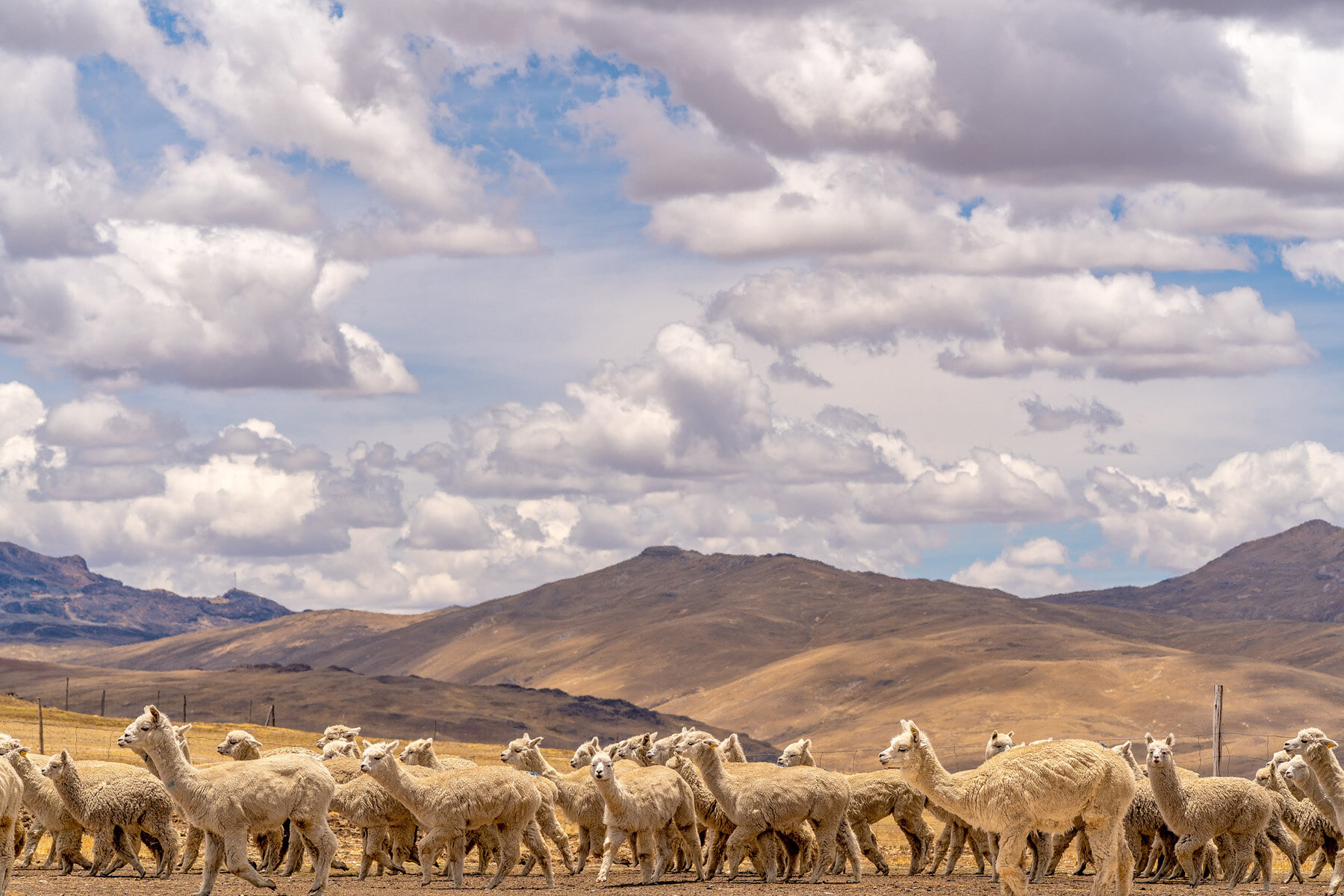
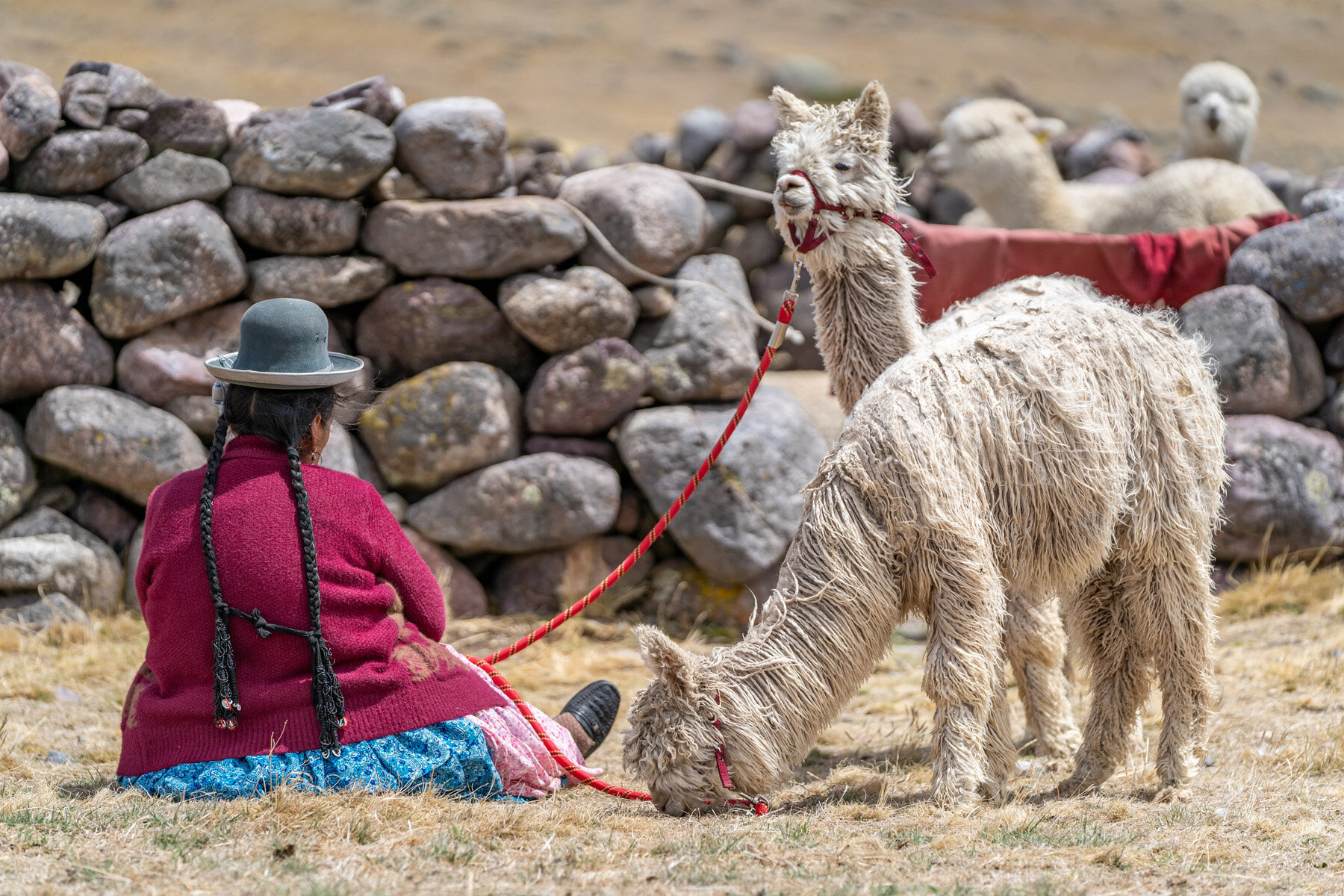
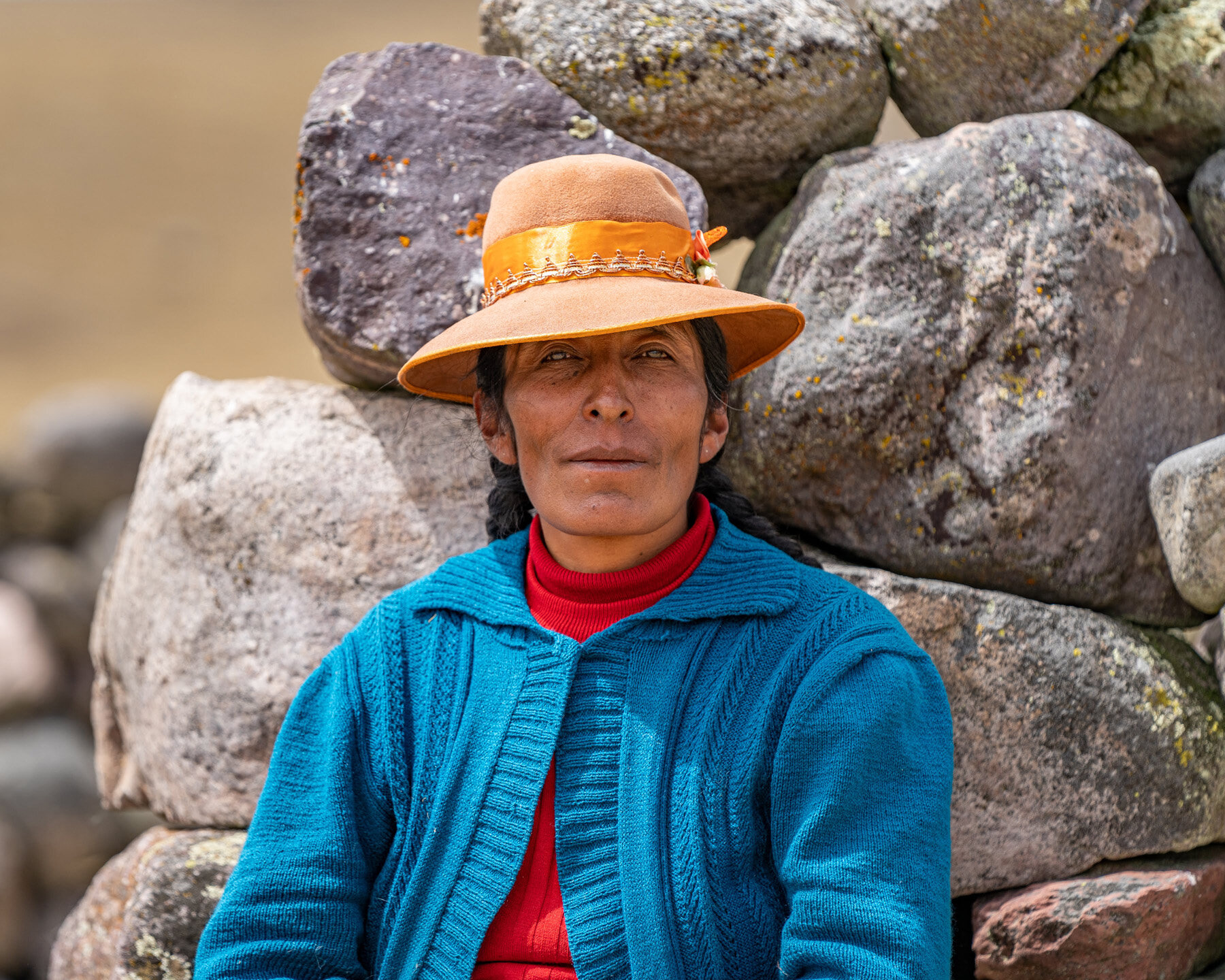
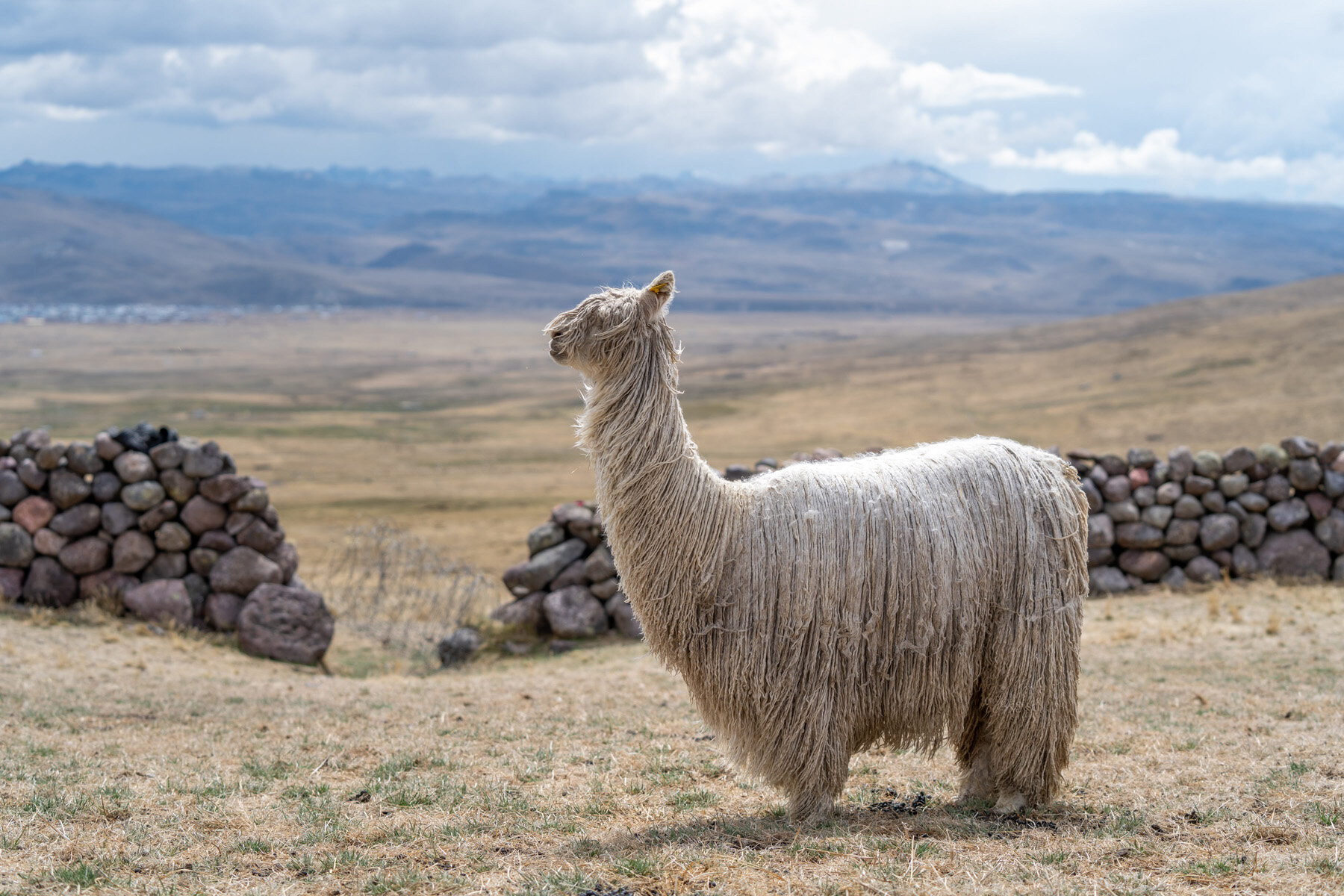
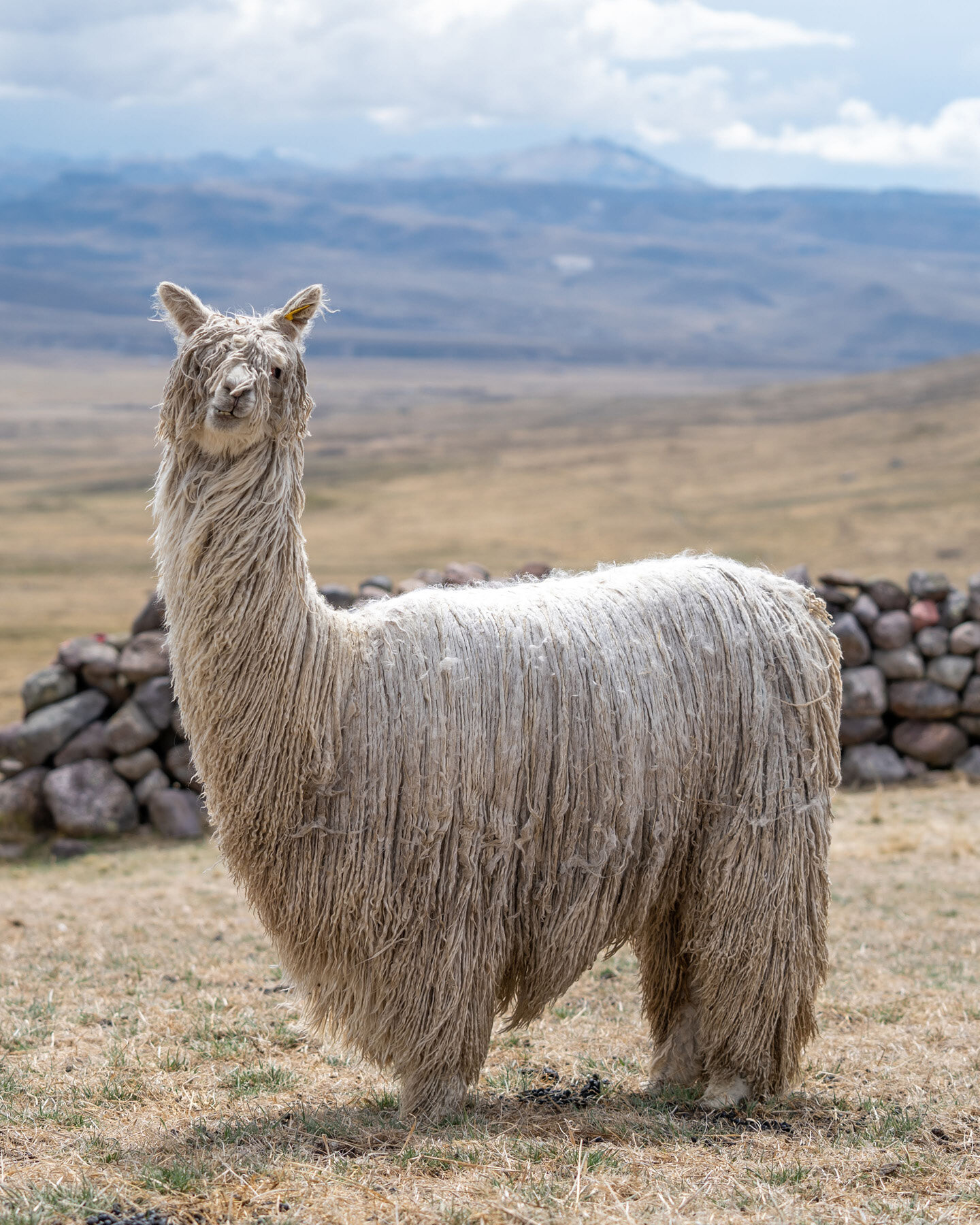

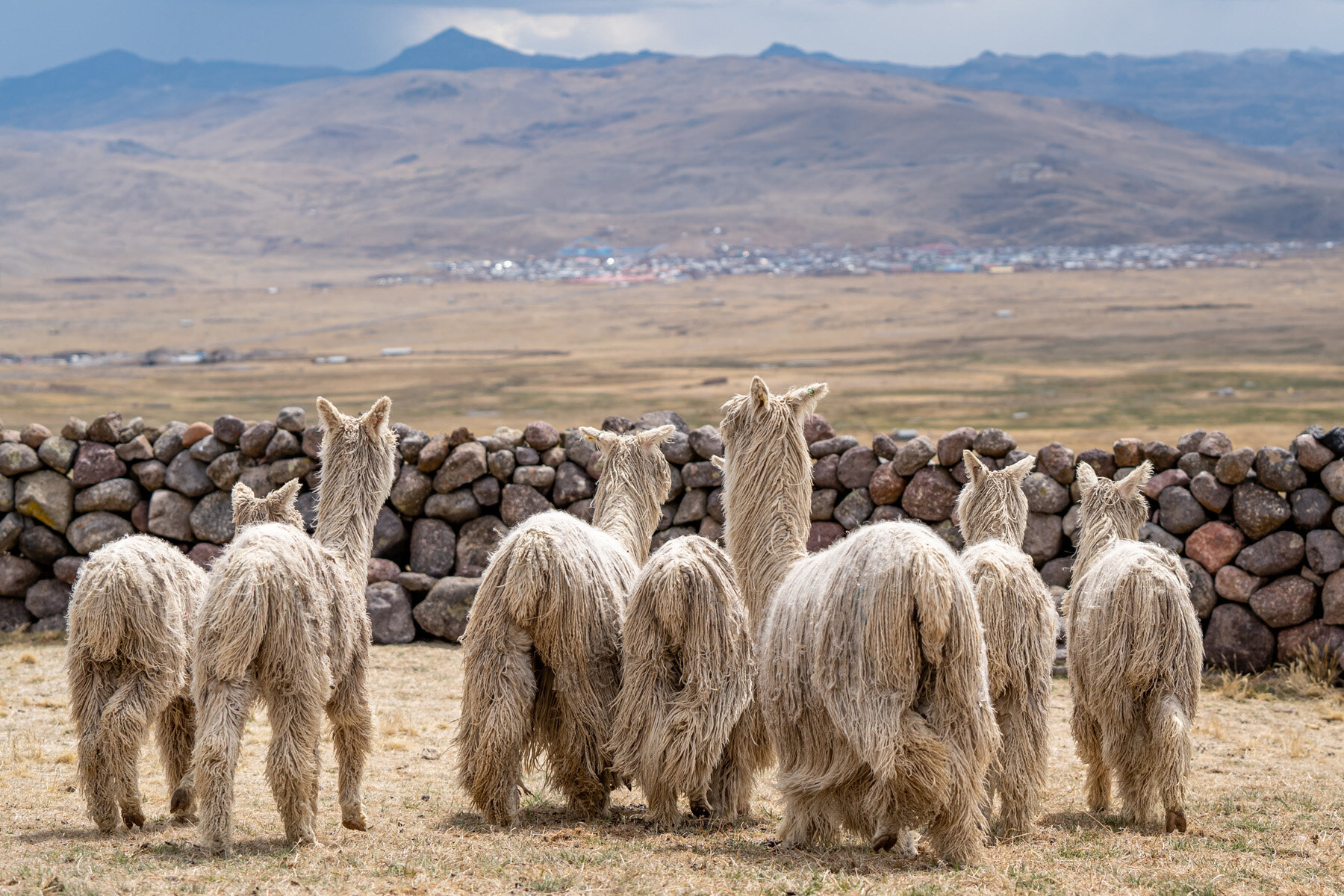
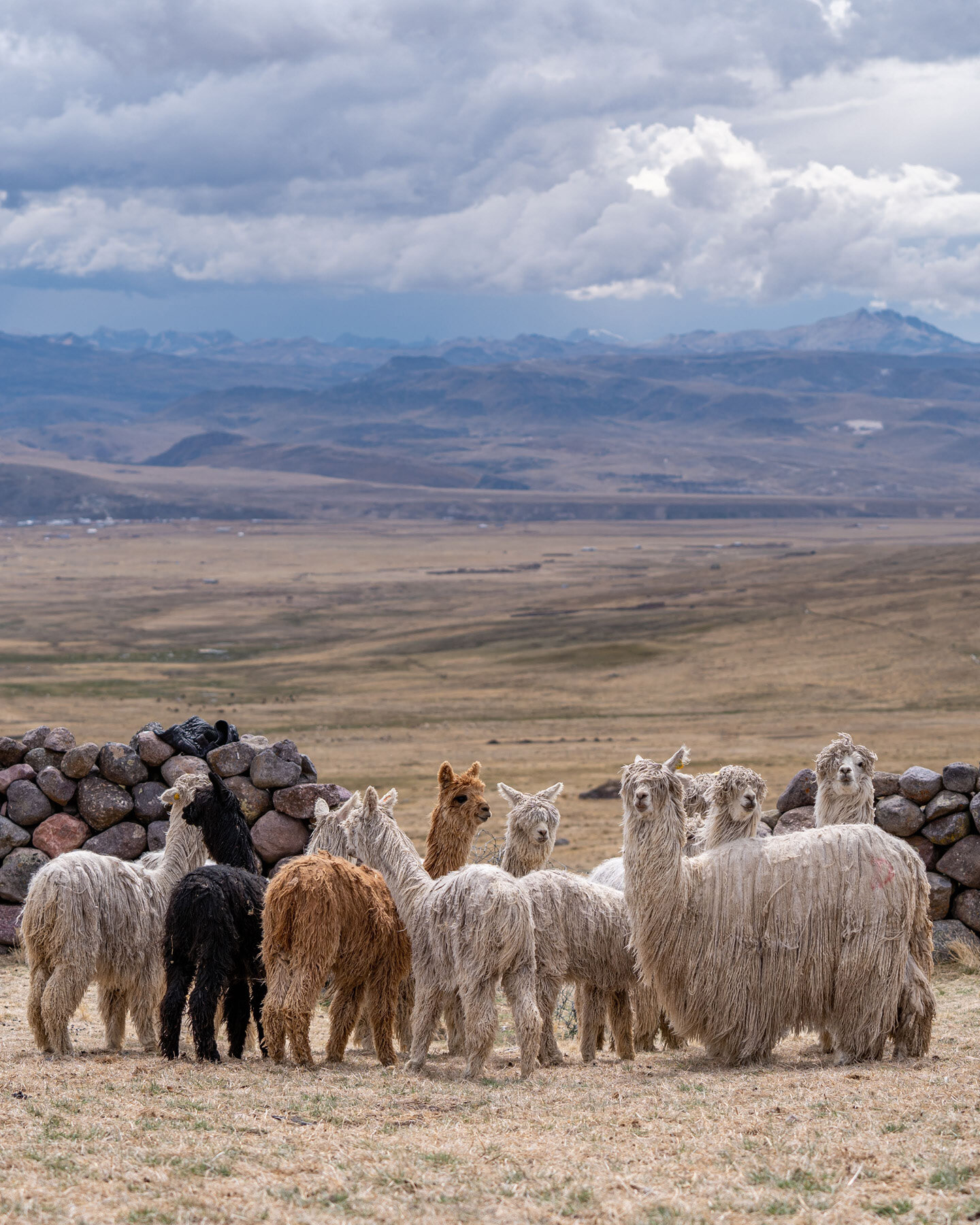

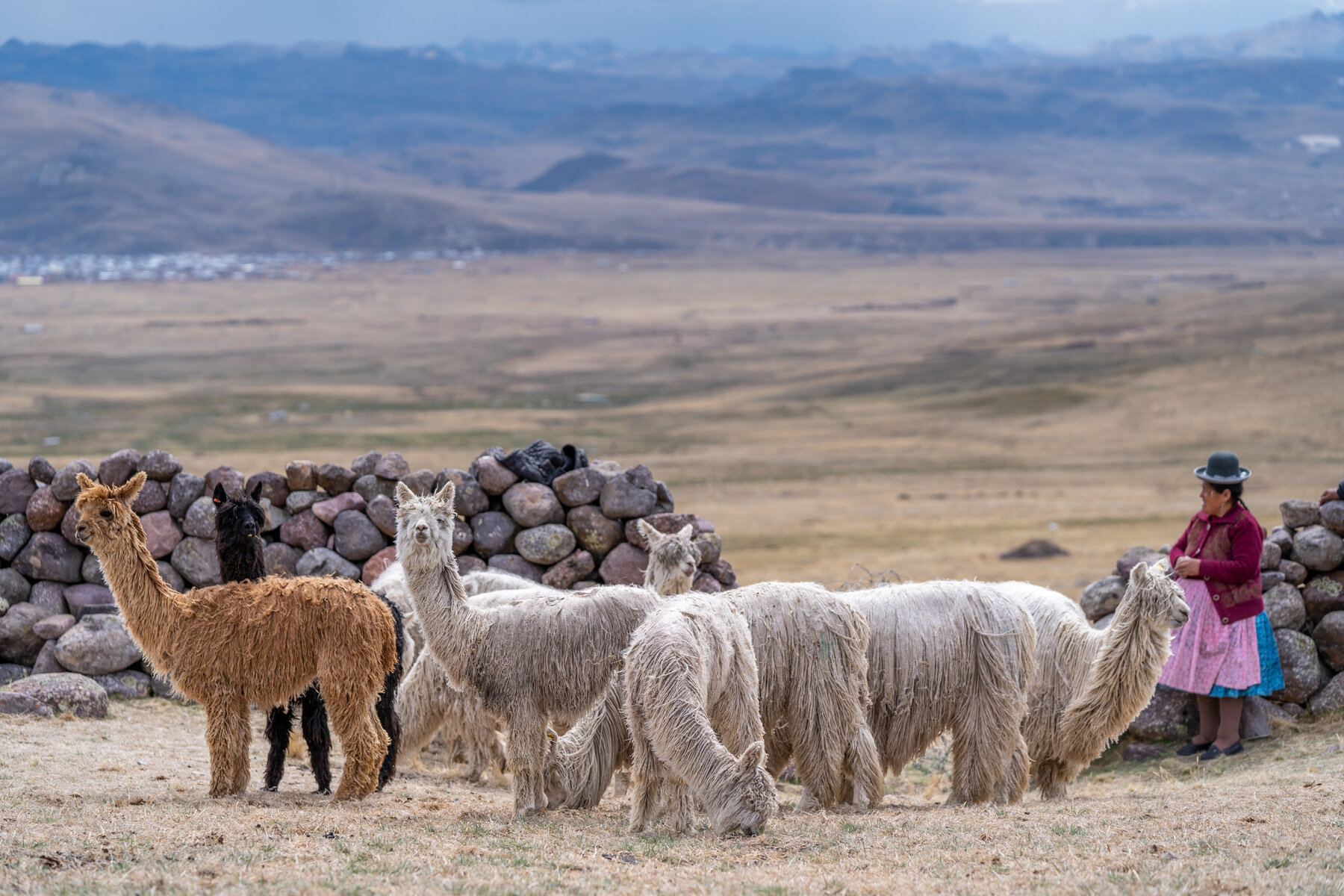
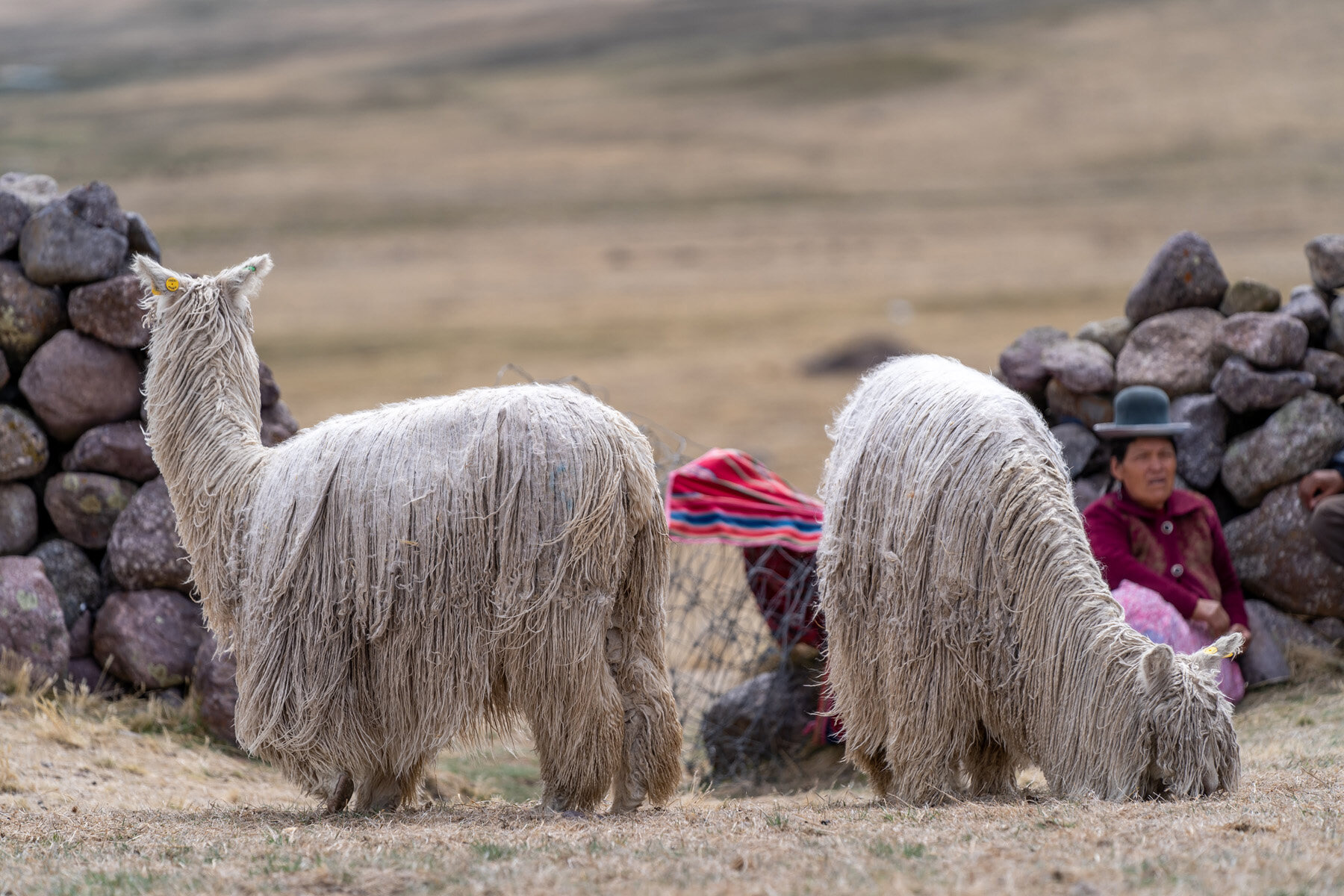
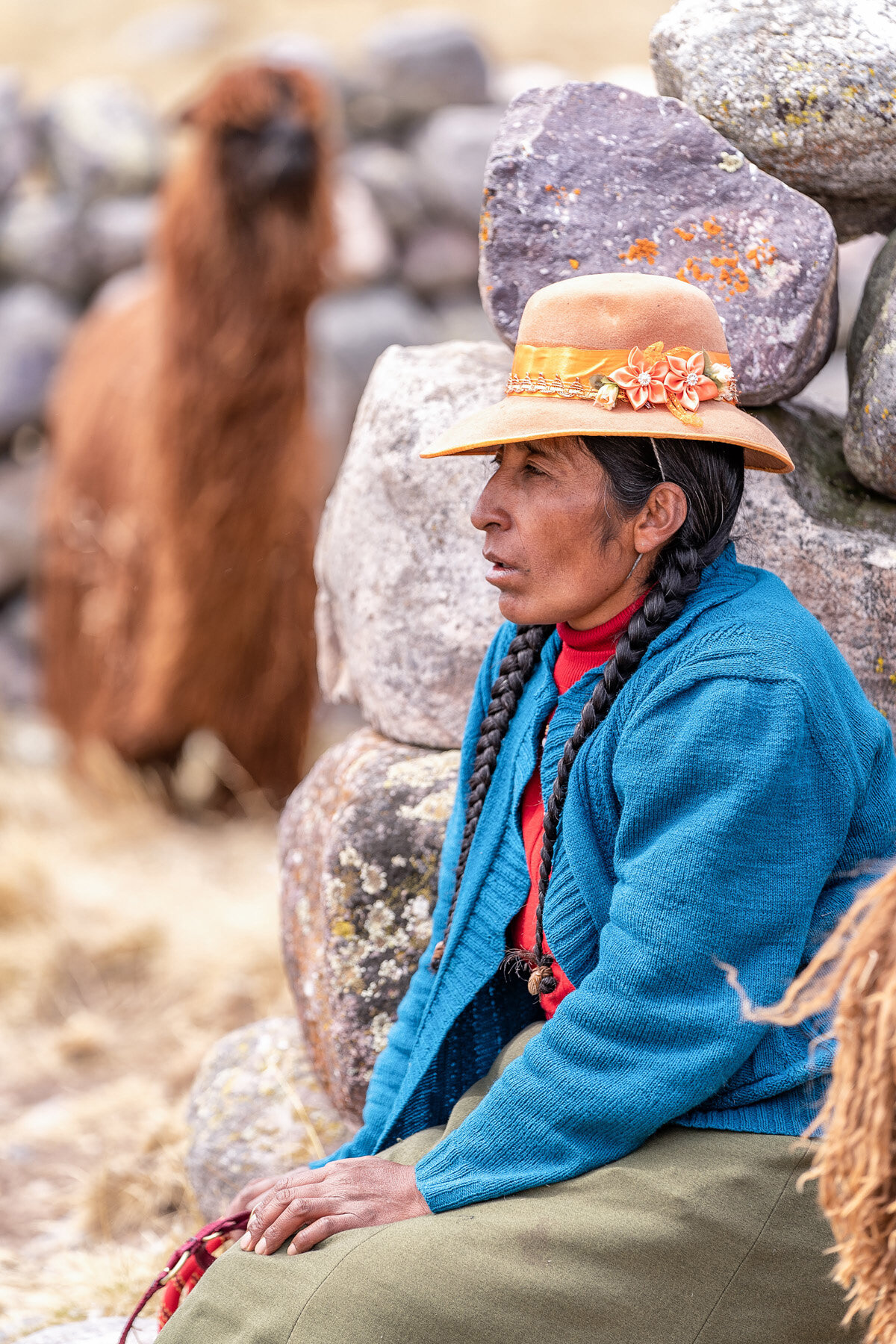
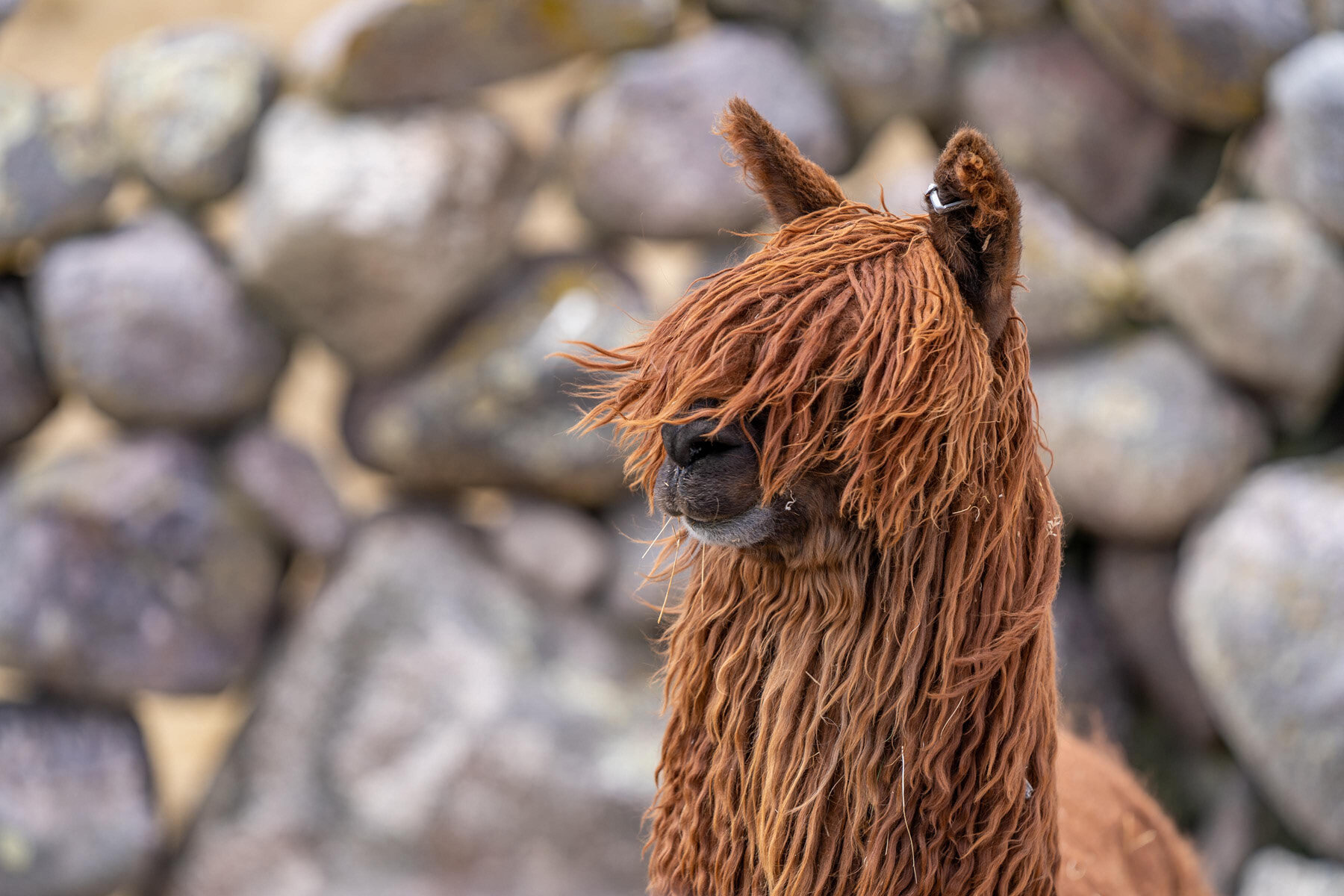
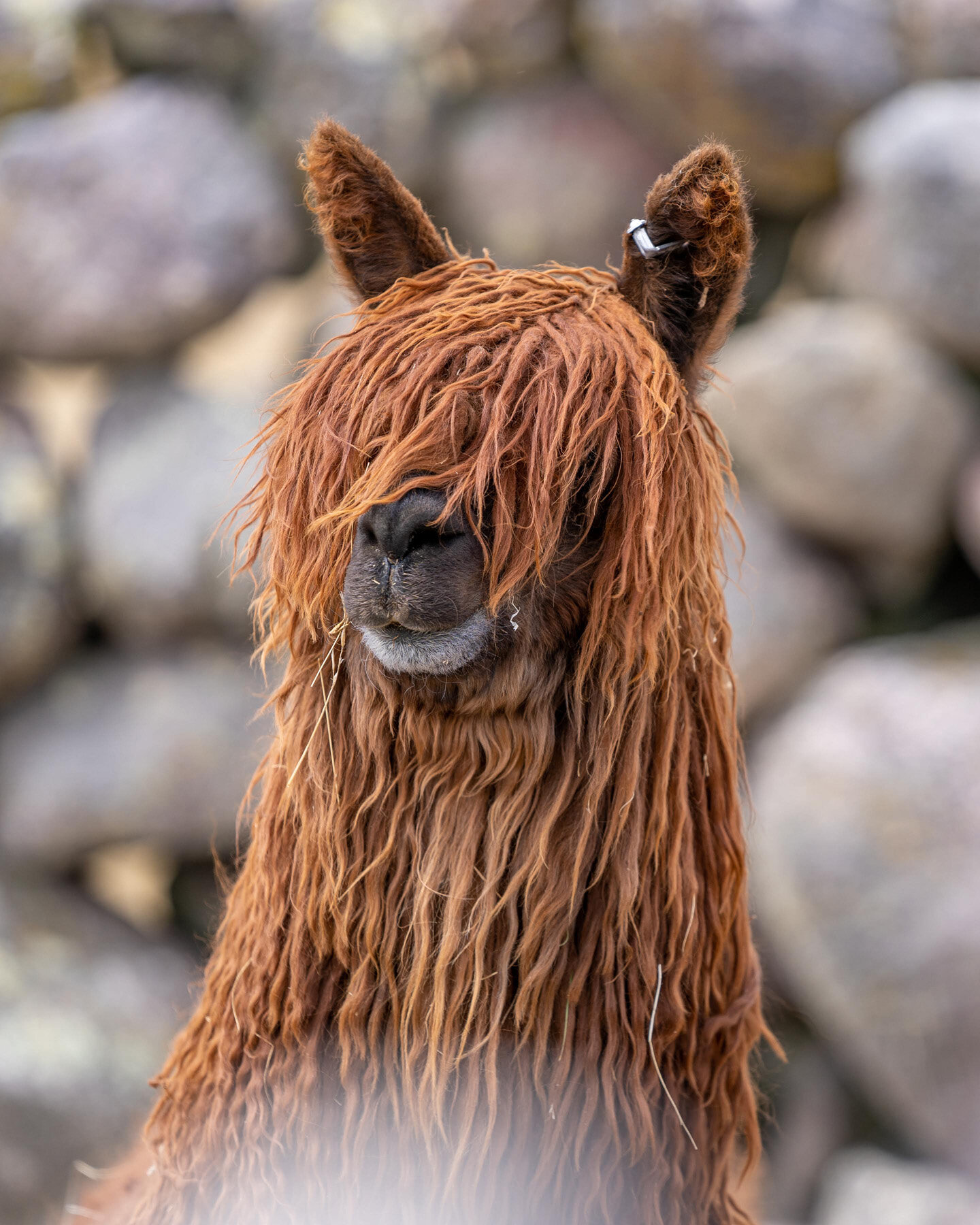

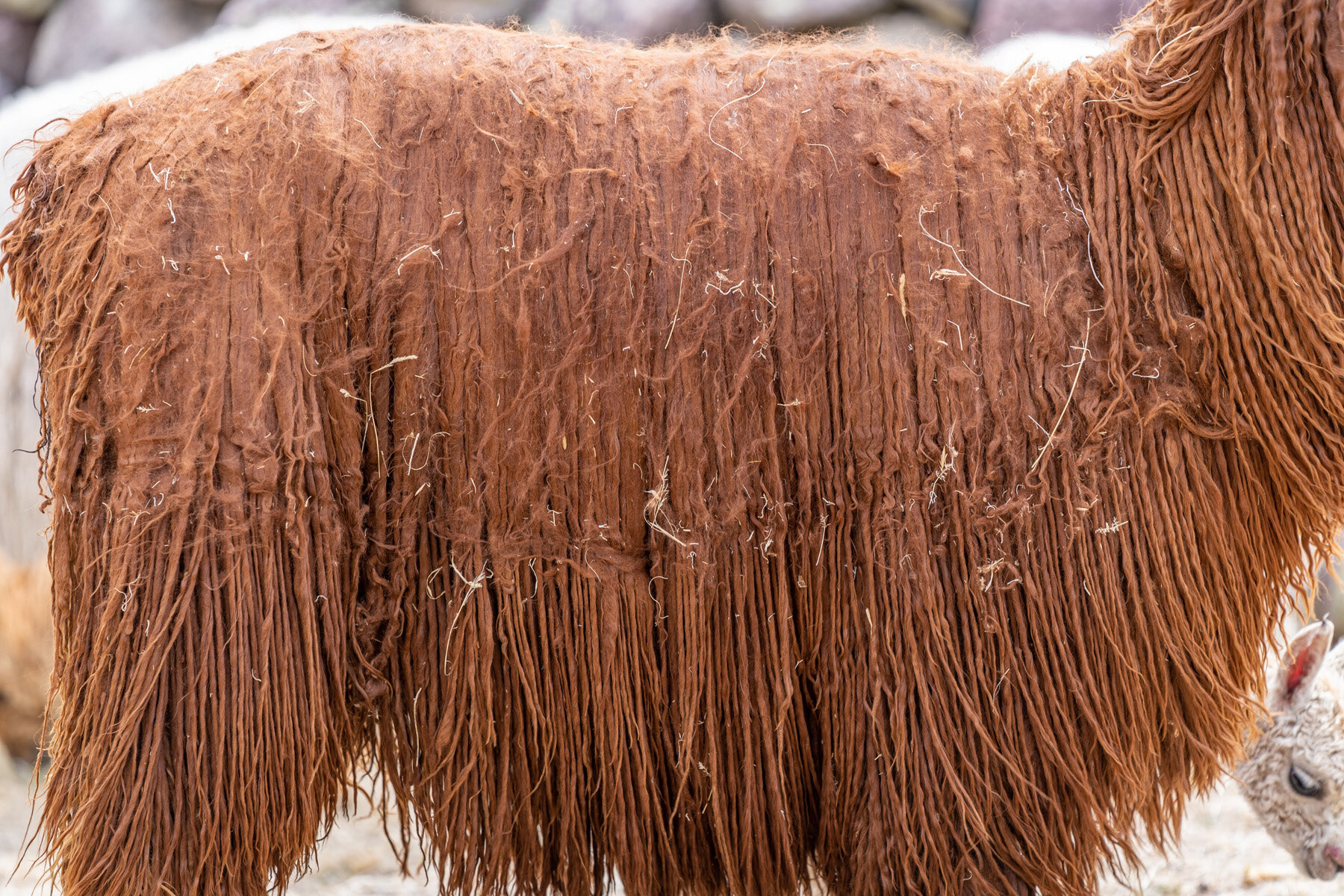

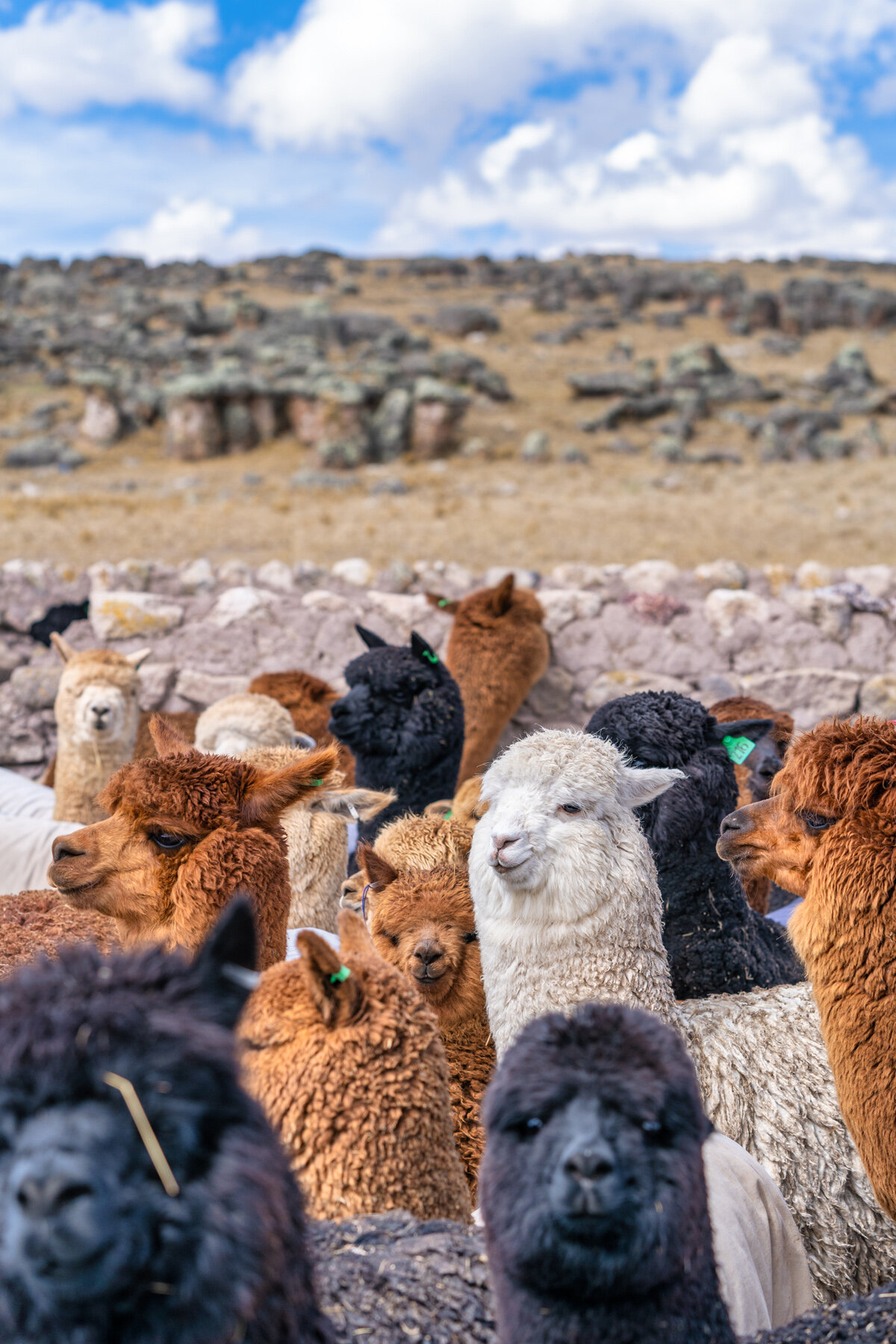

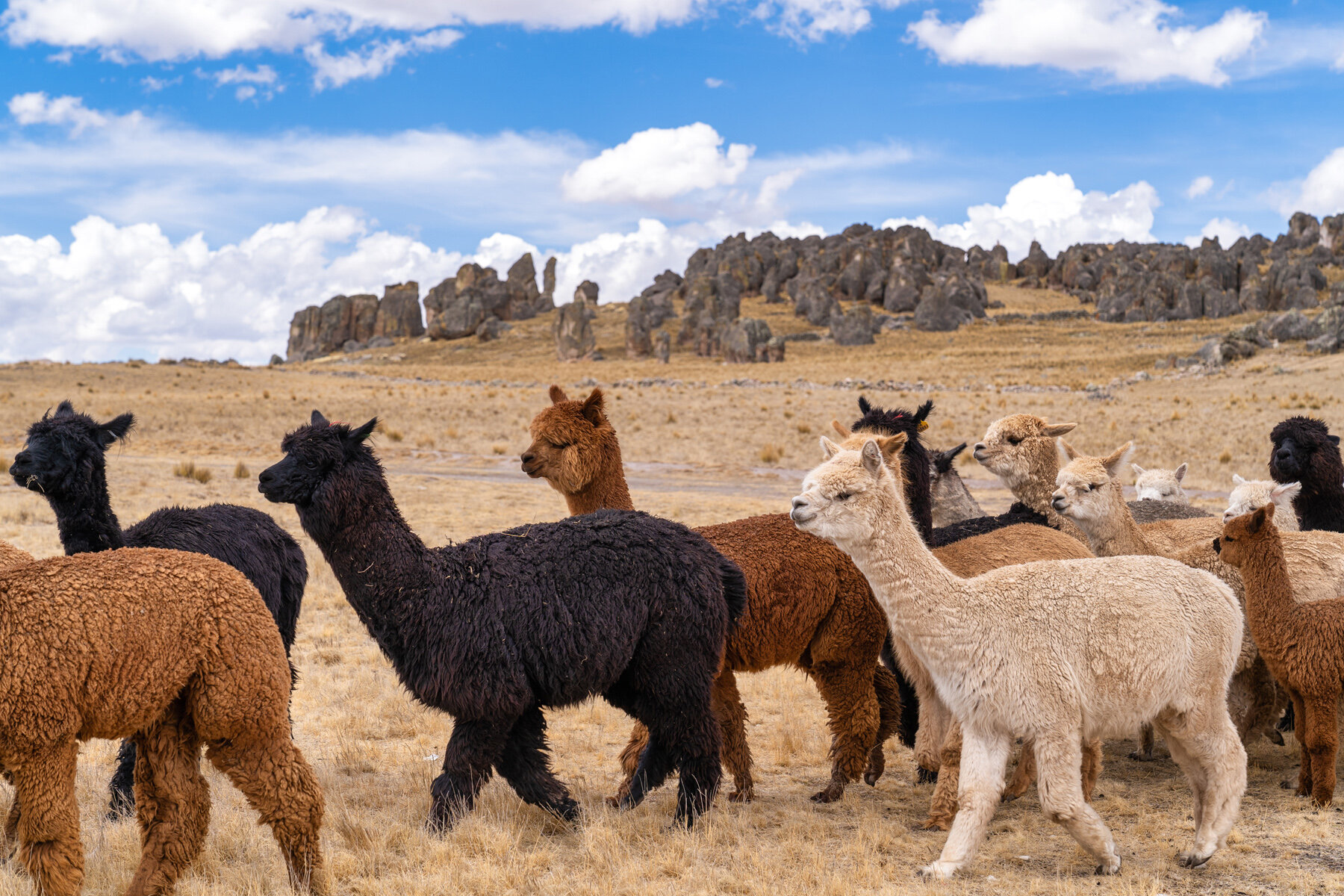
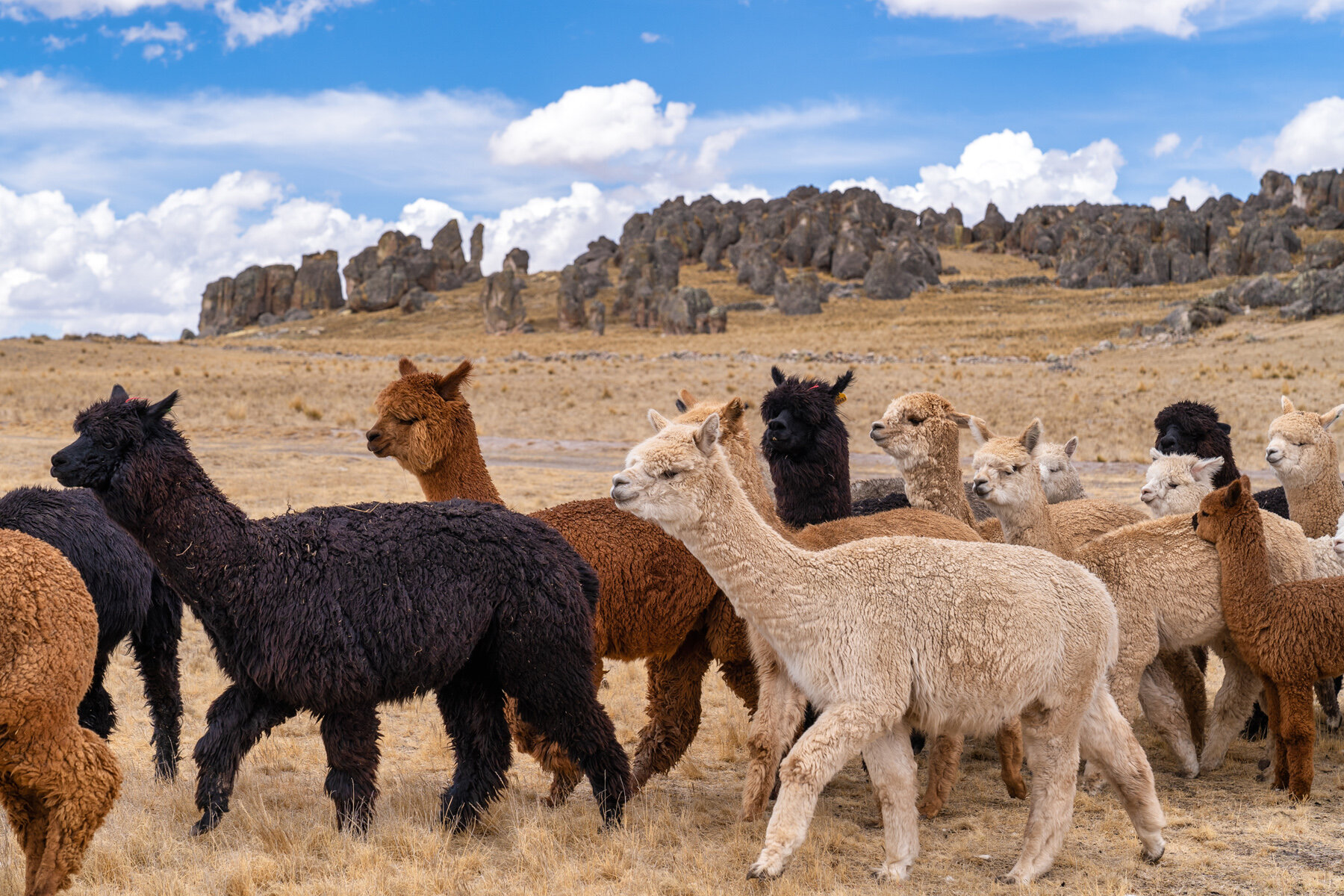
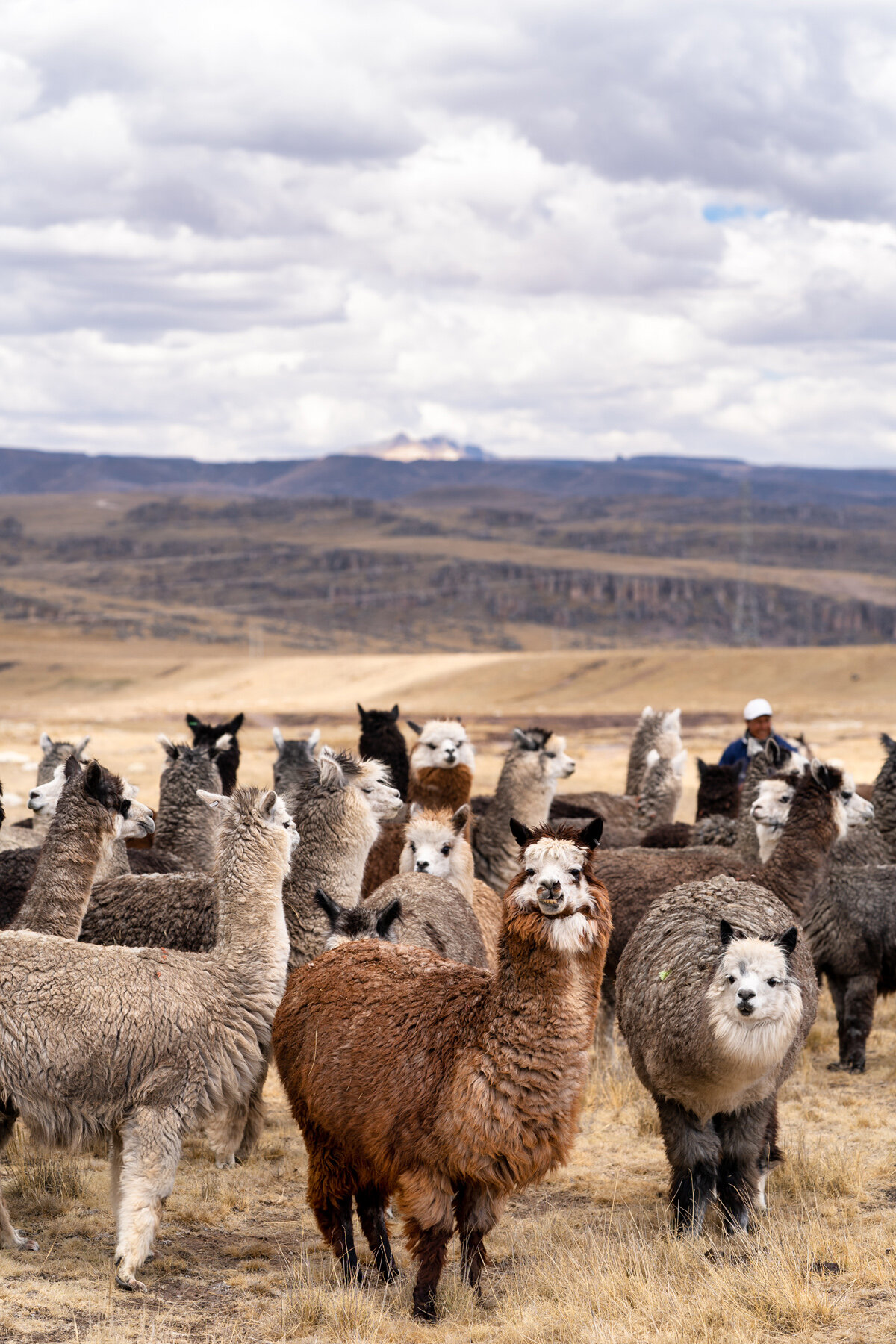
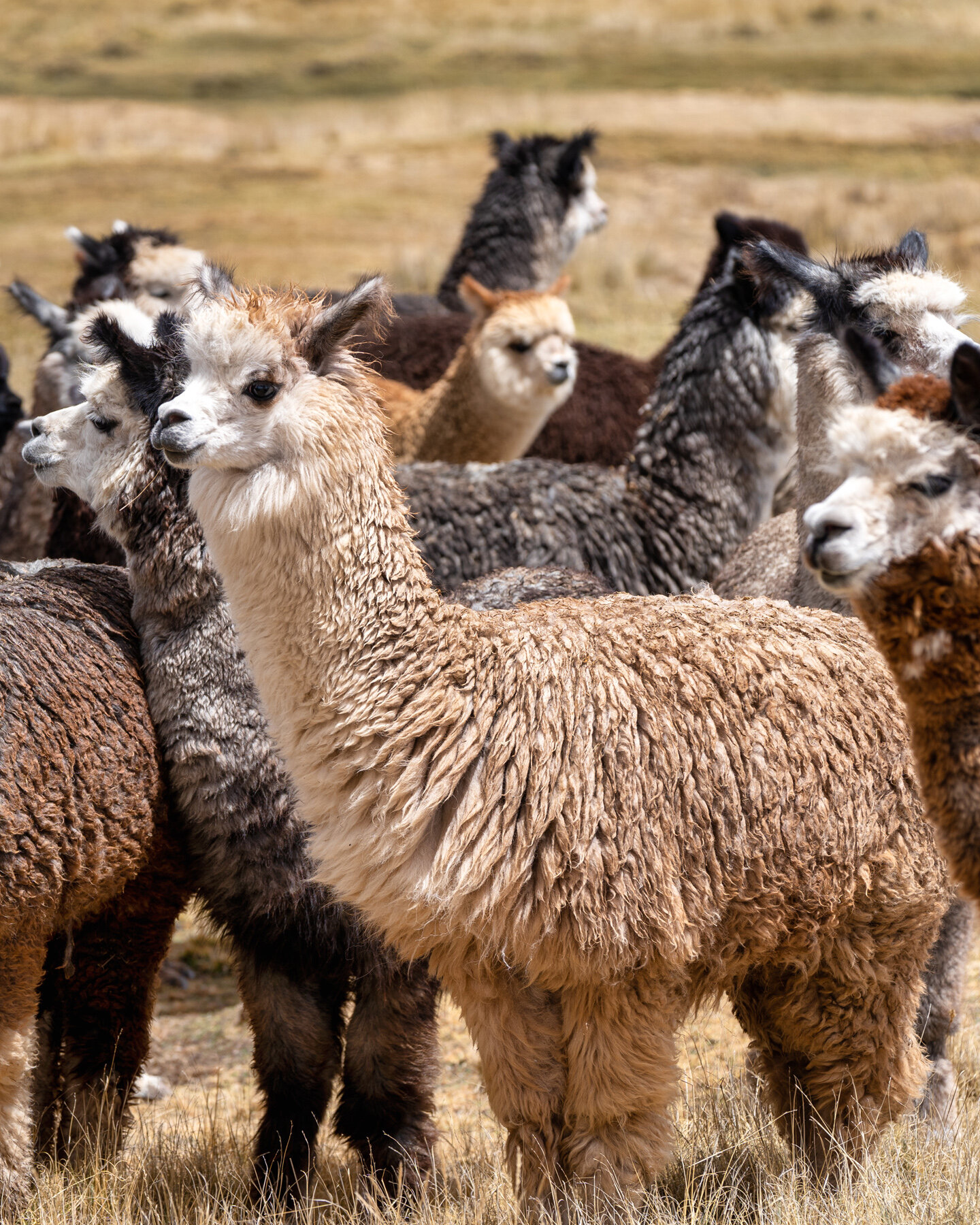
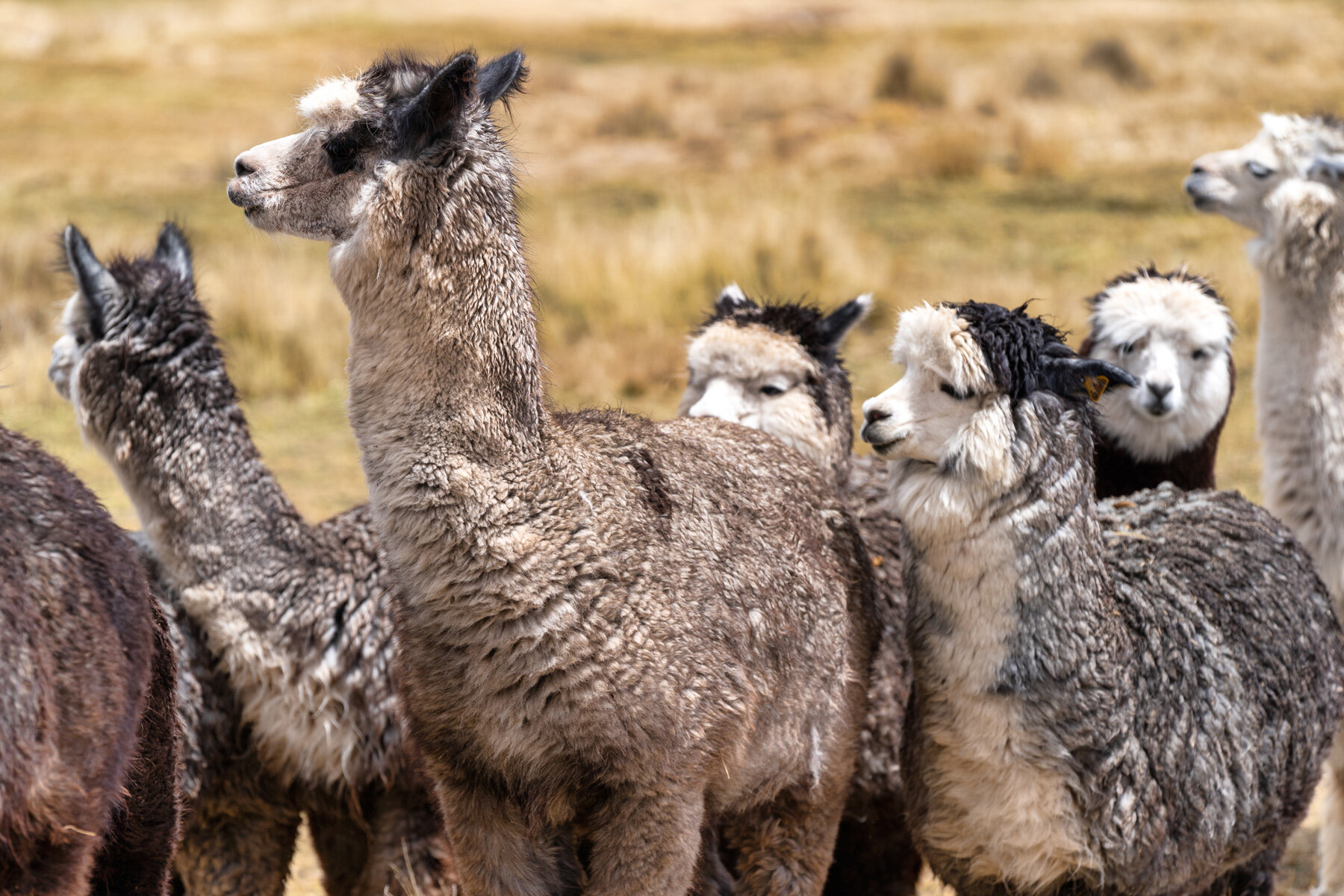
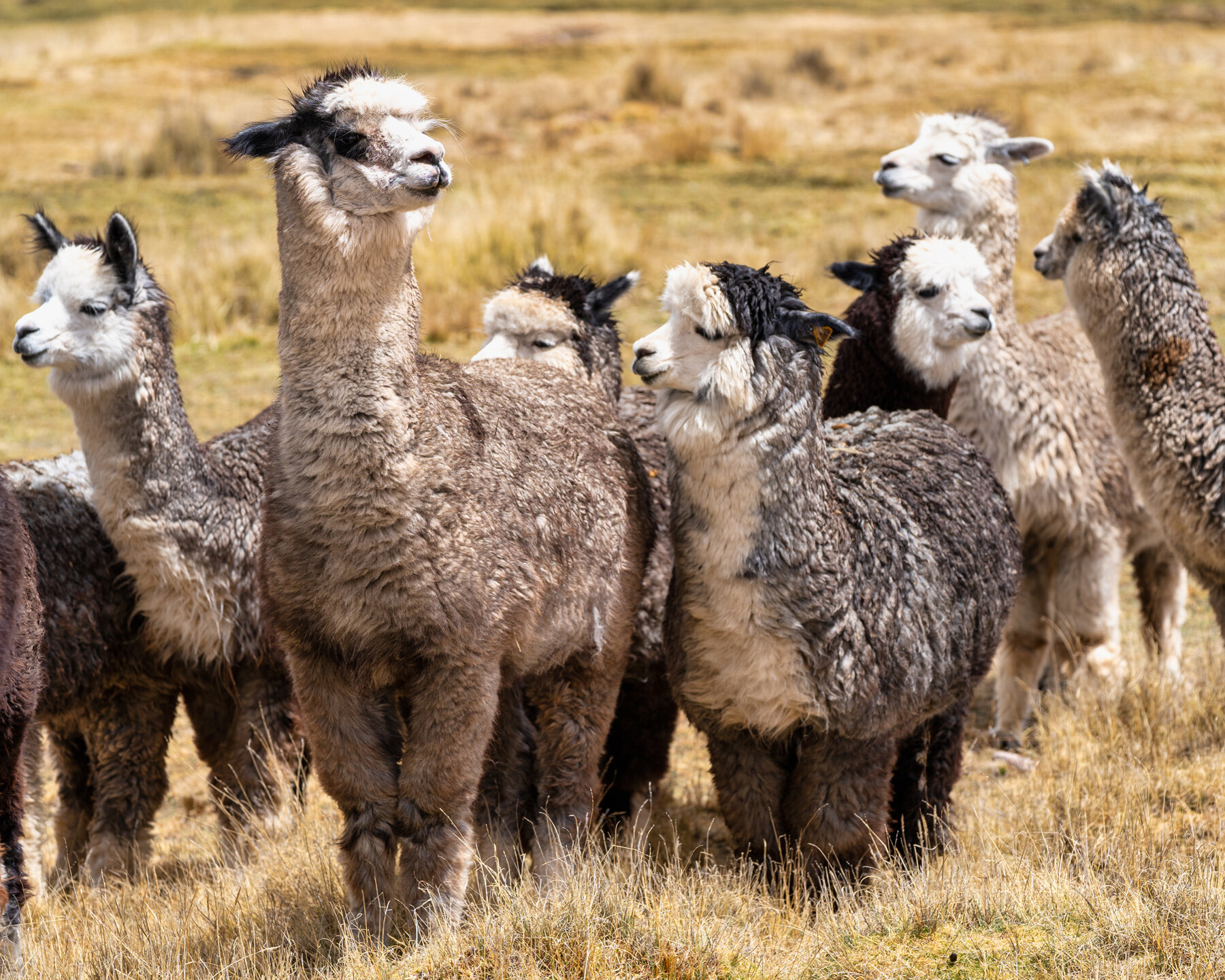

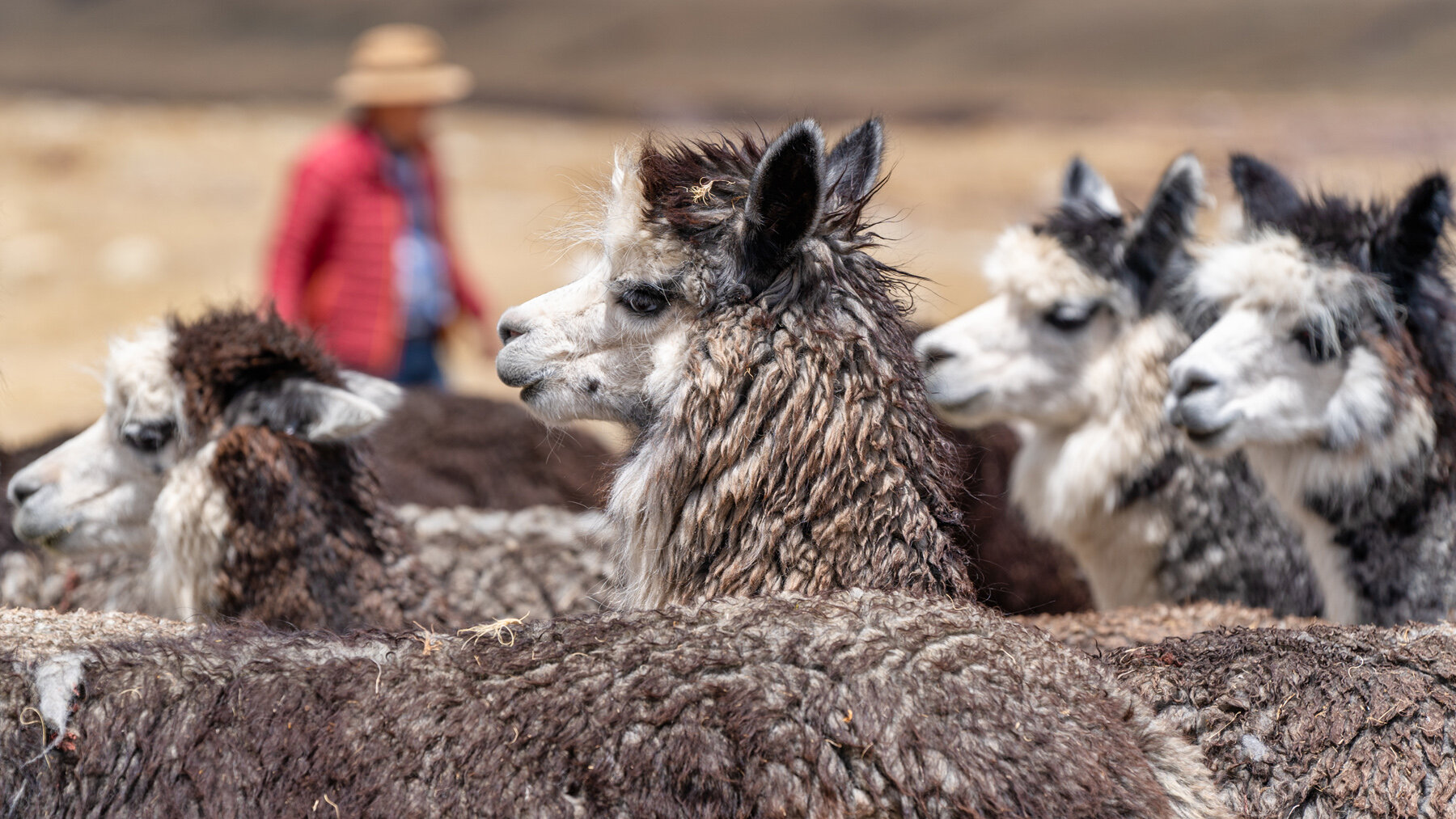


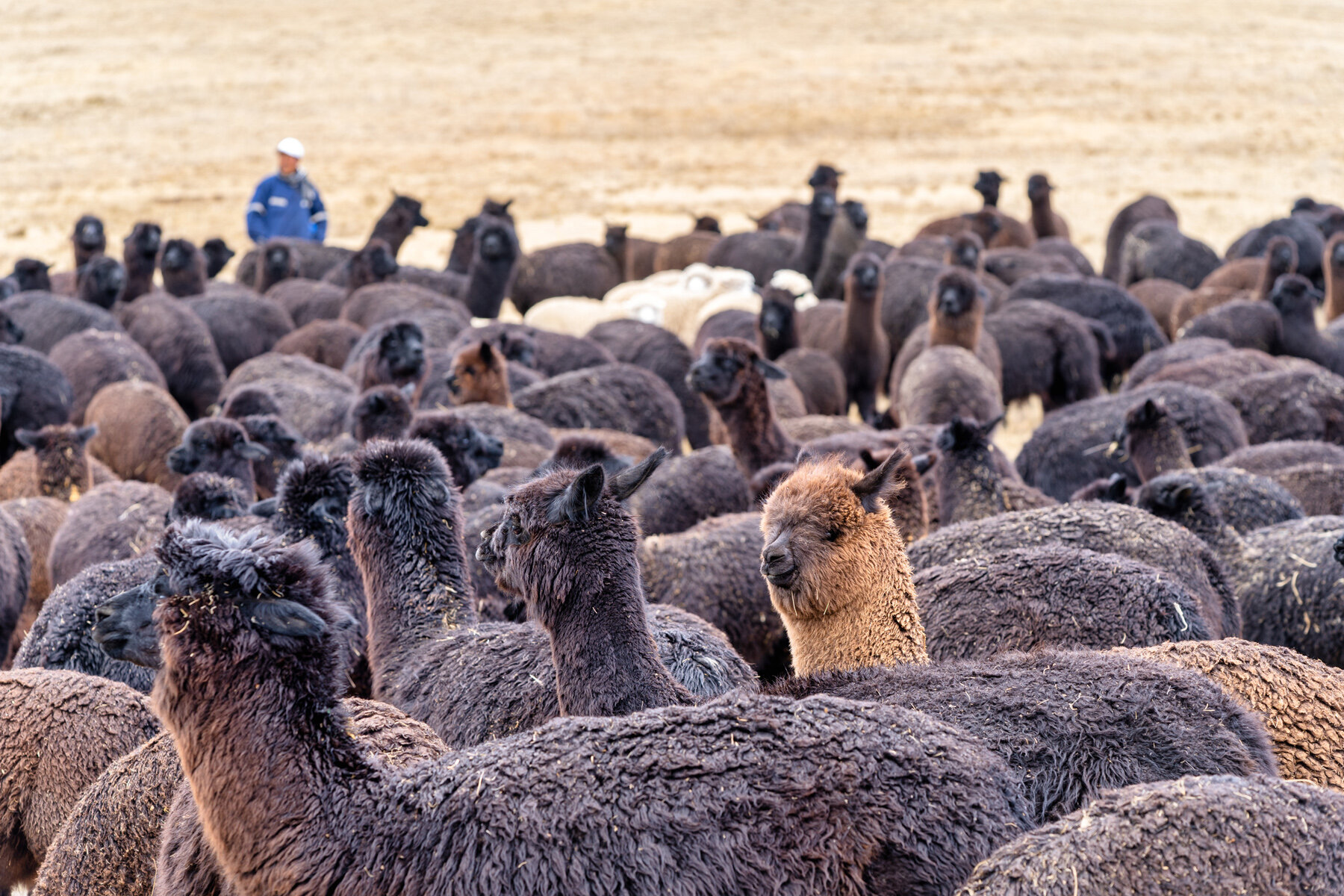
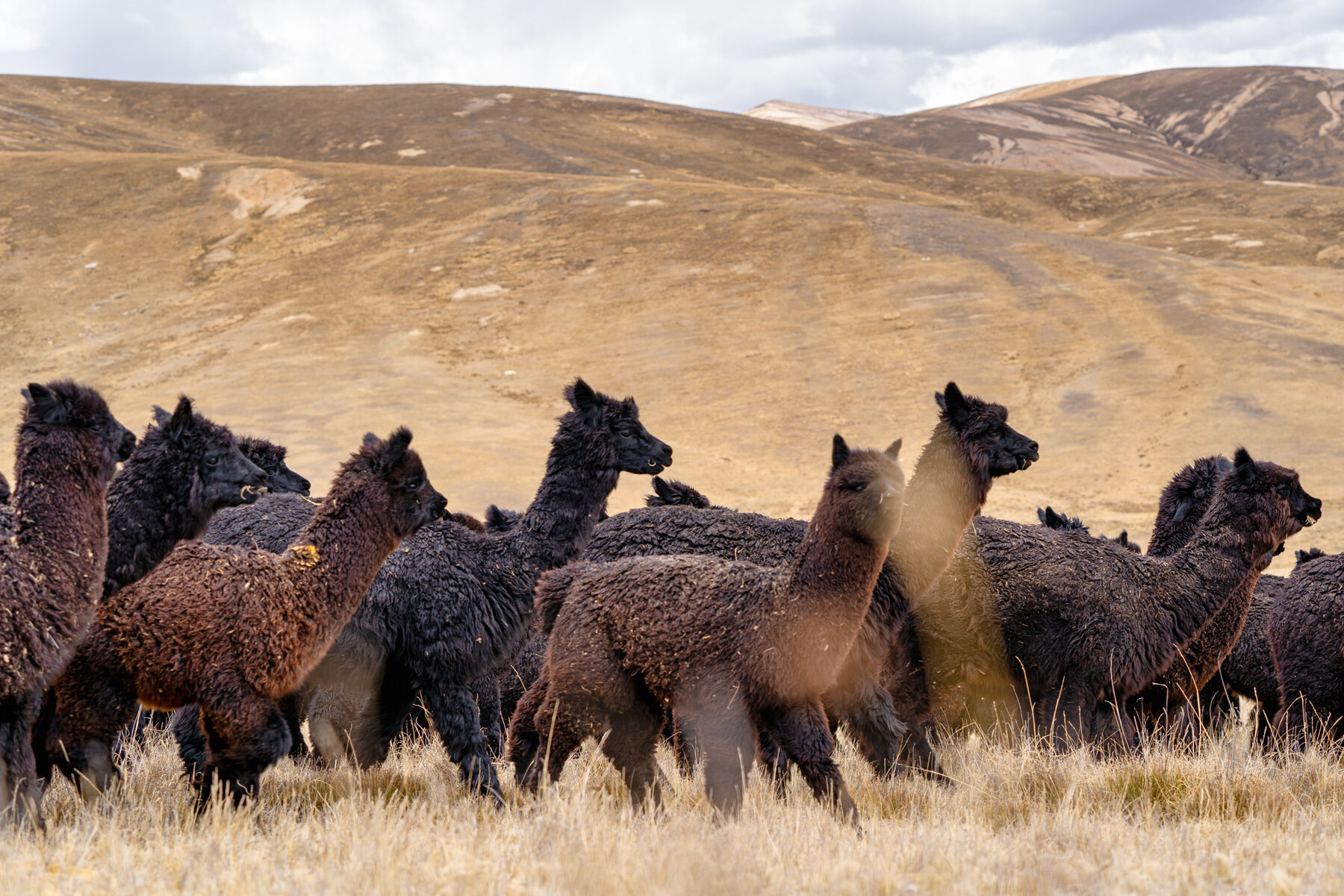

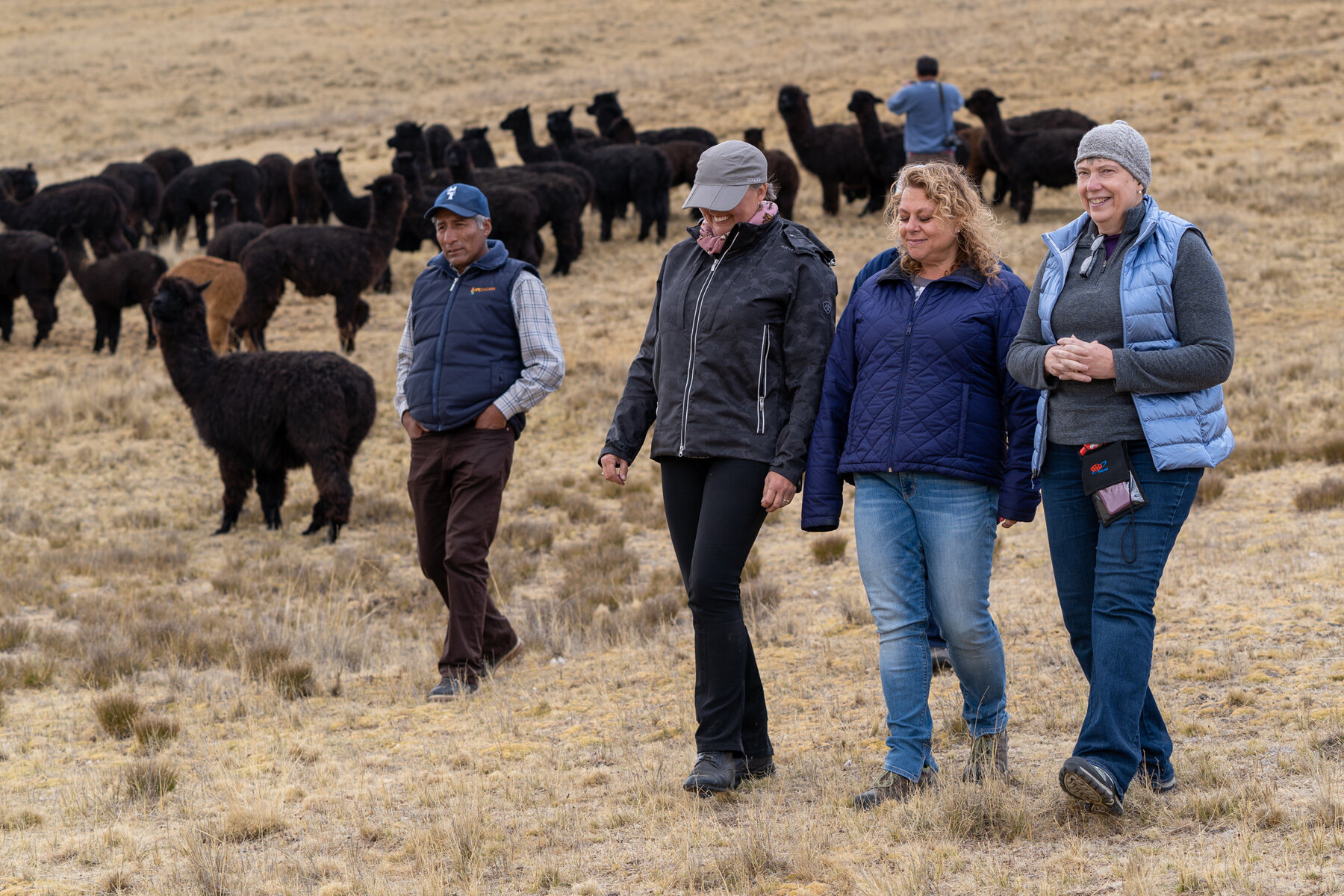
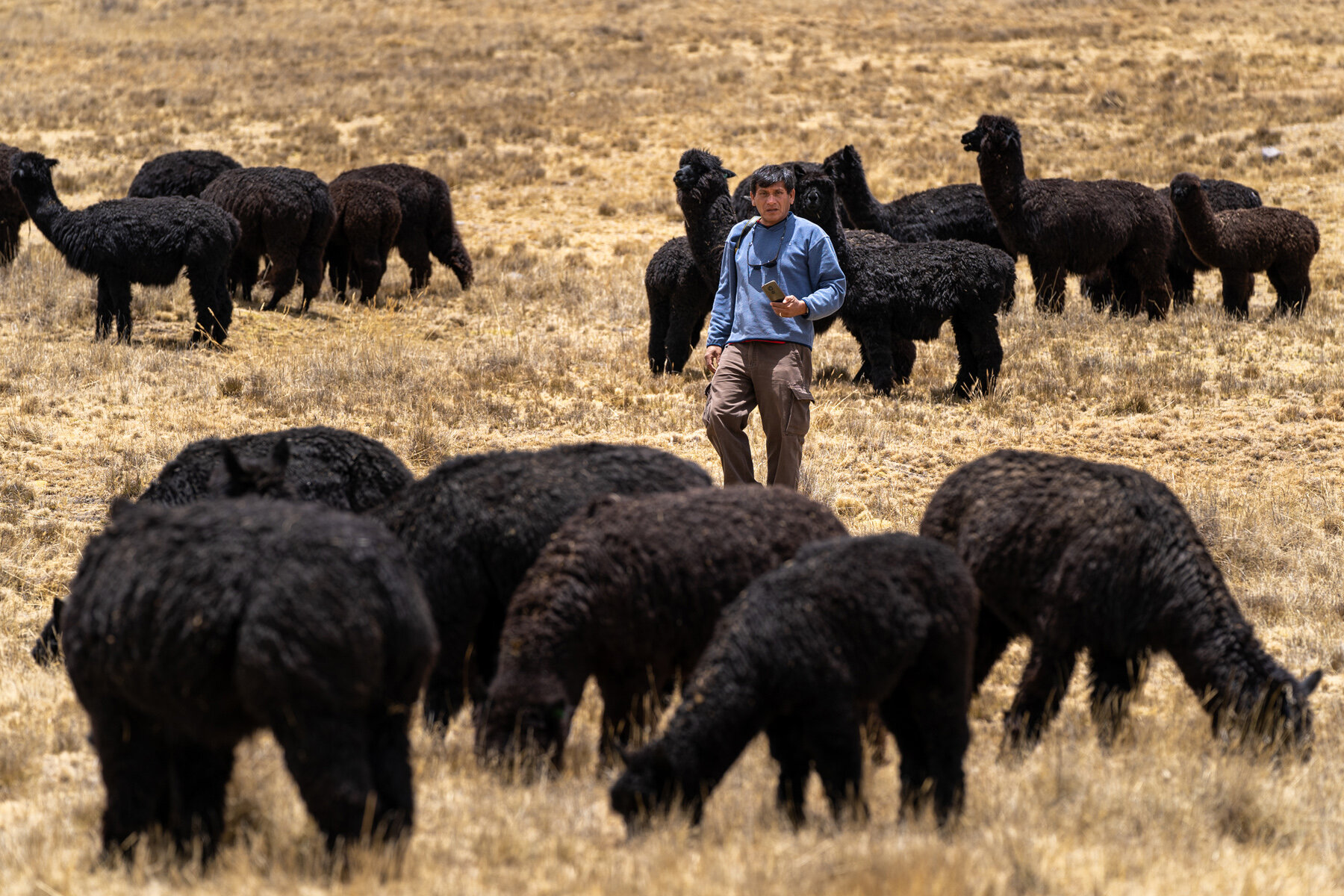
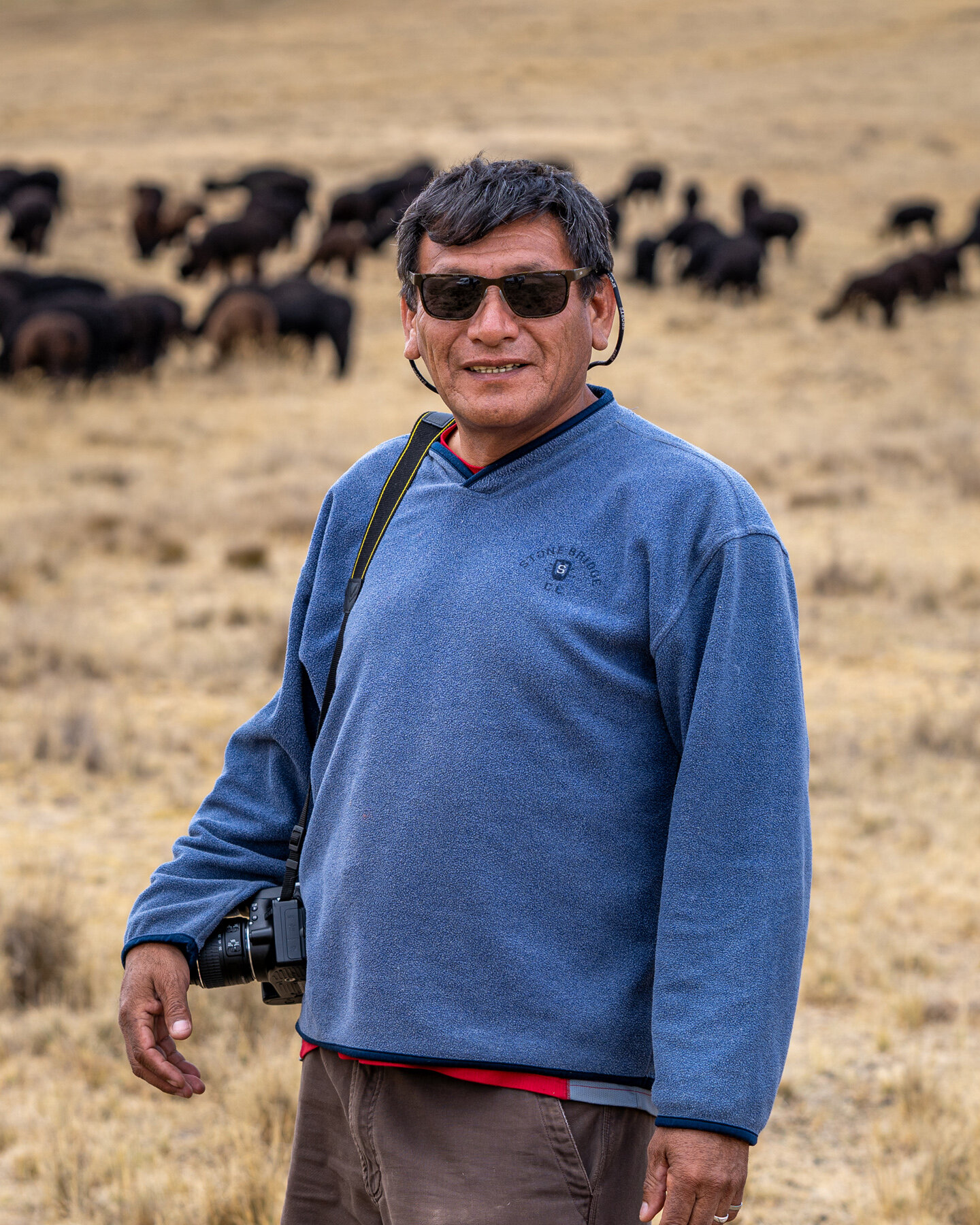
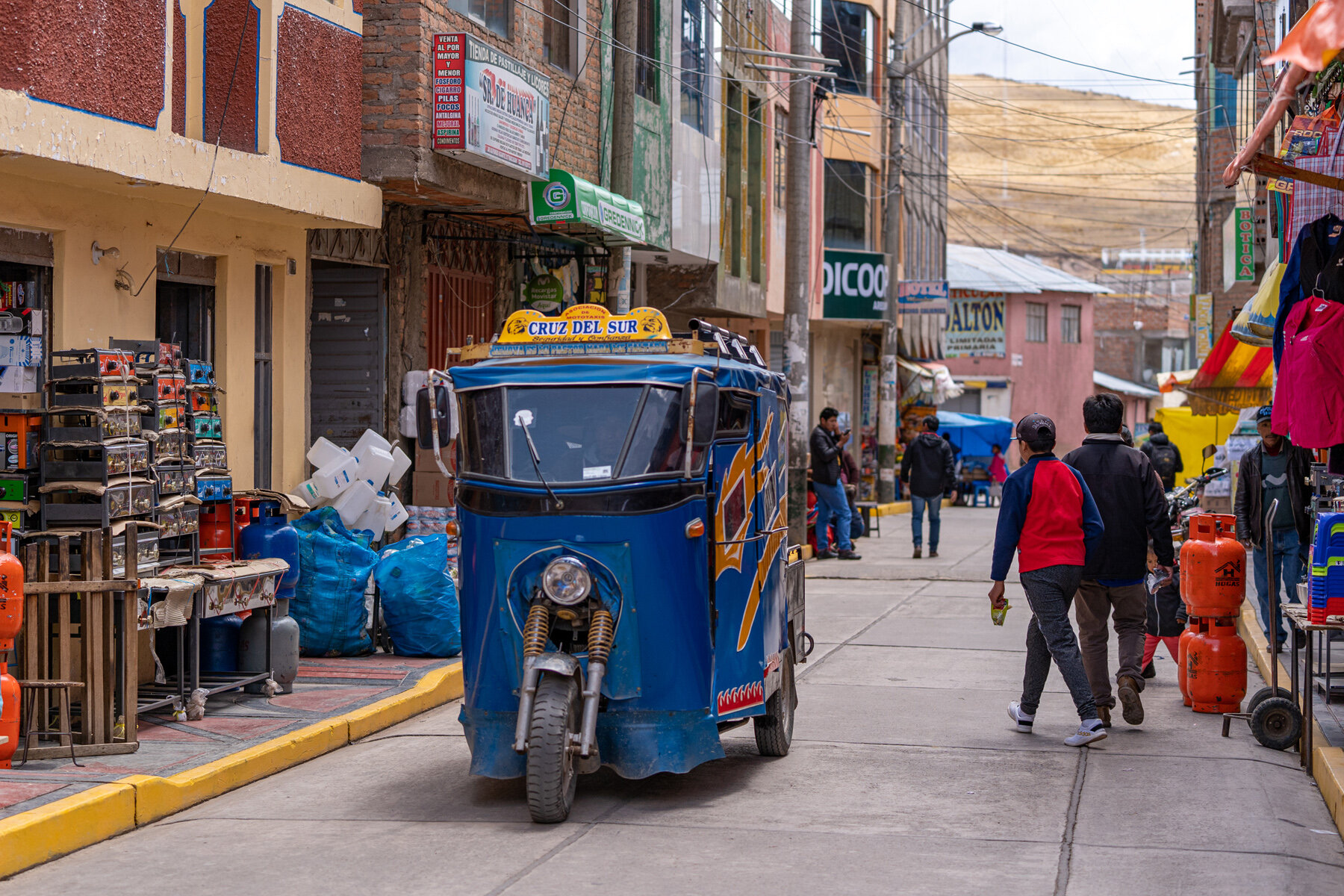
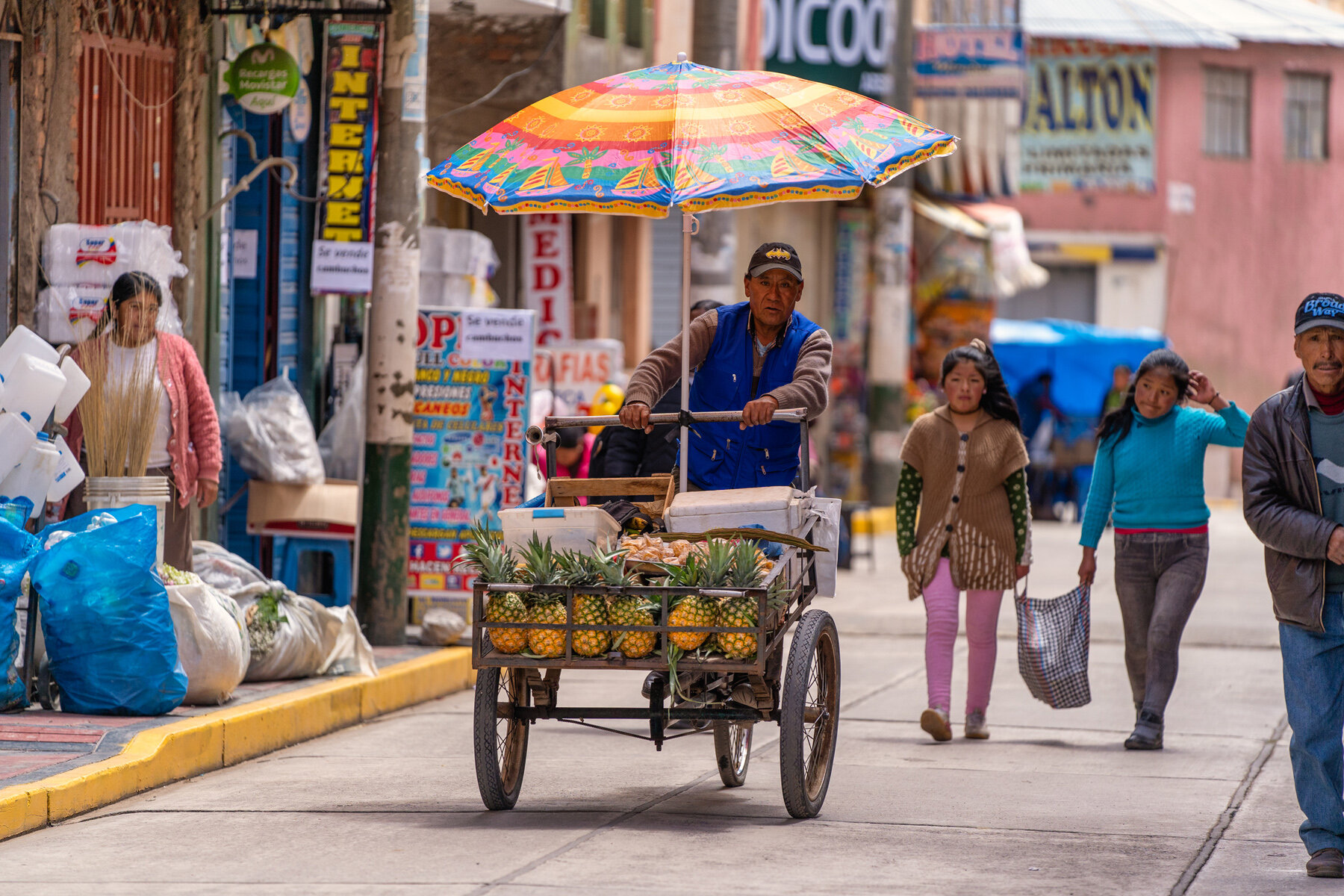
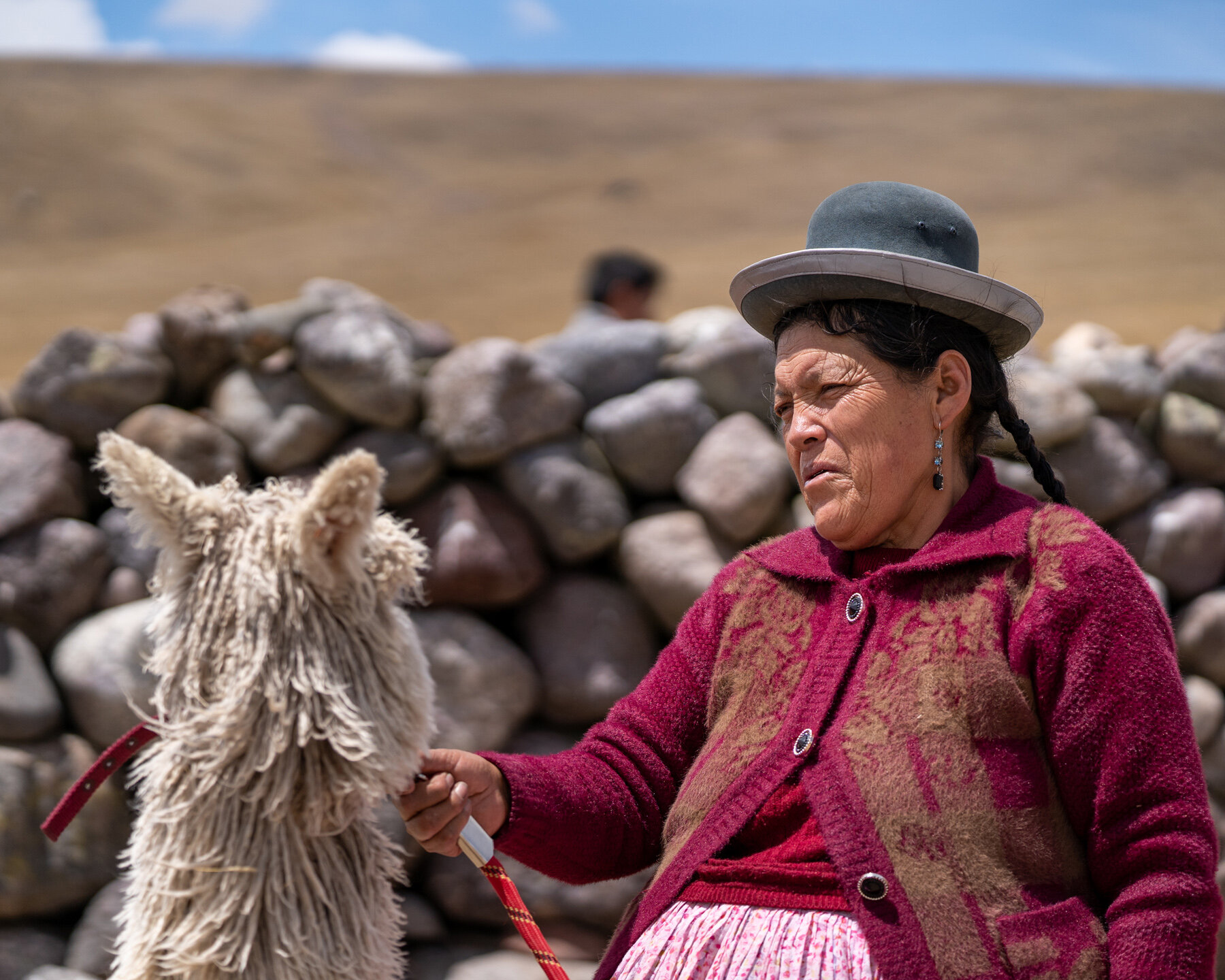

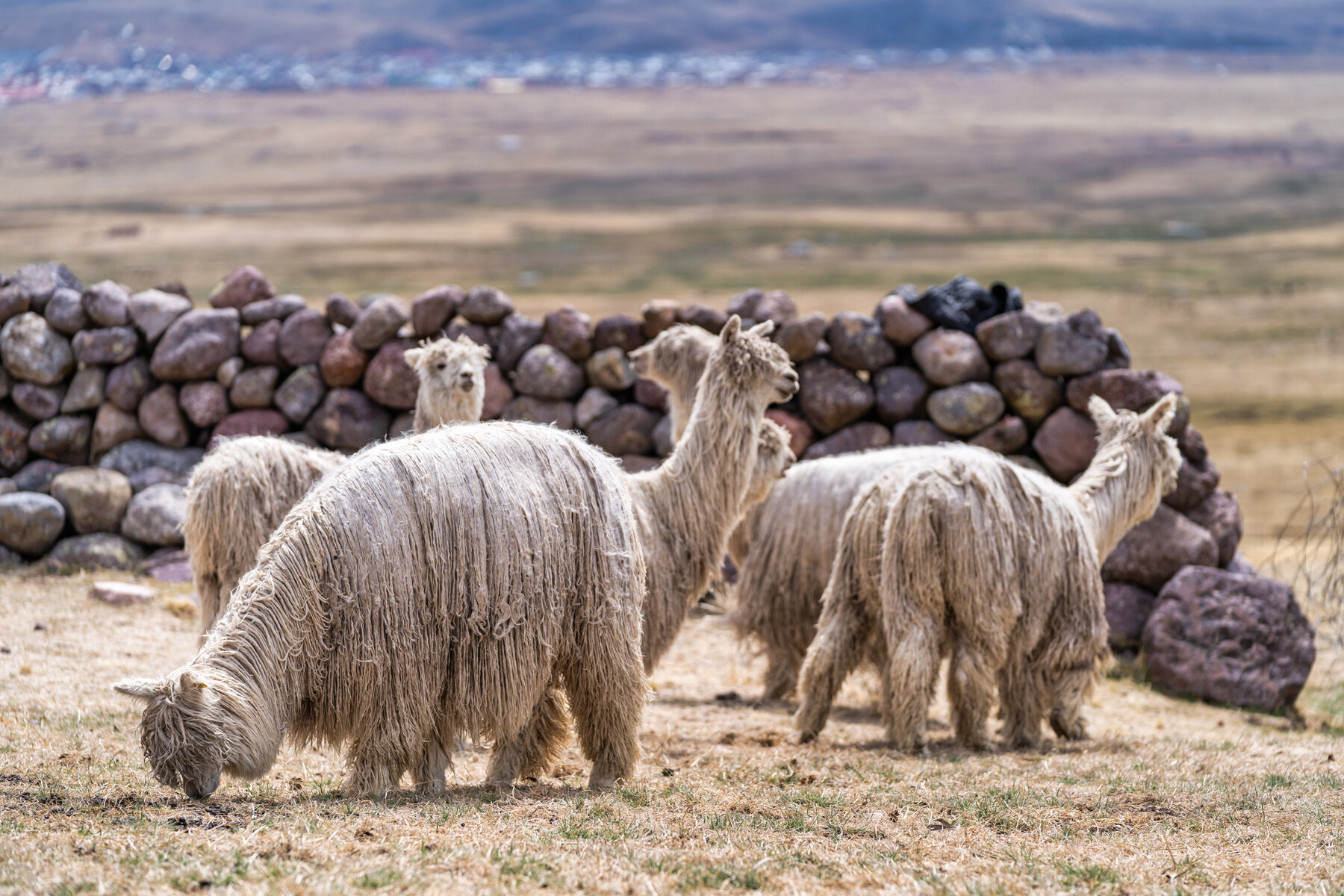
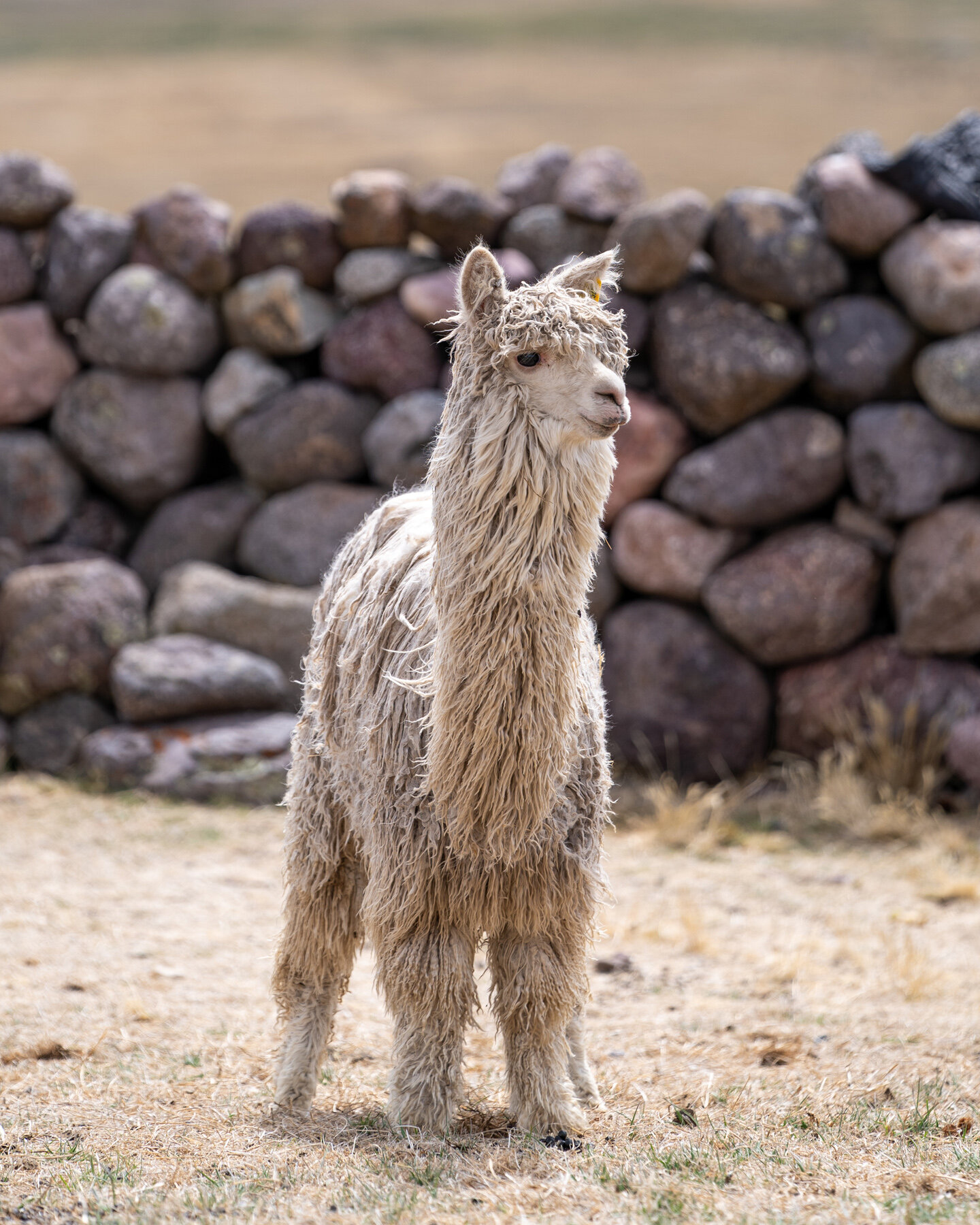

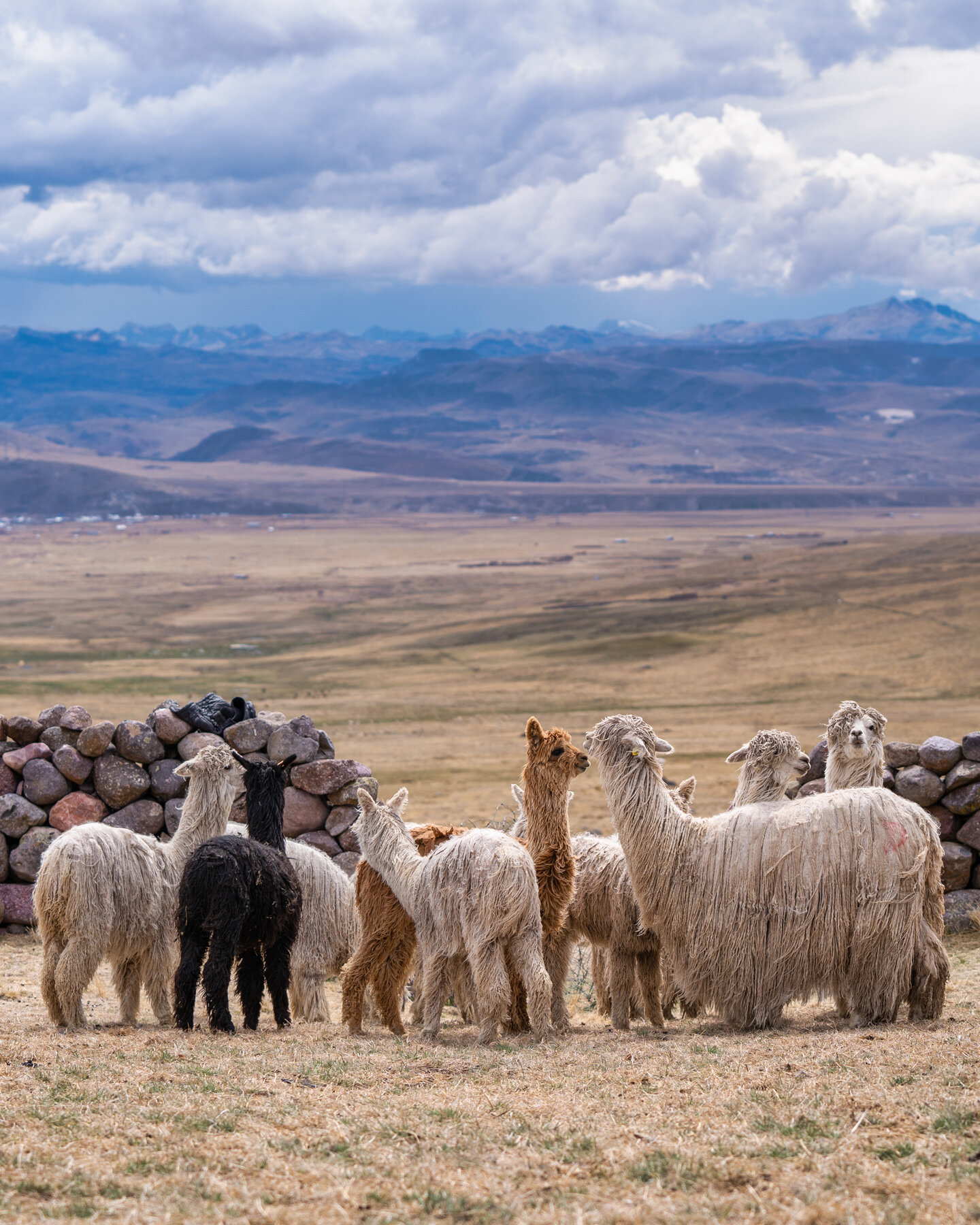
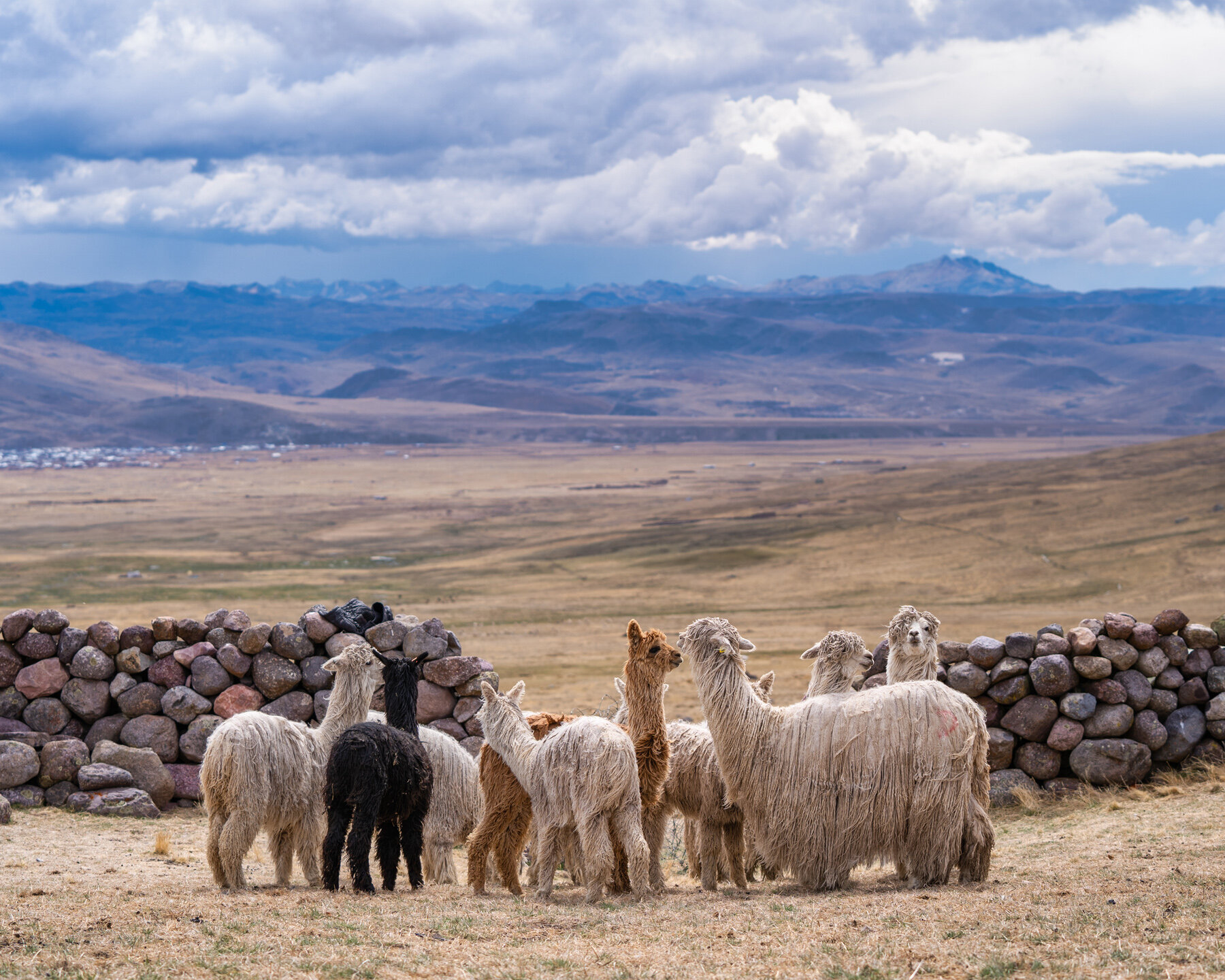
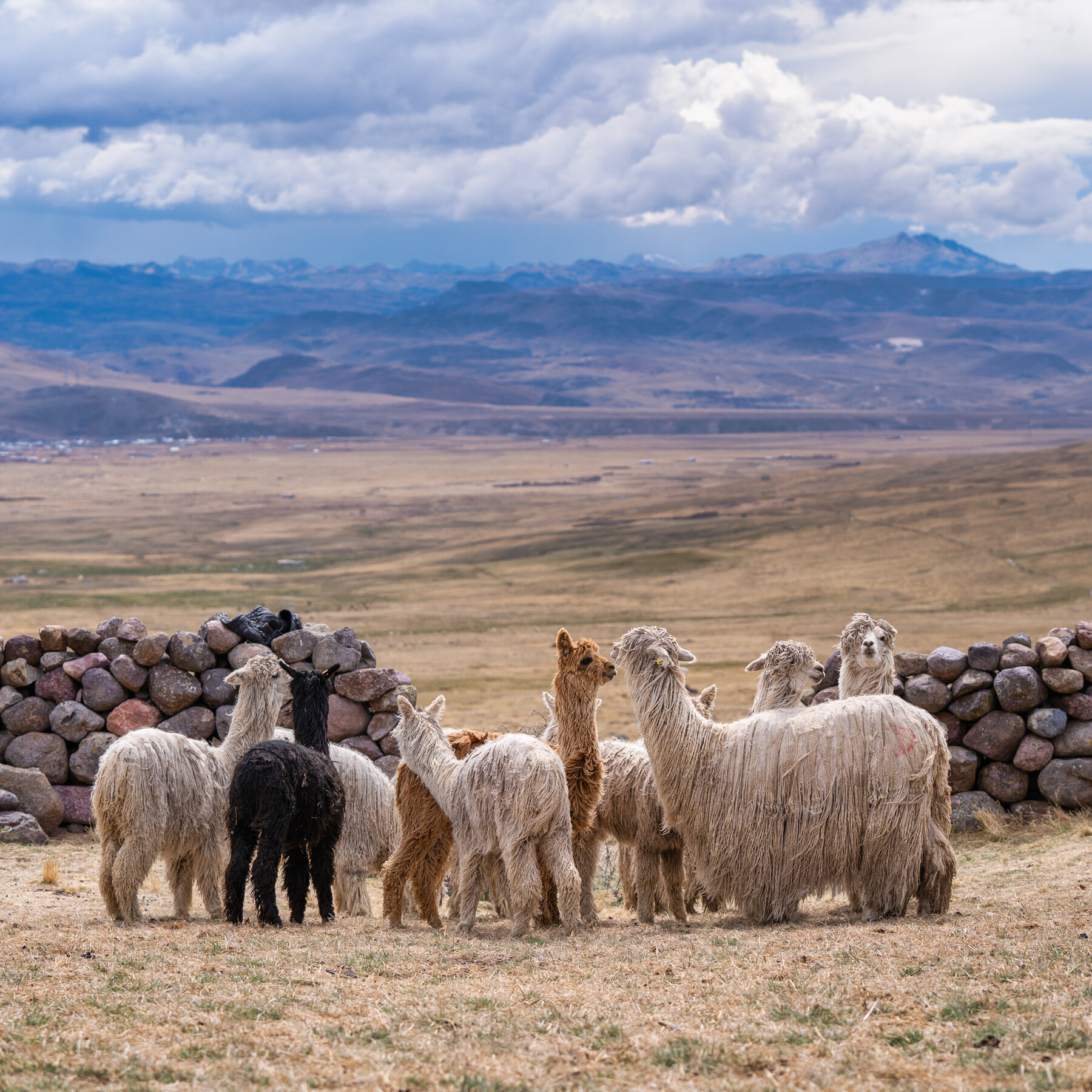

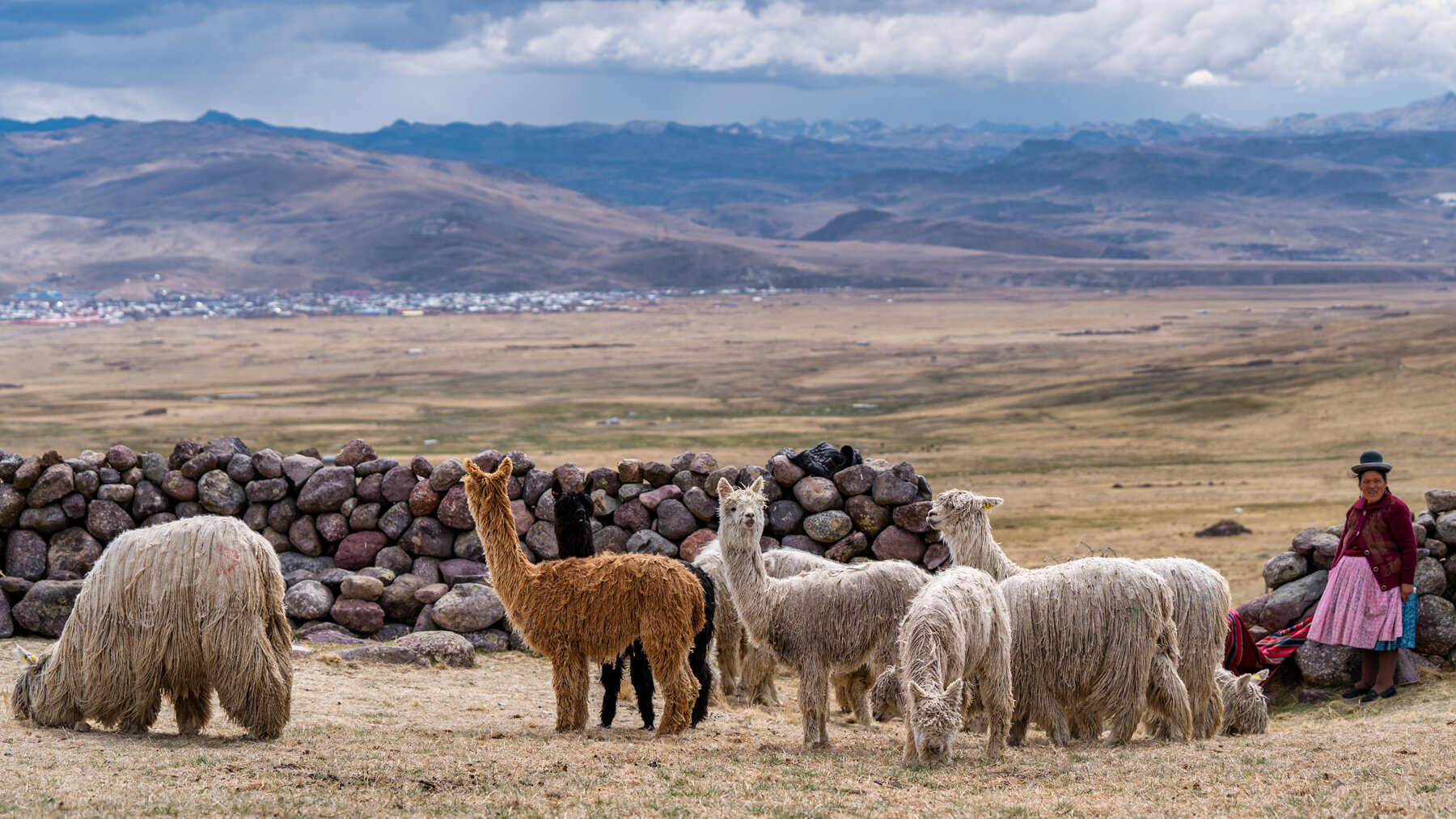
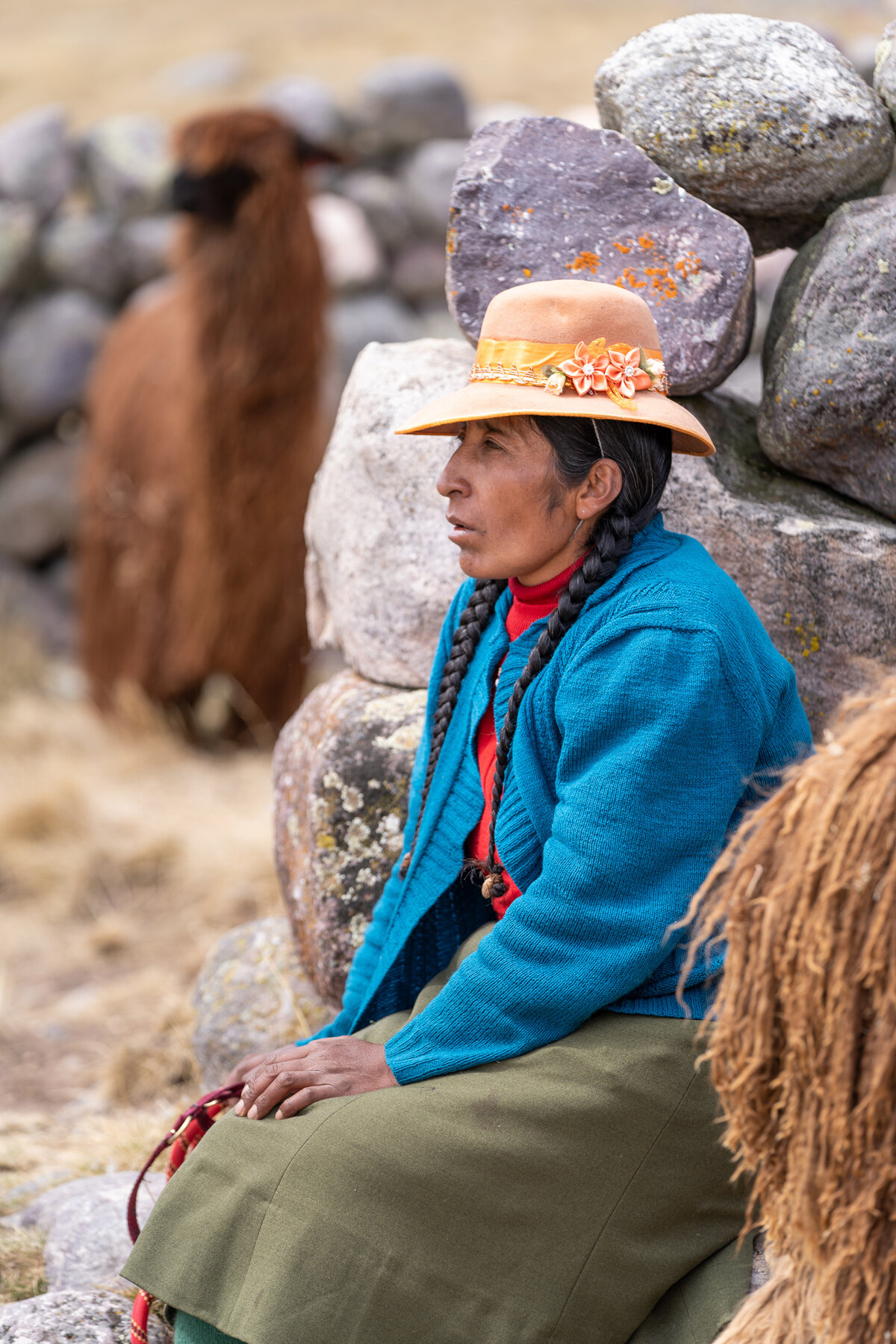
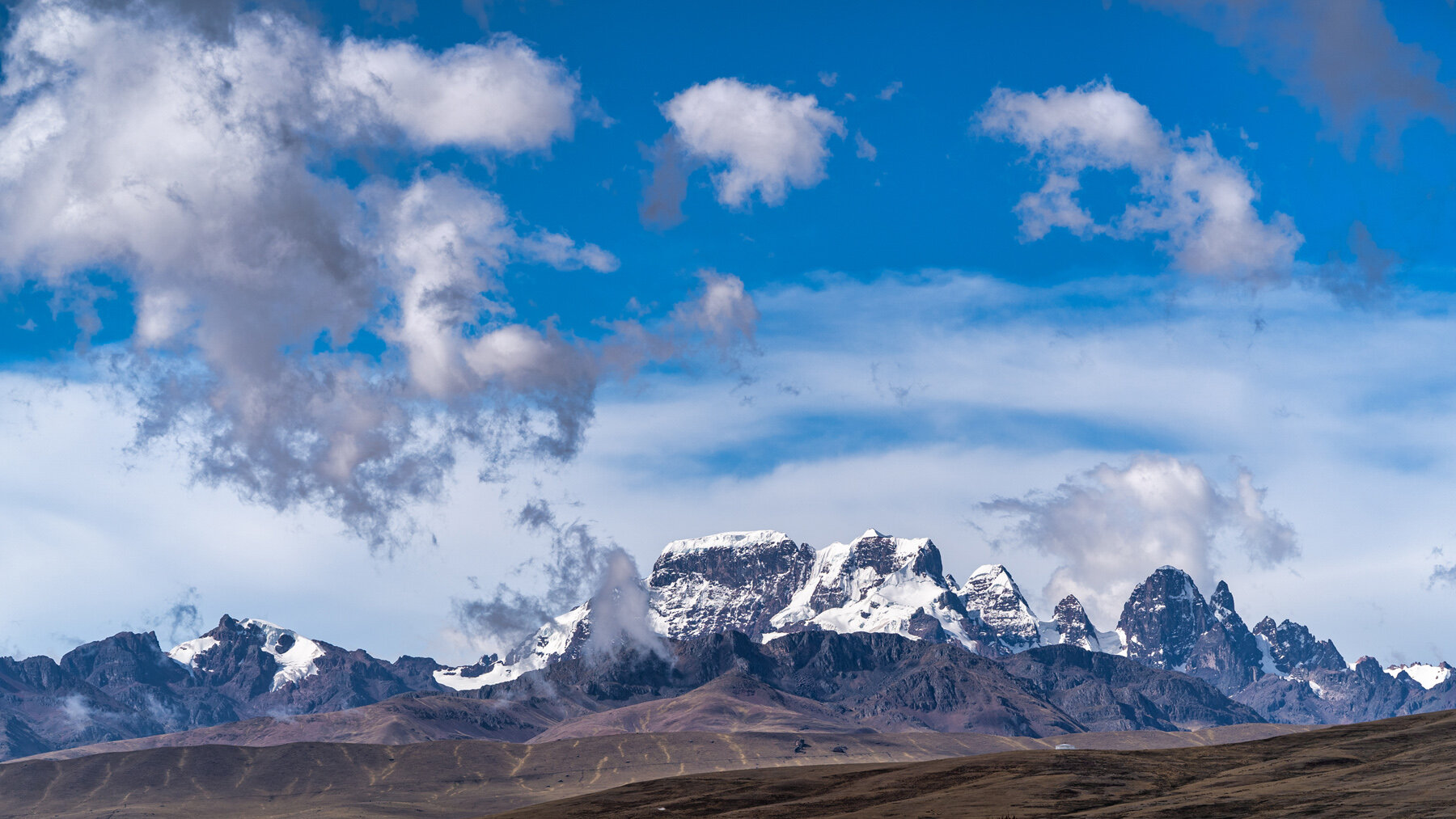
Between the glacier-laden peaks and the alpine lake blanketed valleys and the wild alpaca, rolling grasslands, and hand-made ancient rock-wall corrals and rice and soy and quinoa terraces in between, there was no shortage of photographic opportunities. My coming home with over 5000 frames is testament to that (so yeah...partly why it took a year to get this together…that and, well, after 5 impromptu moves and a loss of most major client work whilst navigating through COVID, let’s just say I won’t be sad to see 2020 in the rearview...).
Following two full days of exploring the region’s most revered breeders and pastures, and being educated by, and about, the various co-ops being organized and popping up to help command a fairer price for their hard-earned efforts in this region, who produce amongst the finest alpaca in the world, we headed down towards the infamous Andean basecamp city of Cusco for one of our final couple nights as a group.
There was one stop in between that we’ll…eh…sorta gloss over strictly for documentary’s sake that involved groups of people feverishly sewing away in the dark underneath crickety stairs on the other side of a thick metal gate in a back alley in a tiny hillside village culminating in a big black nondescript duffelbag being thrown into the back of the van by someone who couldn’t get far enough from us fast enough after doing so.
Now it’s more than natural for anyone reading this to quickly understand what was in those bags…Peru…back alleys…hillside villages…duffelbags…
Teddy bears!!
I kid you not (don’t ask…but CERTAINLY buy one. Being as they’re made with baby alpaca fibers, they are the softest little buggers you’ll ever meet).
Anyhow, a few hours later, down and around and through the valley was Cusco, Peru.
This ‘town’ is inarguably amongst the most charming in the country. While these days it’s typically base camp and a starting off spot for people as they begin their journey into the highlands and the Sacred Valley, considered the historical capital of Peru, it is incredibly rich in its culture and I would posit deserves a trip all on its own.
We only had a bit over a full day here, which isn’t nearly enough time to explore its intricate maze of winding cobblestones that lead from one somewhere to another random elsewhere, all of which equal in their charm.
Courtyards, grand plazas, overlooks, cafes, alley-way markets, reallllly old doors (yeah, I got a thing for old doors), ancient ruins, majestic cathedrals rivaling any found in European cities.
It was stunning.
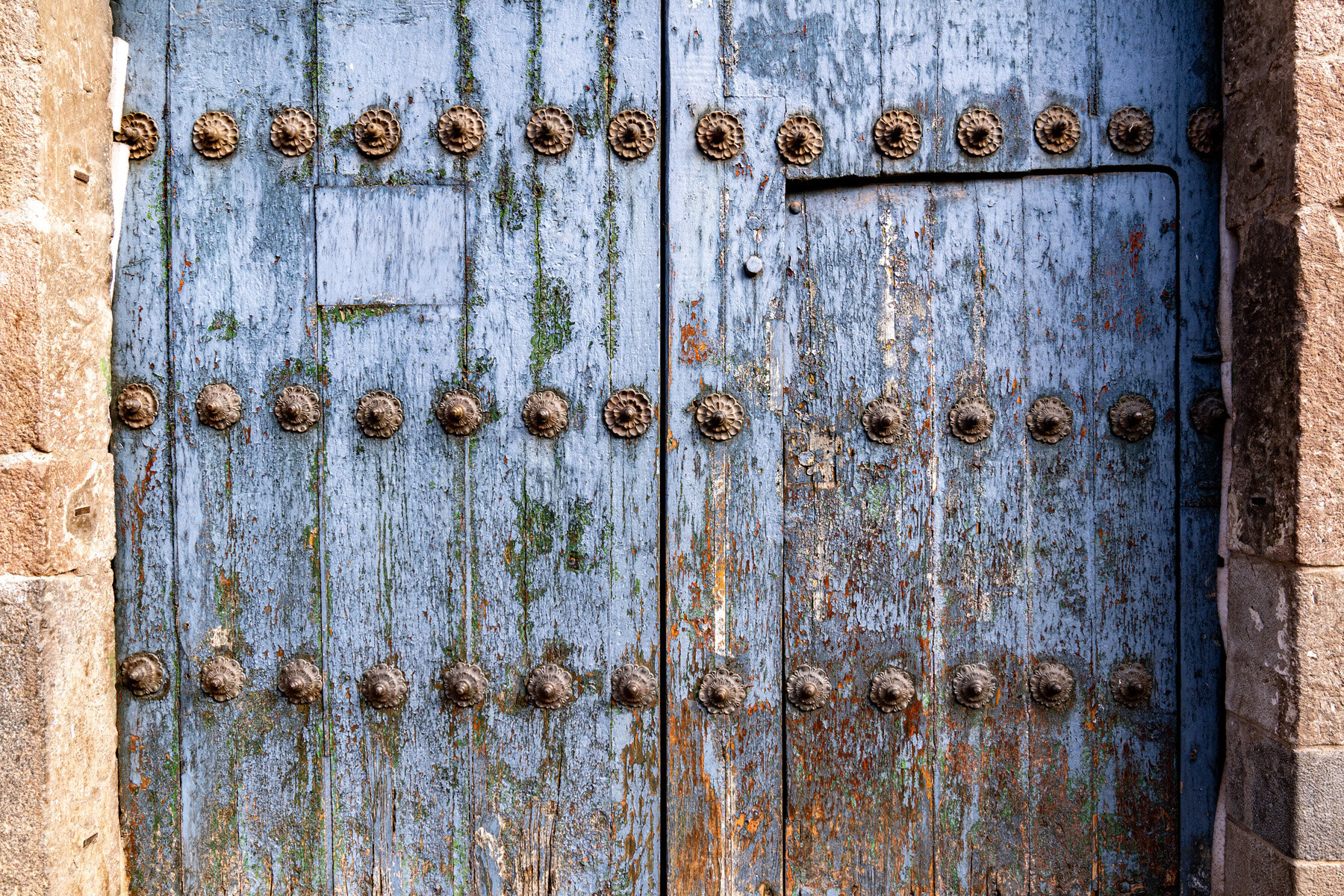
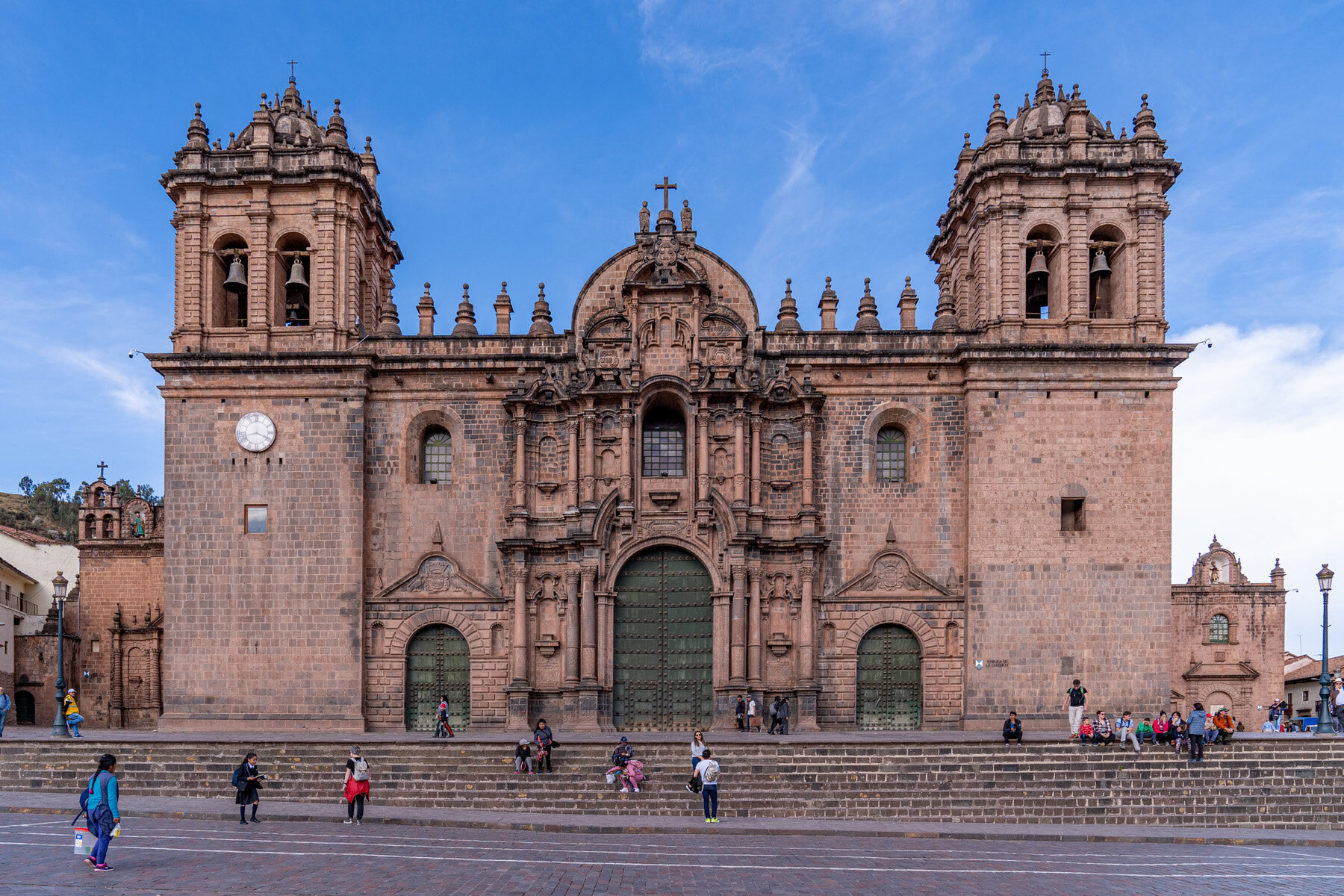

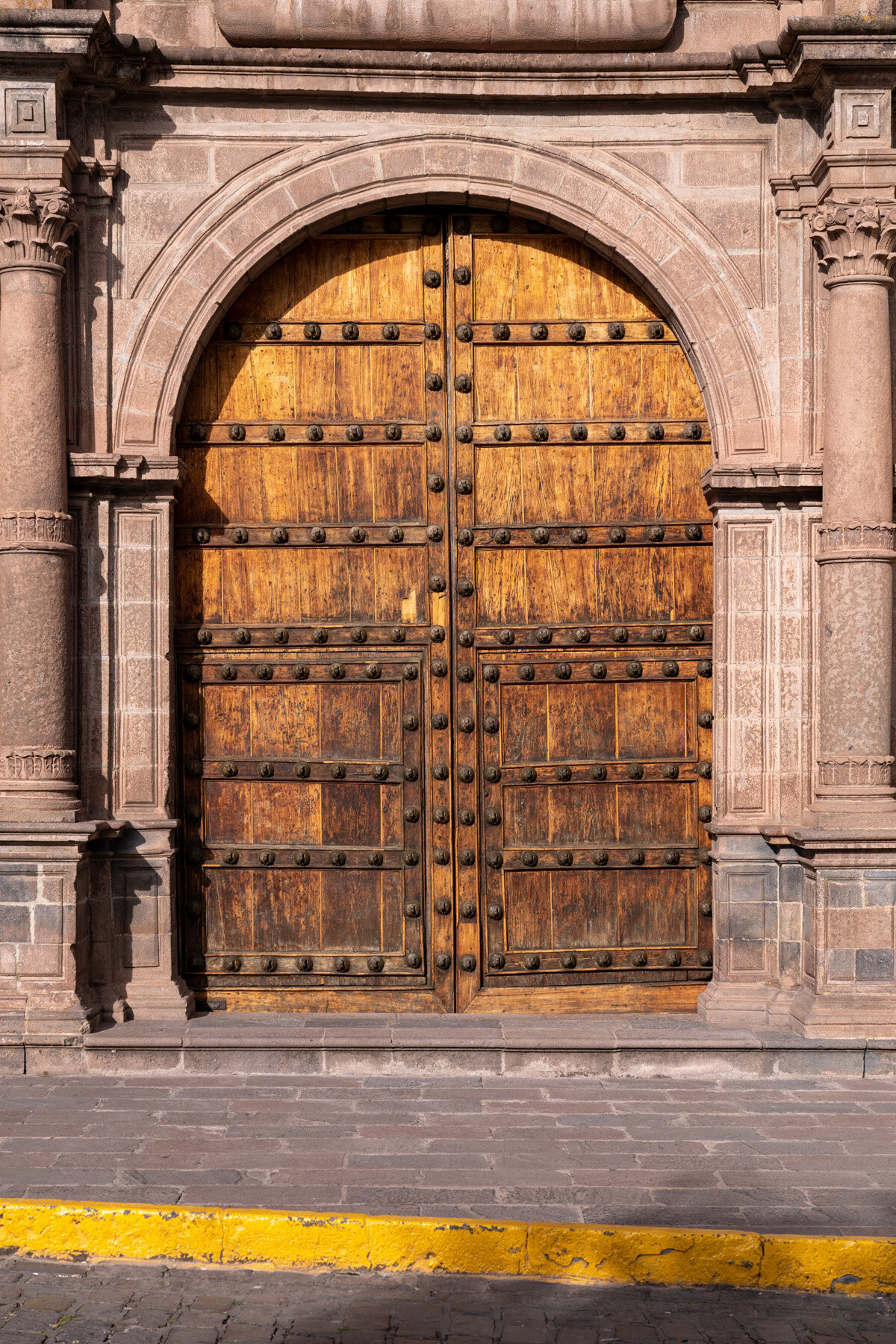
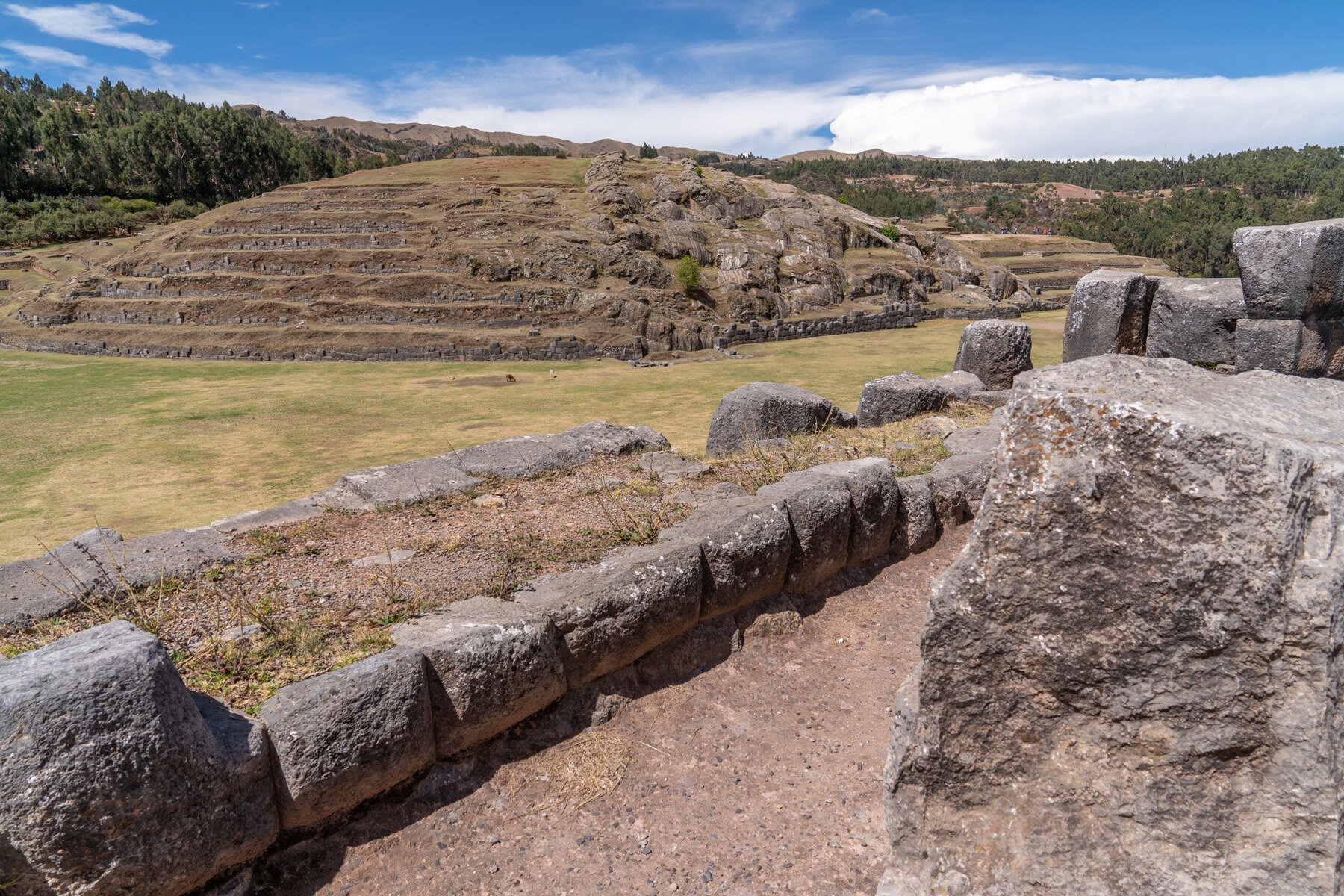
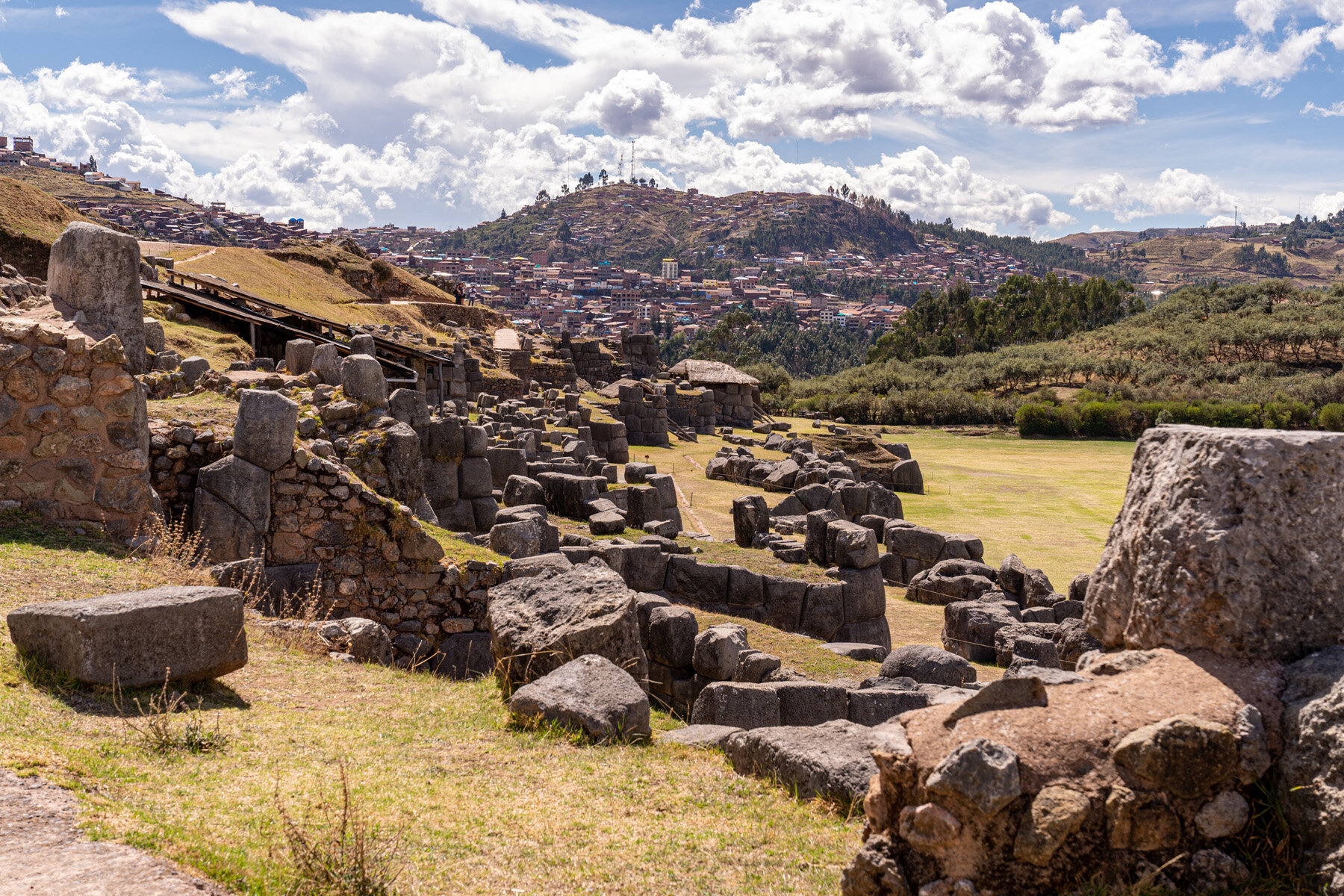

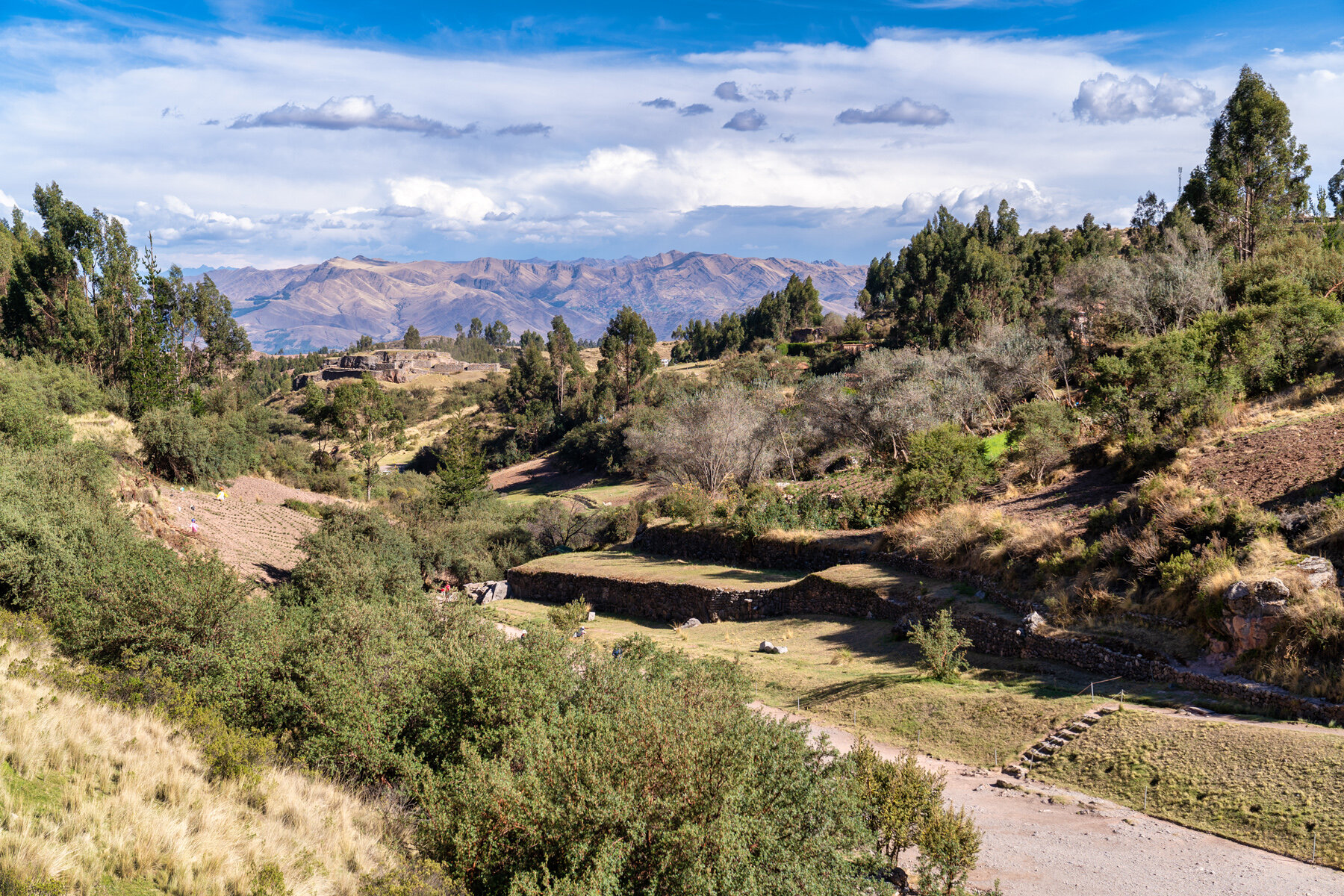
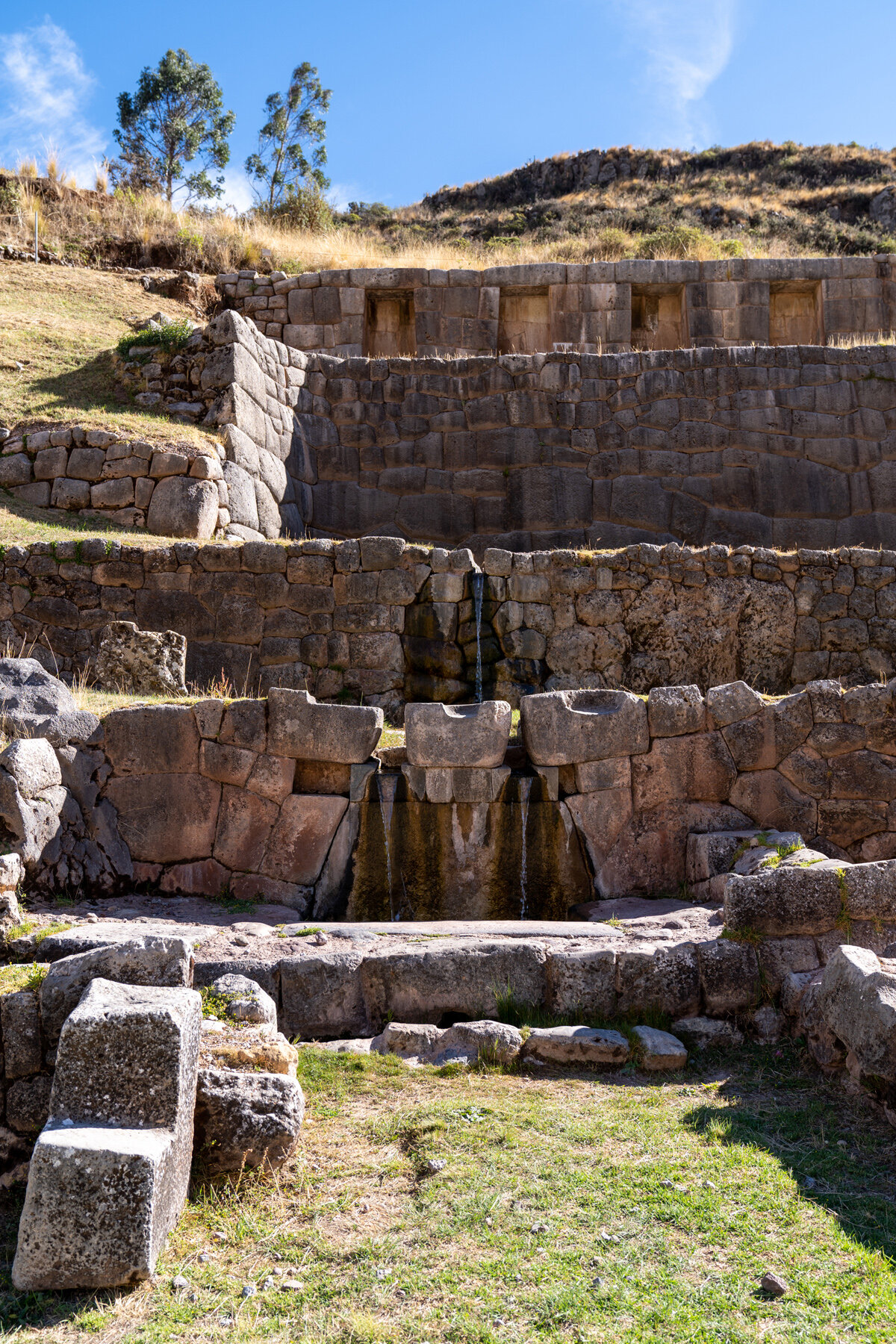

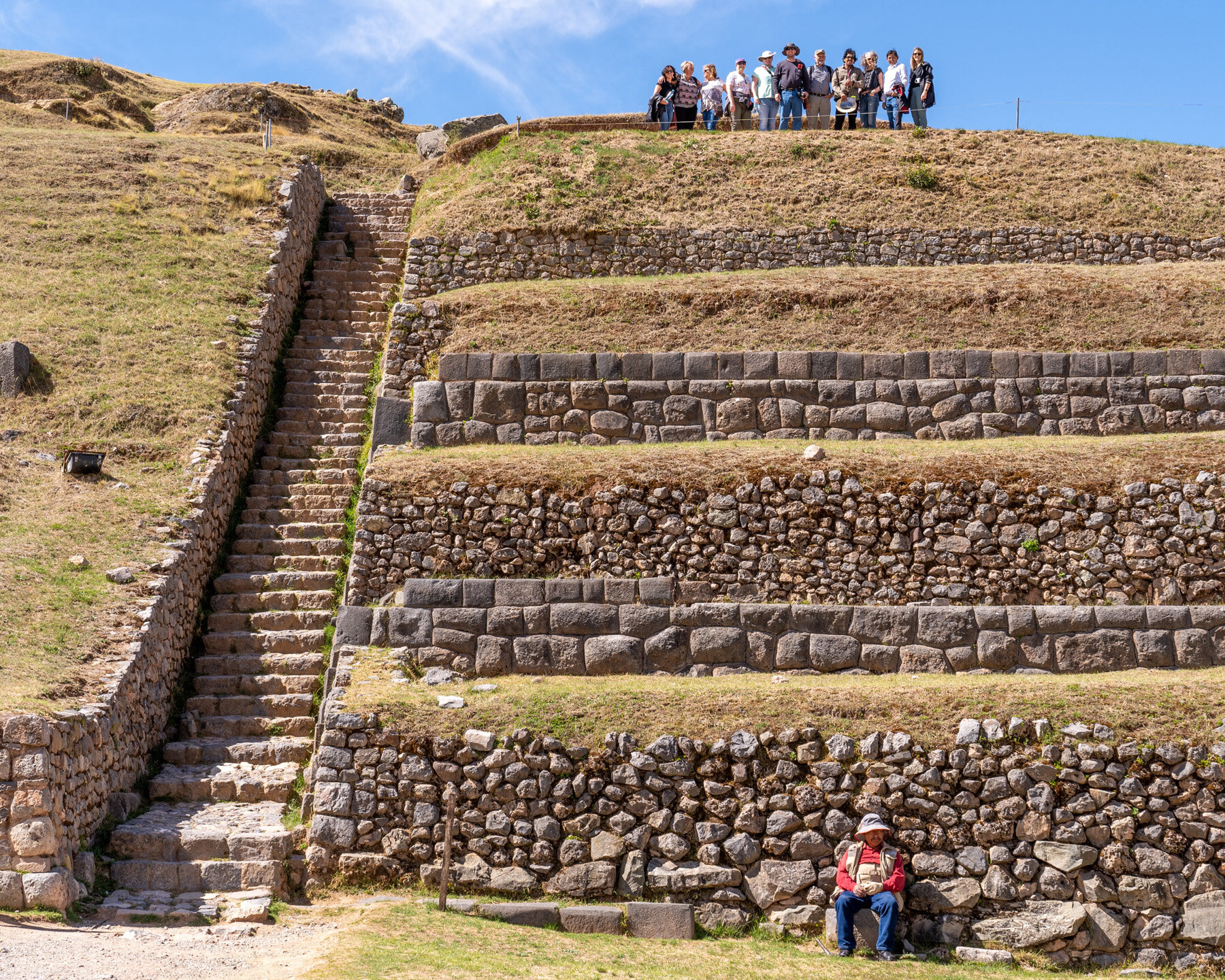
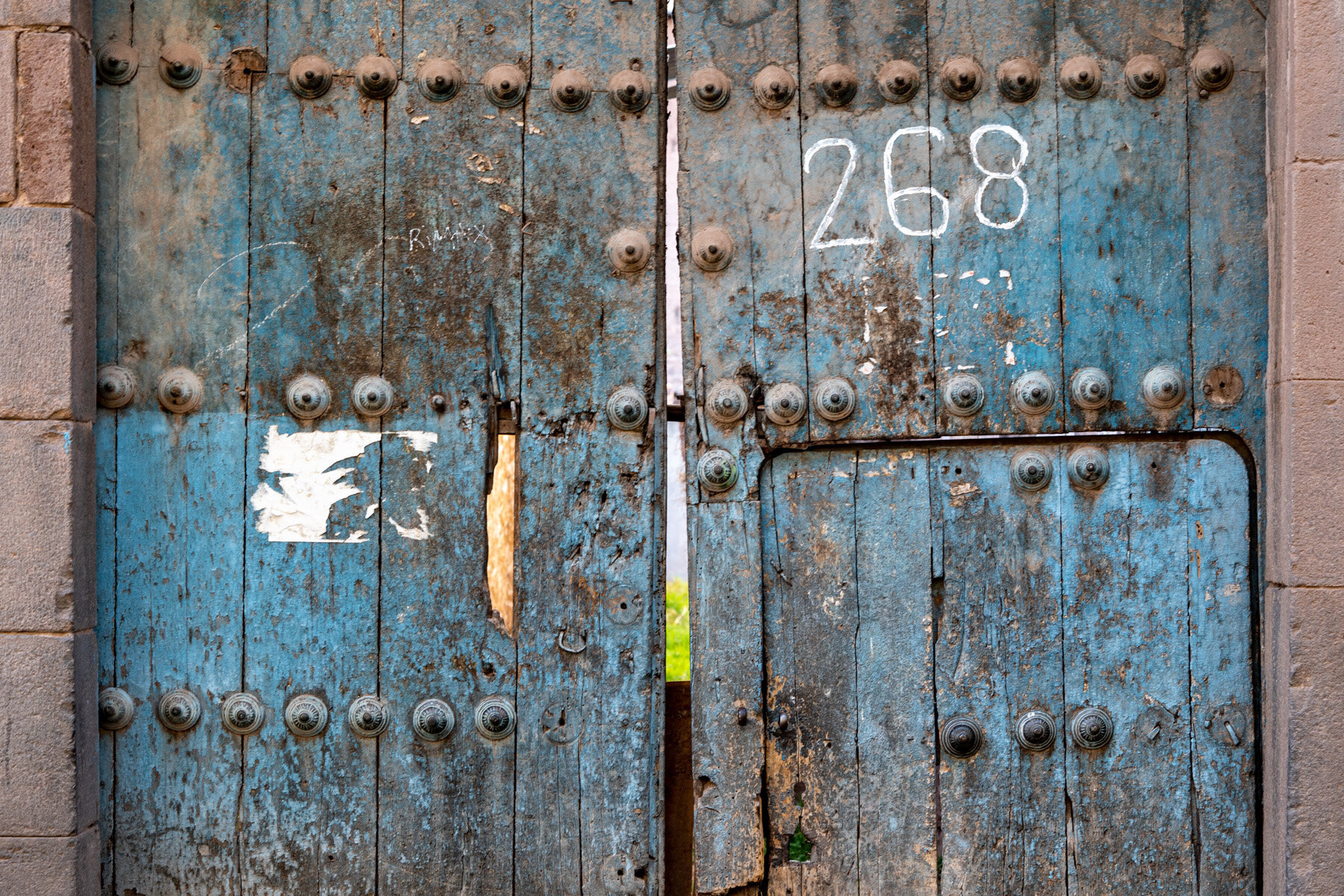

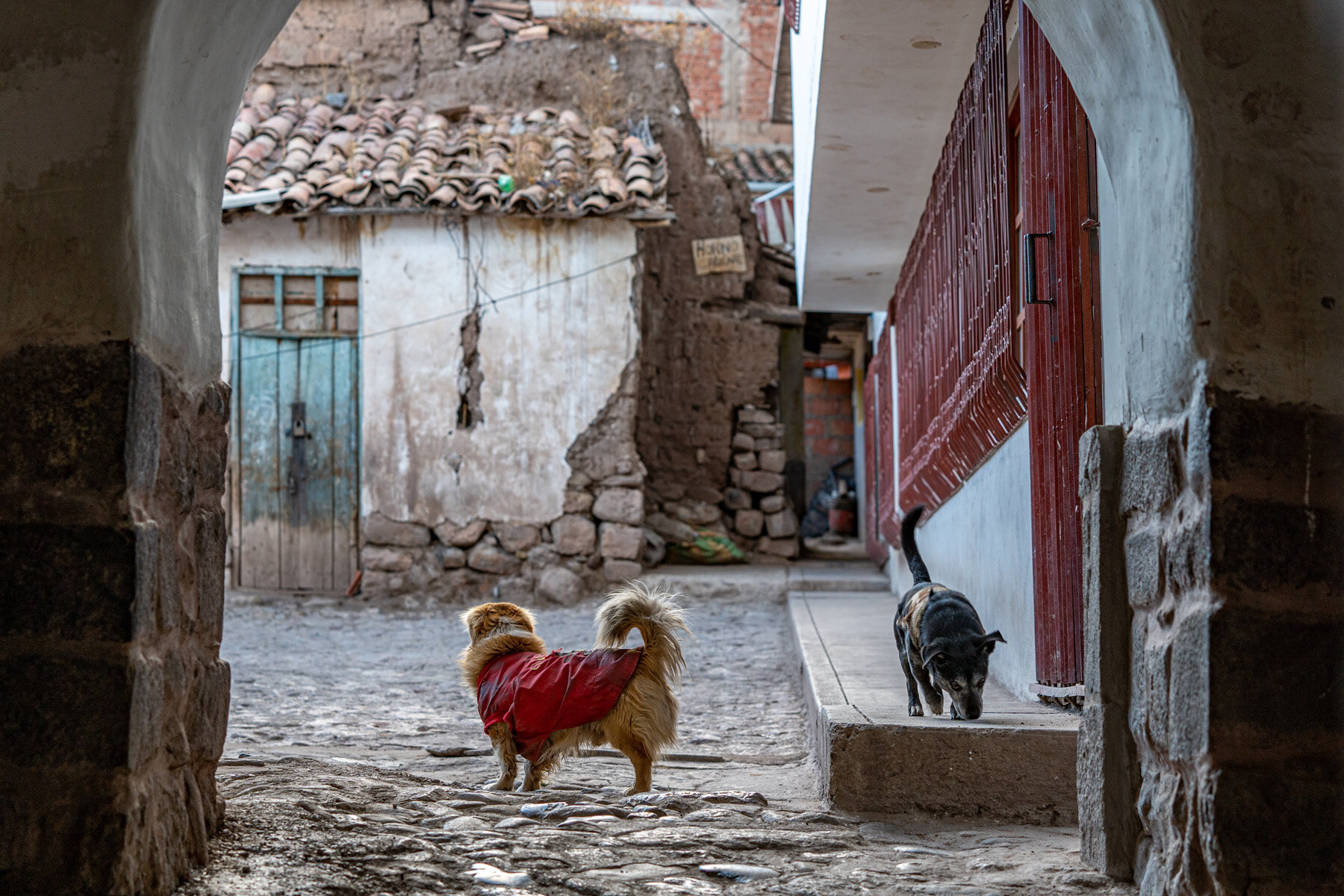

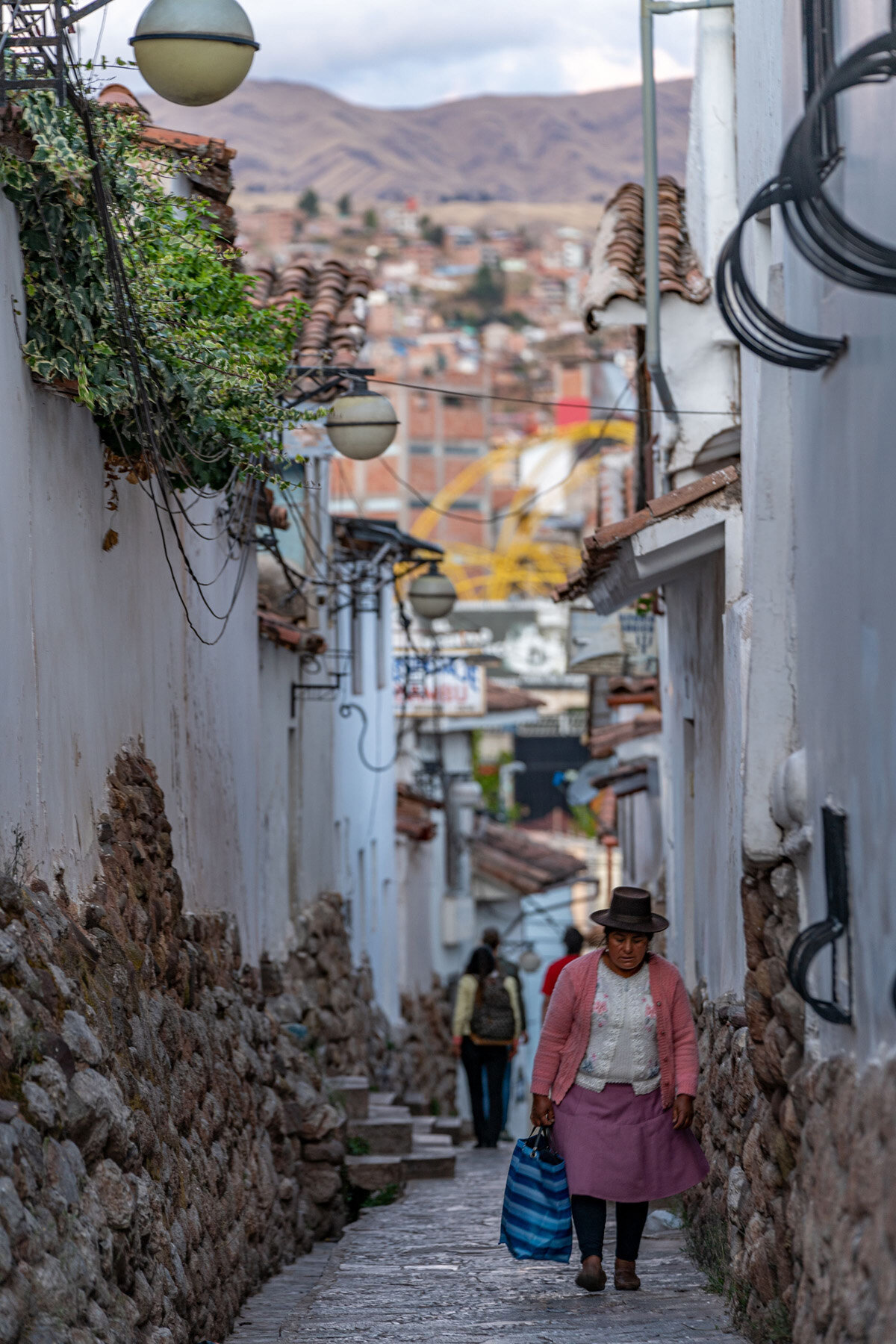
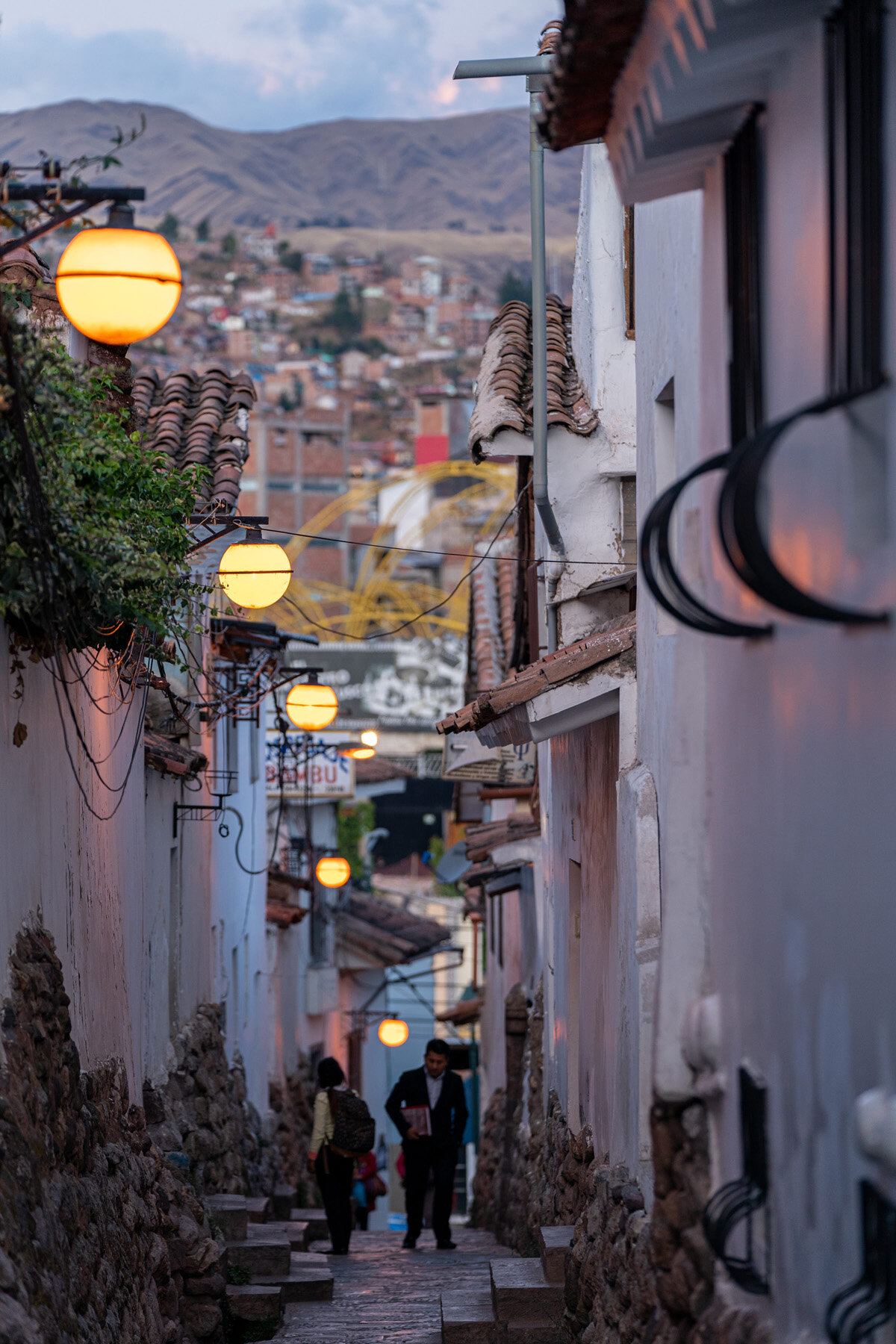

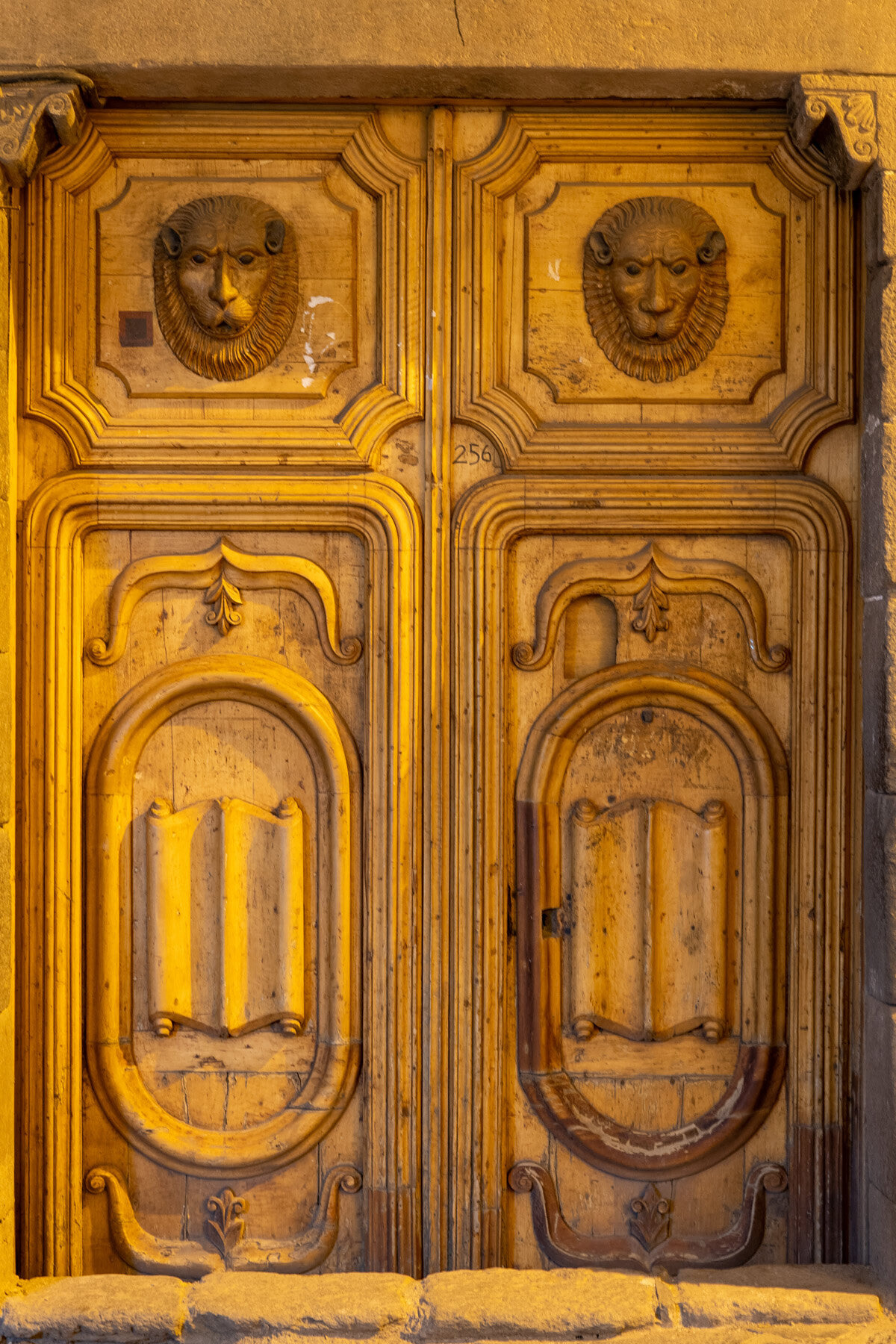
And it went by too quick. Being as how our time was limited, we didn’t get to get anywhere near a deep dive, however, in testament to the great planning by our Quechua Benefit hosts, we were certainly able to do considerably more in those 24 allotted hours before embarking on the next part of our journey, than I would have otherwise.
We had a chance to meander through Plaza de Armas, the central plaza in Cusco, which included a fountain and park bordered by churches and outdoor cafes and markets and stalls.
Perhaps the highlight was our tour of various lesser popular Inca ruins than Machu Picchu such as Tambomachay and Q’enqo, some of which included old royal dwellings, others of which were what remains of the villages of the common inhabitants of the time, and still others what’s left of various wells and agricultural sites that sustained them all. All of which overlooked the city of Cusco in the valley below.
I’d call this stop in Cusco more of a teaser than anything. We got snippets of some of the main attractions, but, at some point in the future, am aching to experience the feature film.
While I would have liked more time to explore this historically rich and photogenic town, our itinerary had us moving on to the optional post-alpaca part of this thing. And when ‘optional’ includes the Sacred Valley, home to some curious place dubbed Machu Picchu, you opt in! How do you NOT opt in!?!
It began, like everything else on this trip, with a winding picturesque van ride through a valley whose walls climbed higher with each passing kilometer. While our destination for the day was the mountainside-straddling-gravity-defying centuries-old village of Ollantaytambo, like most days of this trip, there were charming and unexpected detours along the way.
The first was the Lamay District of Peru, best known for a local delicacy named “Cuy.” You don’t want to know, you really really don’t want to know. So for those that don’t want to know, and that means you (for real yo!), don’t read the rest of this paragraph. The part where I explain that ‘cuy’ is...well...guinea pig. And to further add trauma to your childhood, they treat it almost like a lobster bar, where you literally pick which one you want from a cage of unassuming adorably cute furries running around with no idea what they’re in for. Yeah...so...moving on...
The next detour was considerably more appetizing; Apulaya - Center for Andean Cultural in Calca, and home-base of Alliyma hand-spun Peruvian yarn, who would be hosting us for an afternoon that included a-made-from-scratch traditional barbeque meal cooked in an earthen oven, and the main event - learning how to naturally die alpaca wools before (attempting to) spin them into yarns. You’d think this was easy, but woah Nelly, take it from me, this is a proper art (that even requires, especially if you have an affinity for the color purple, building an immunity to the smell of fermented sheep urine. Mmmhmm. You read right.).

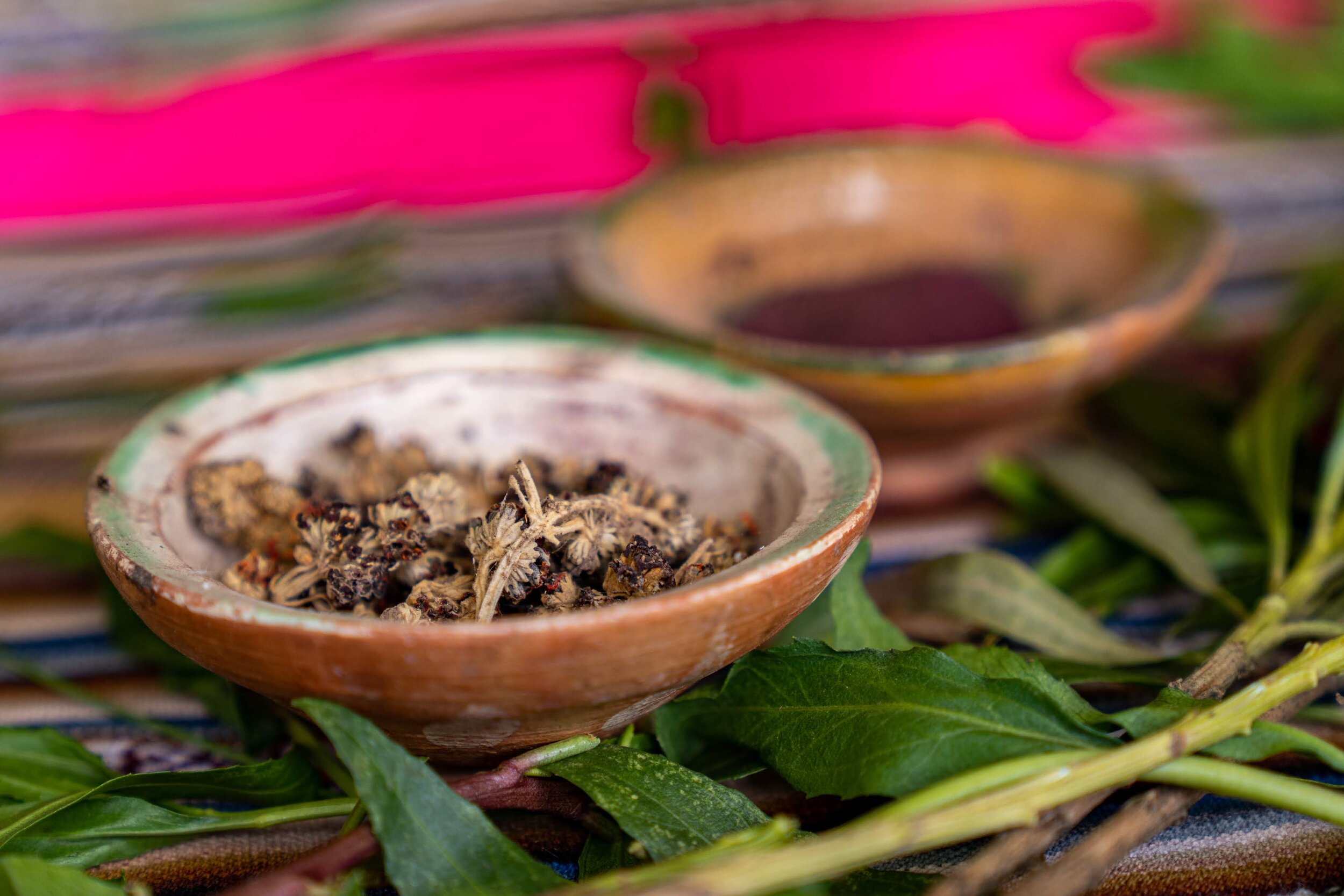
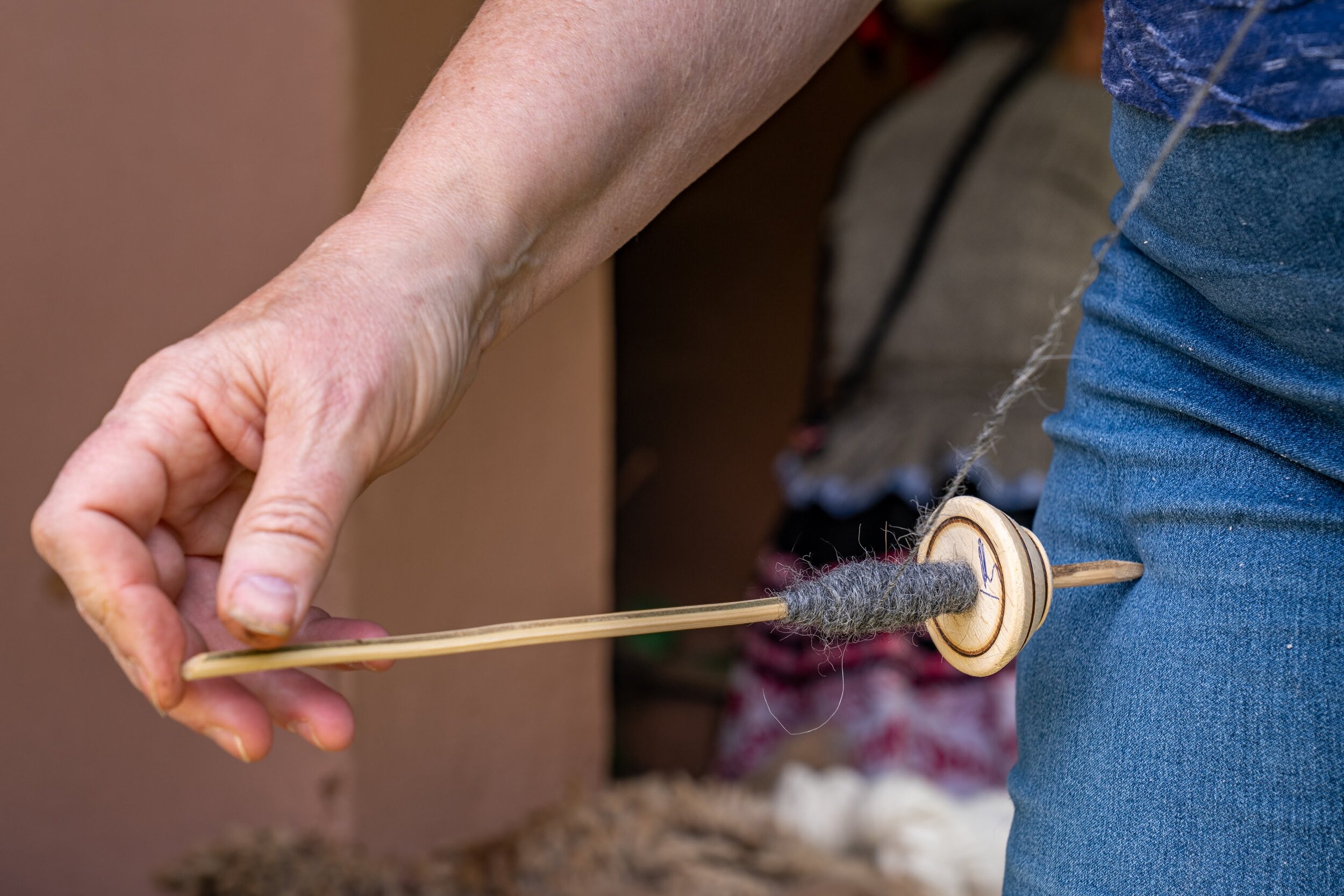
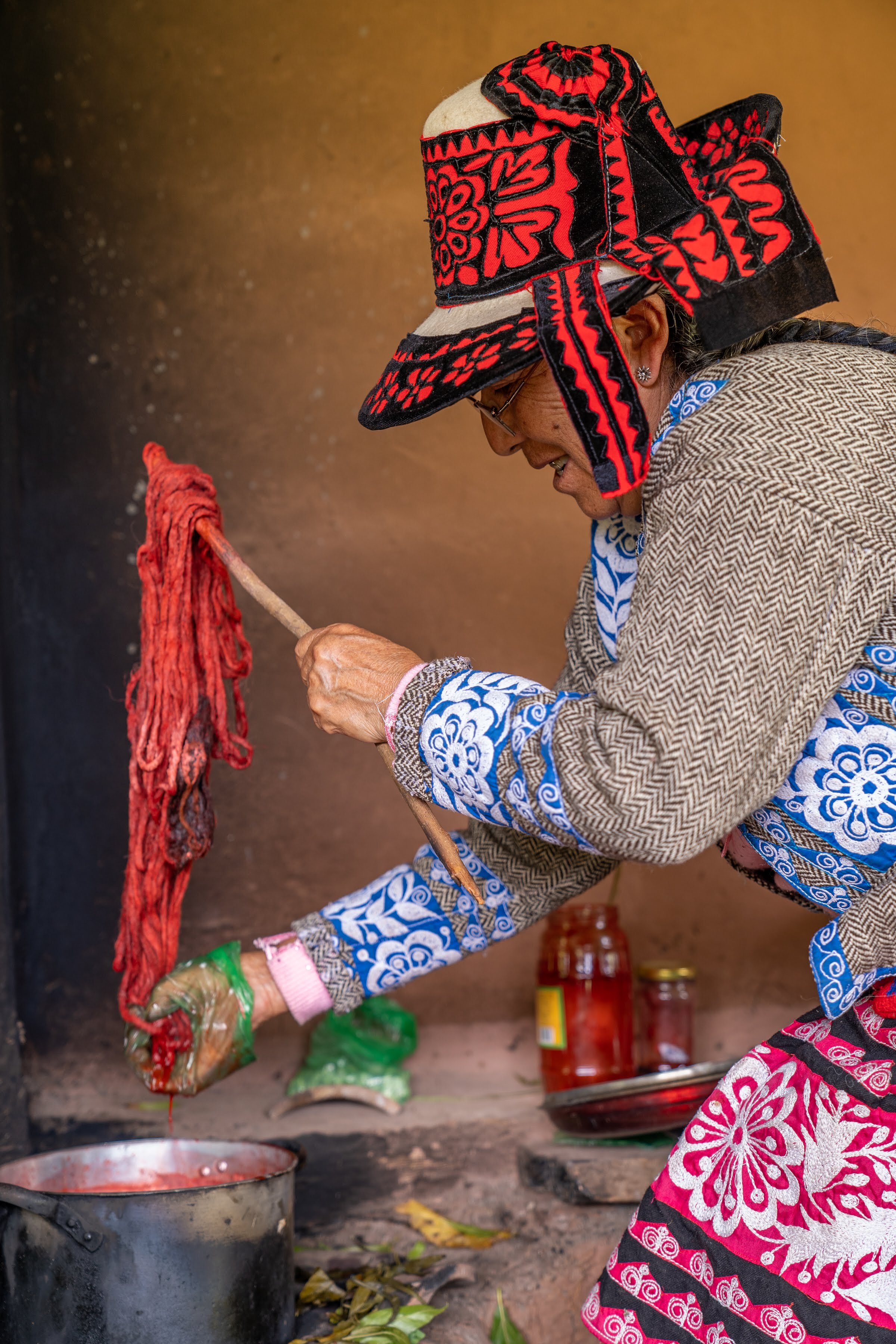
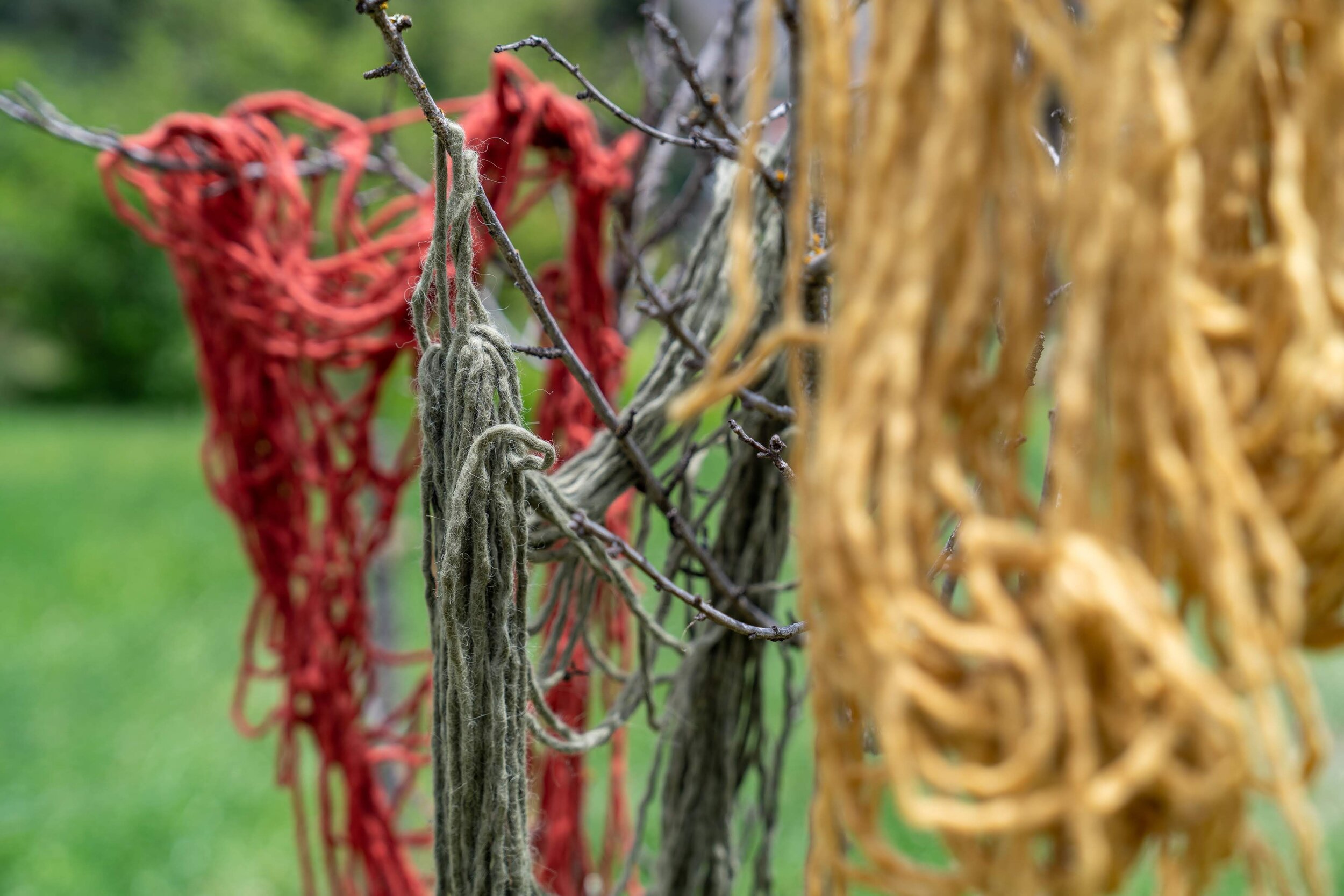

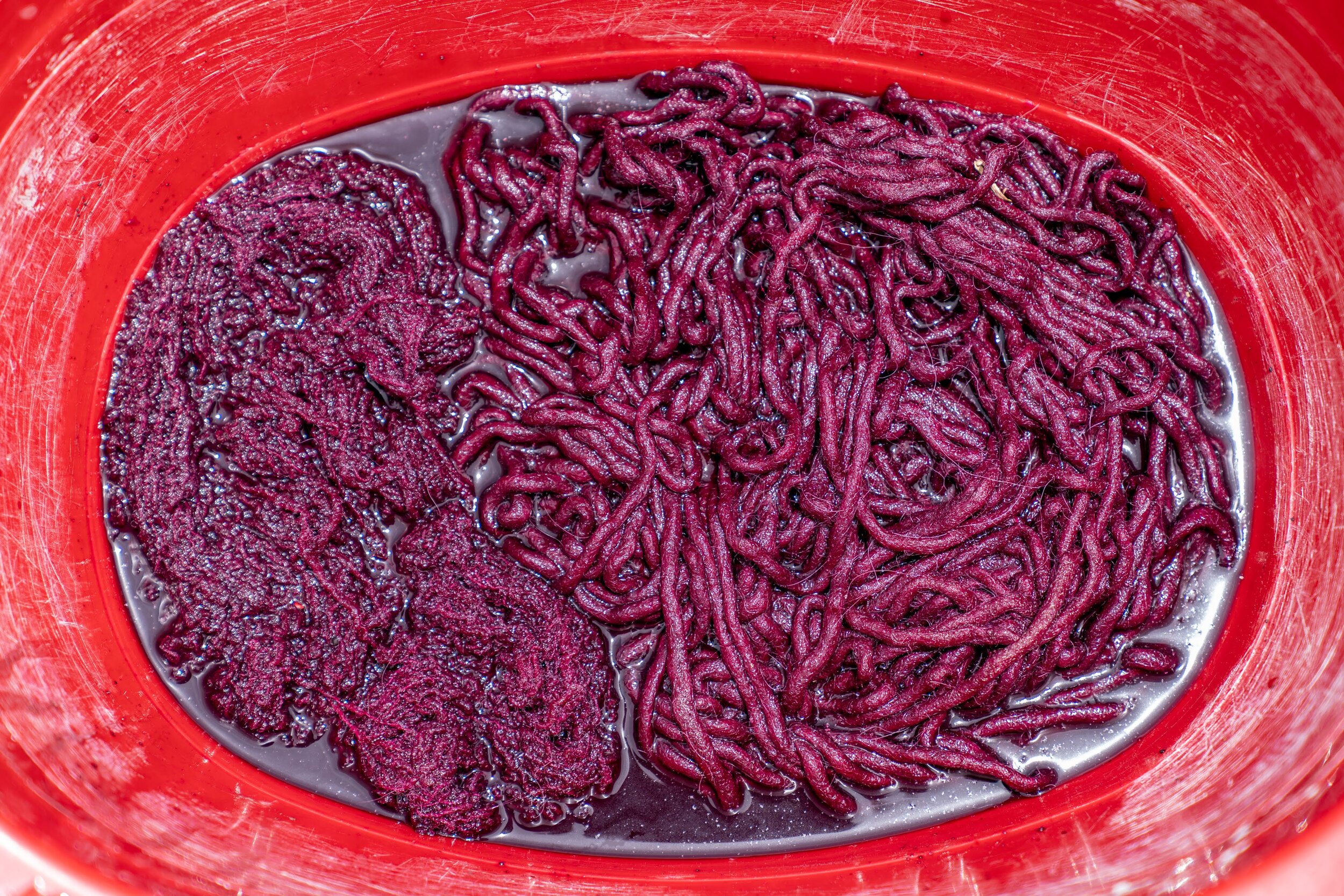
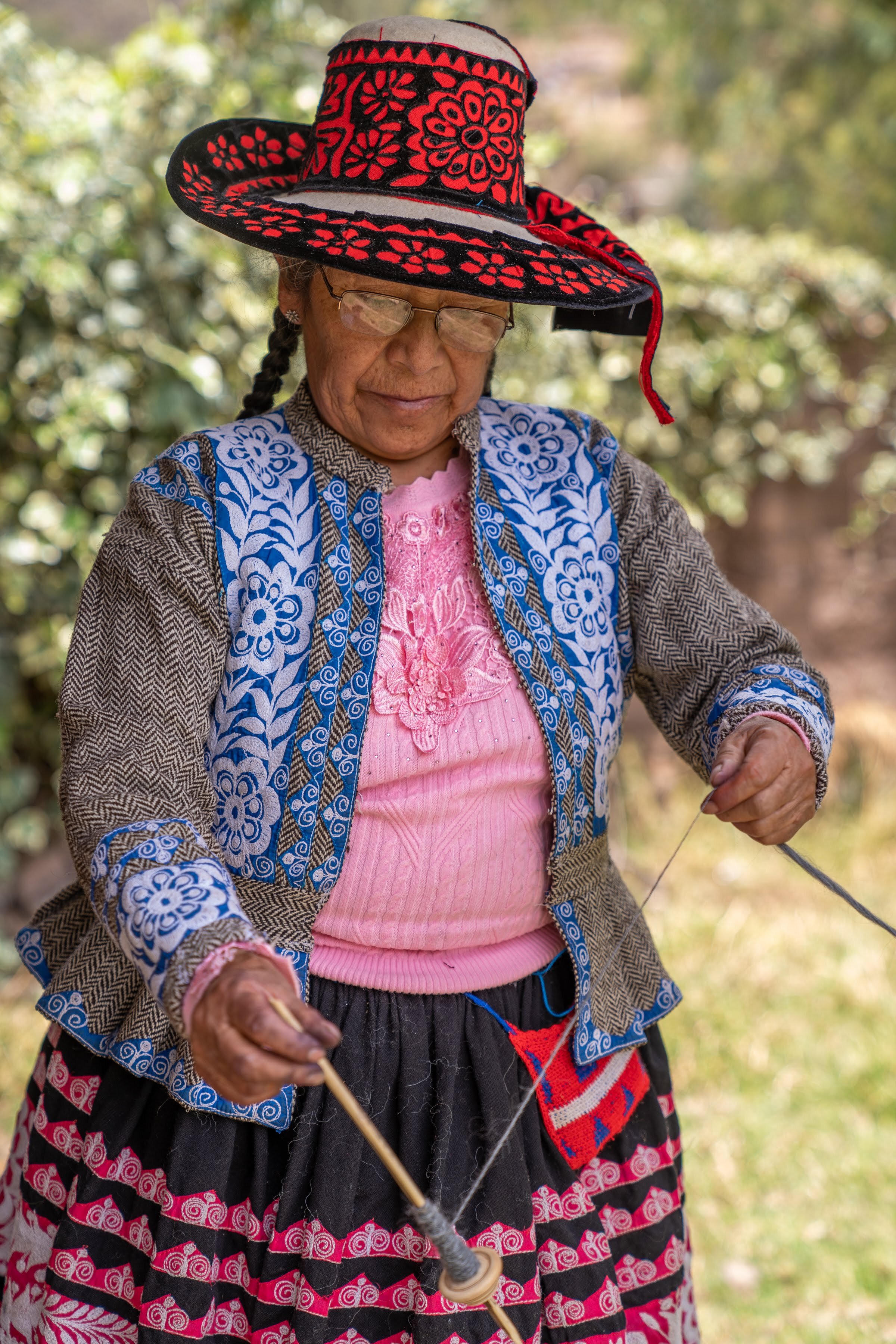
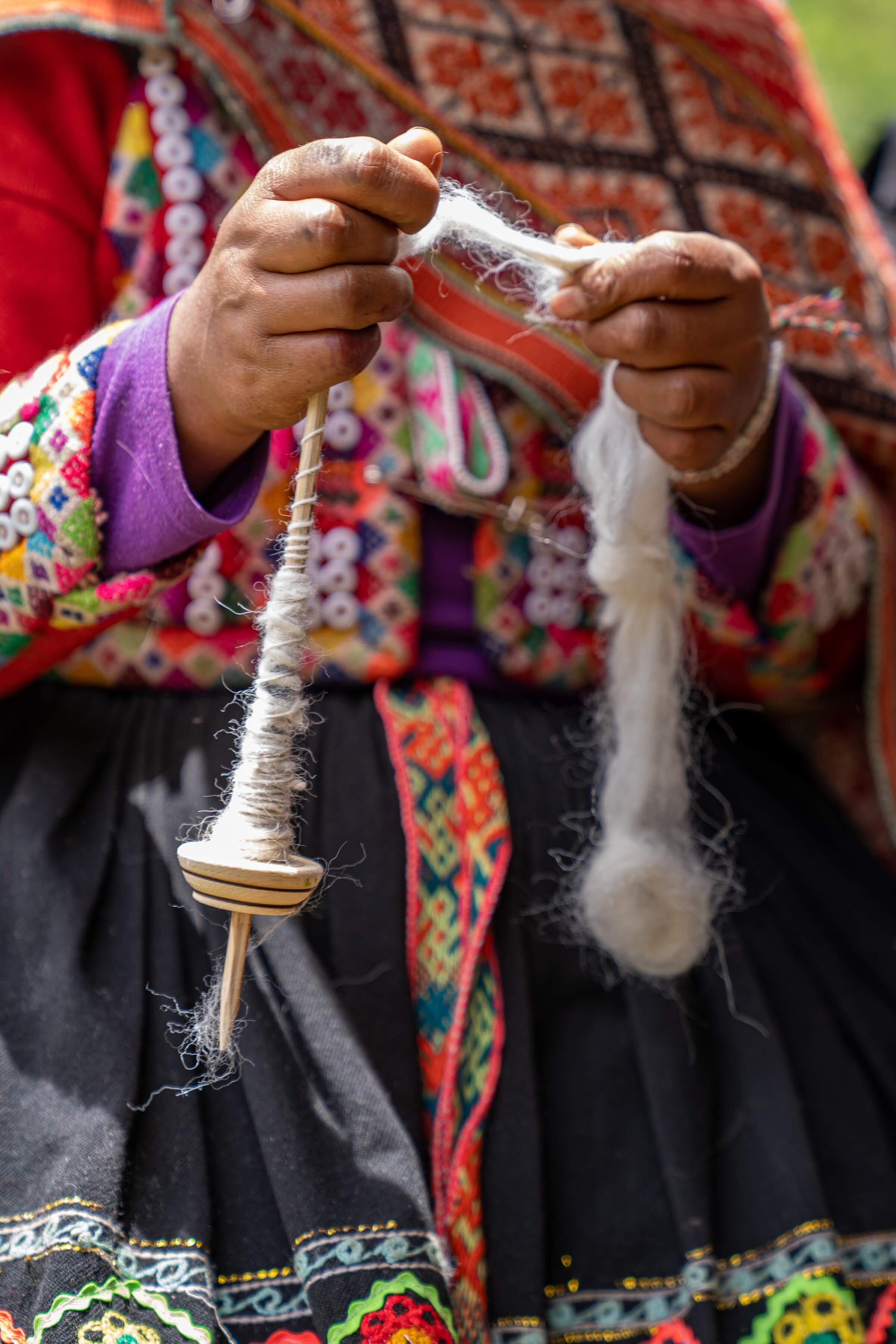
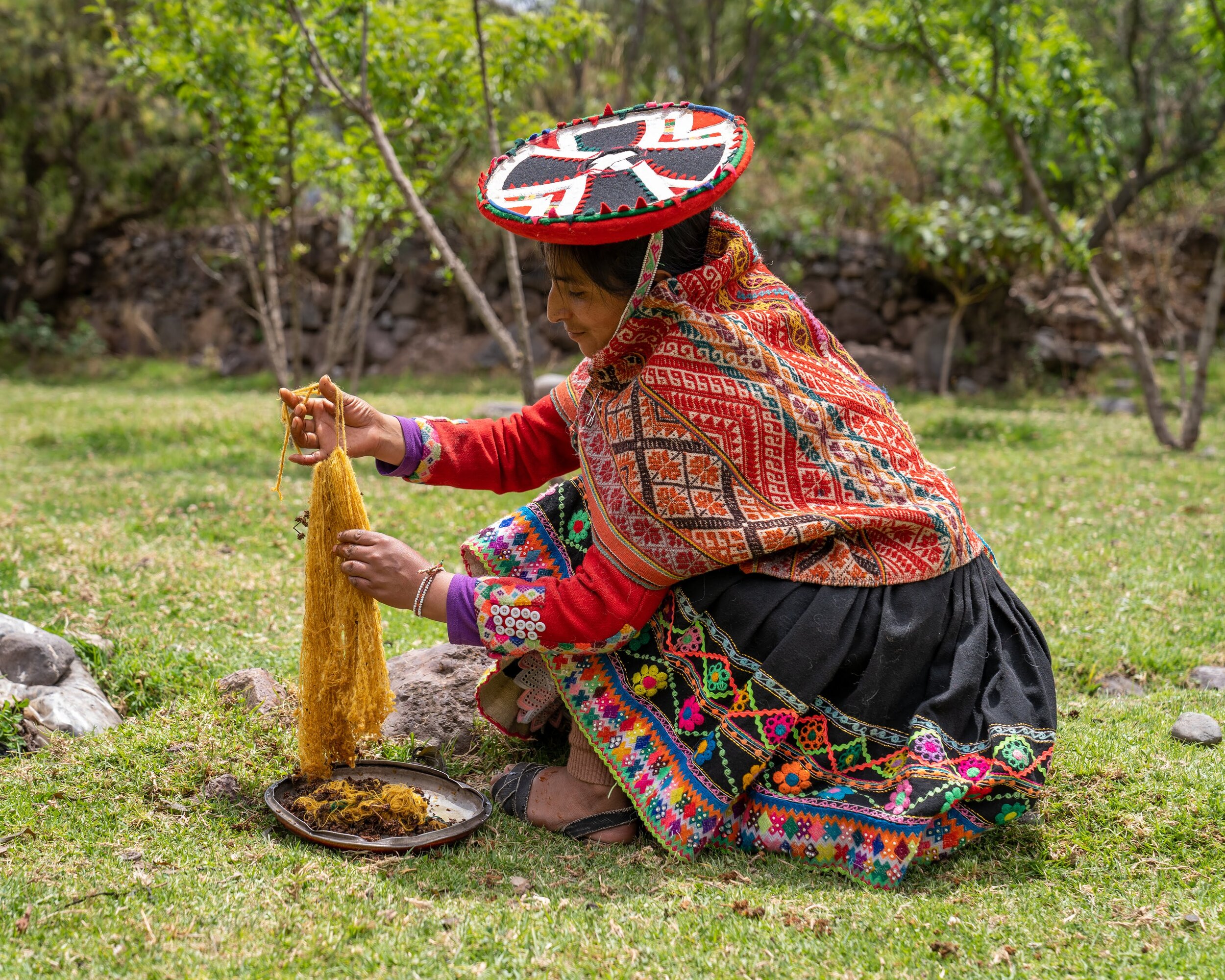
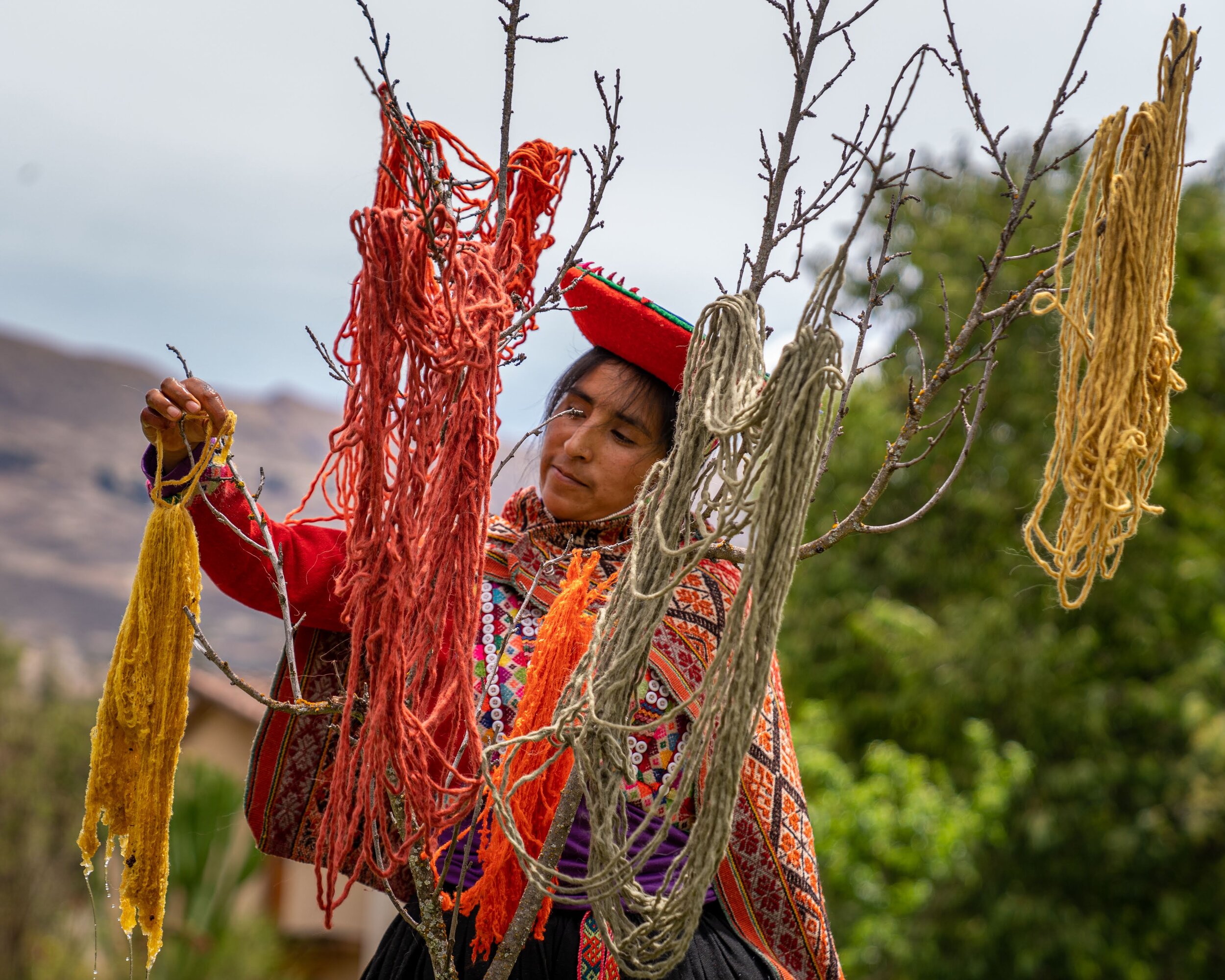
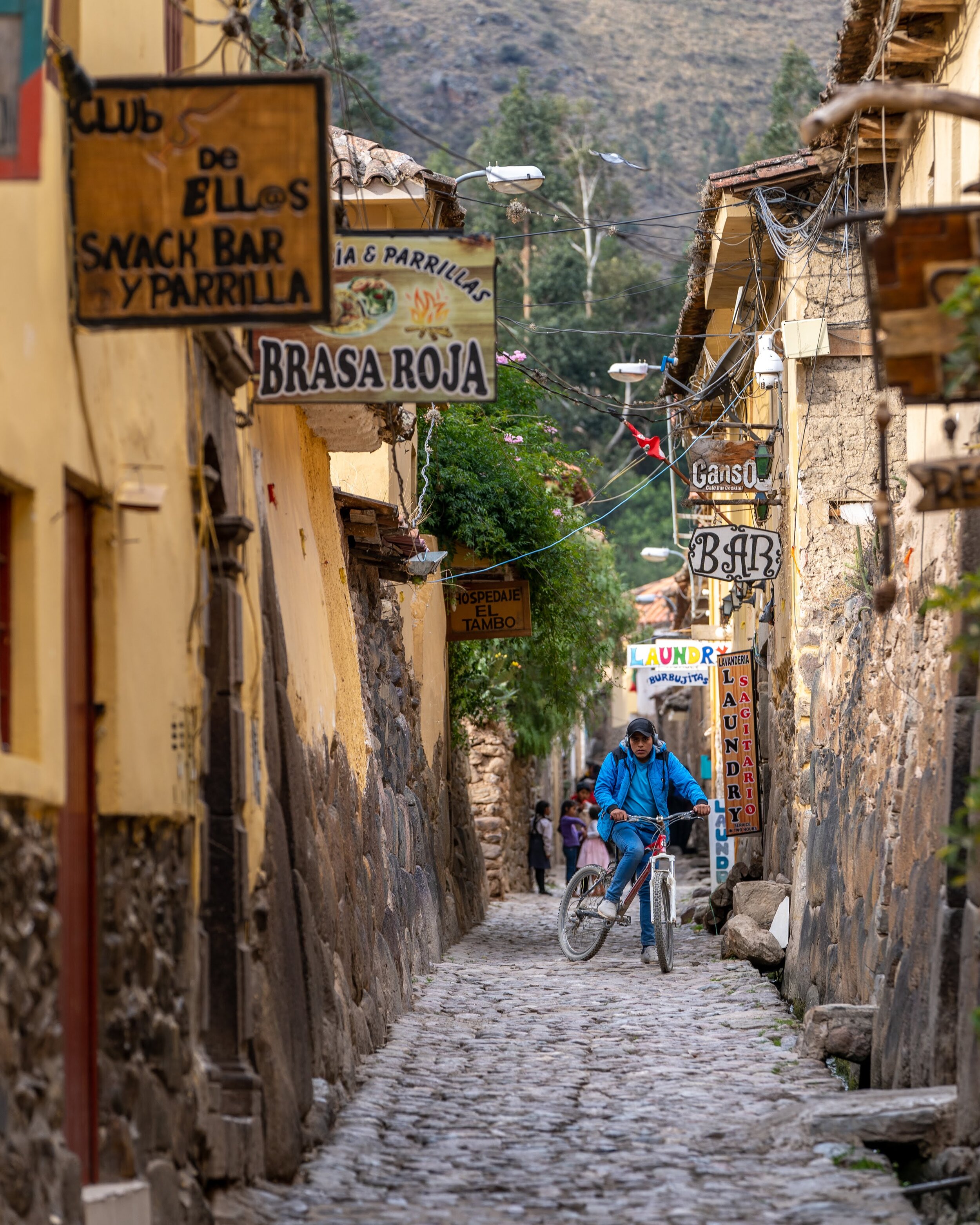

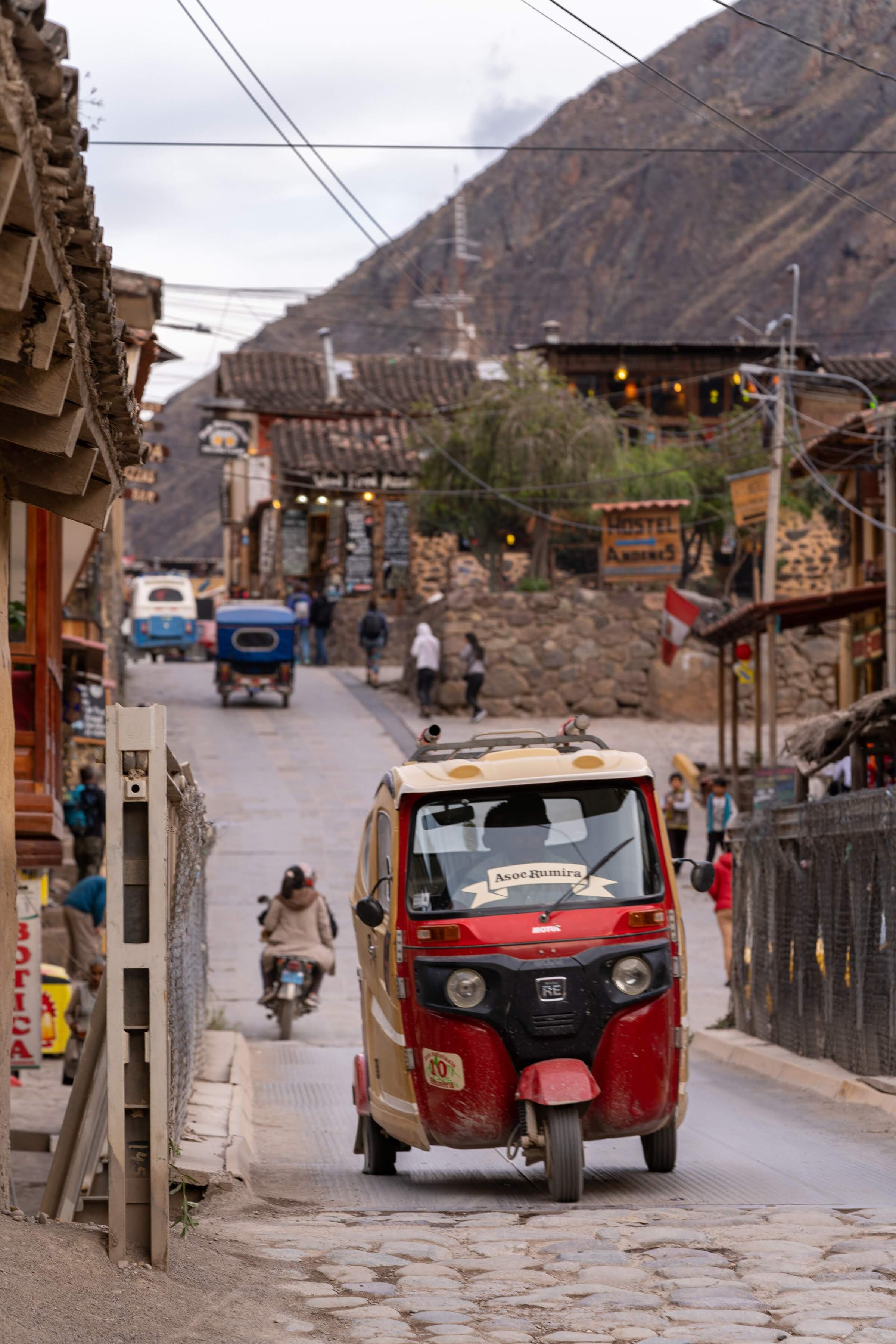


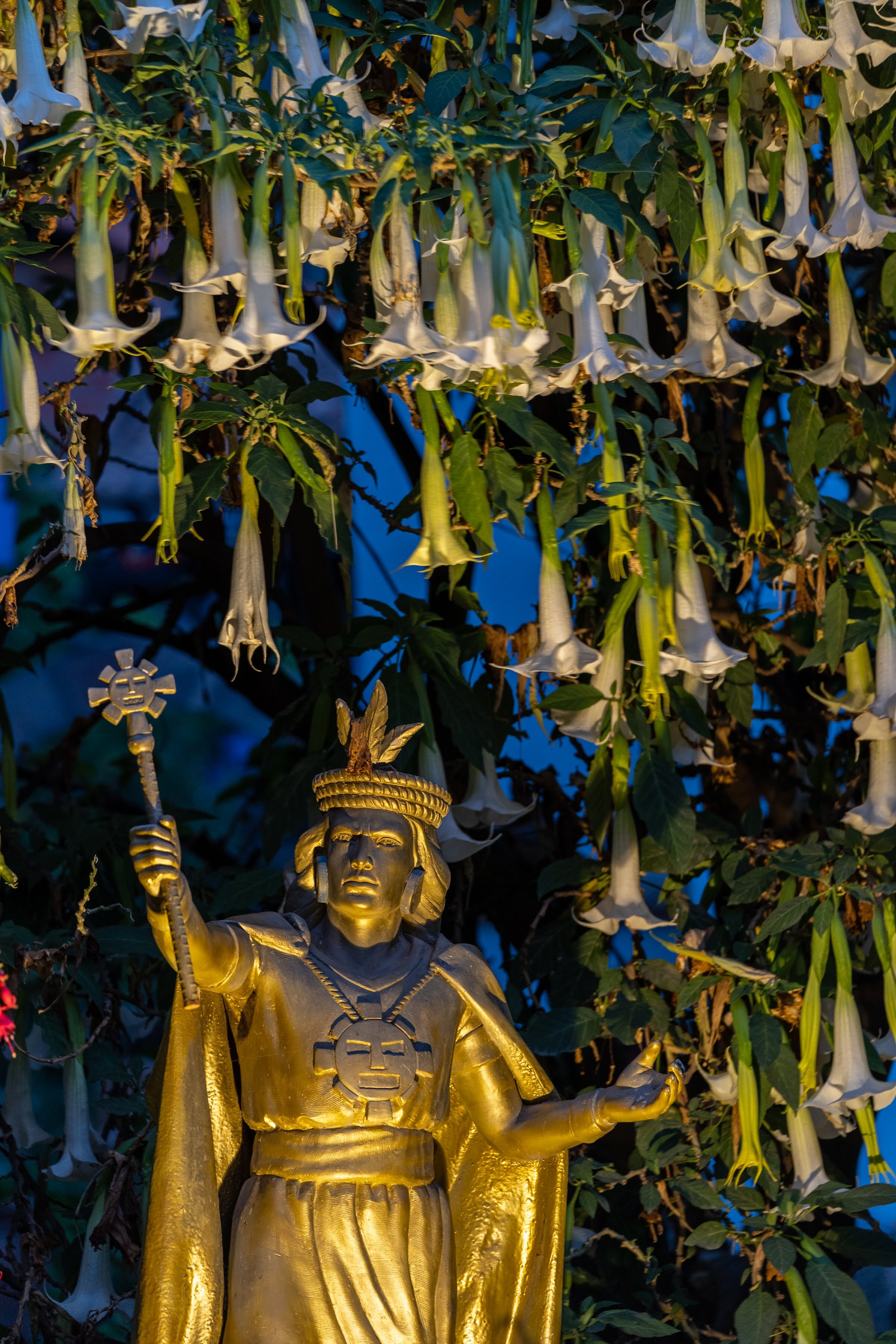
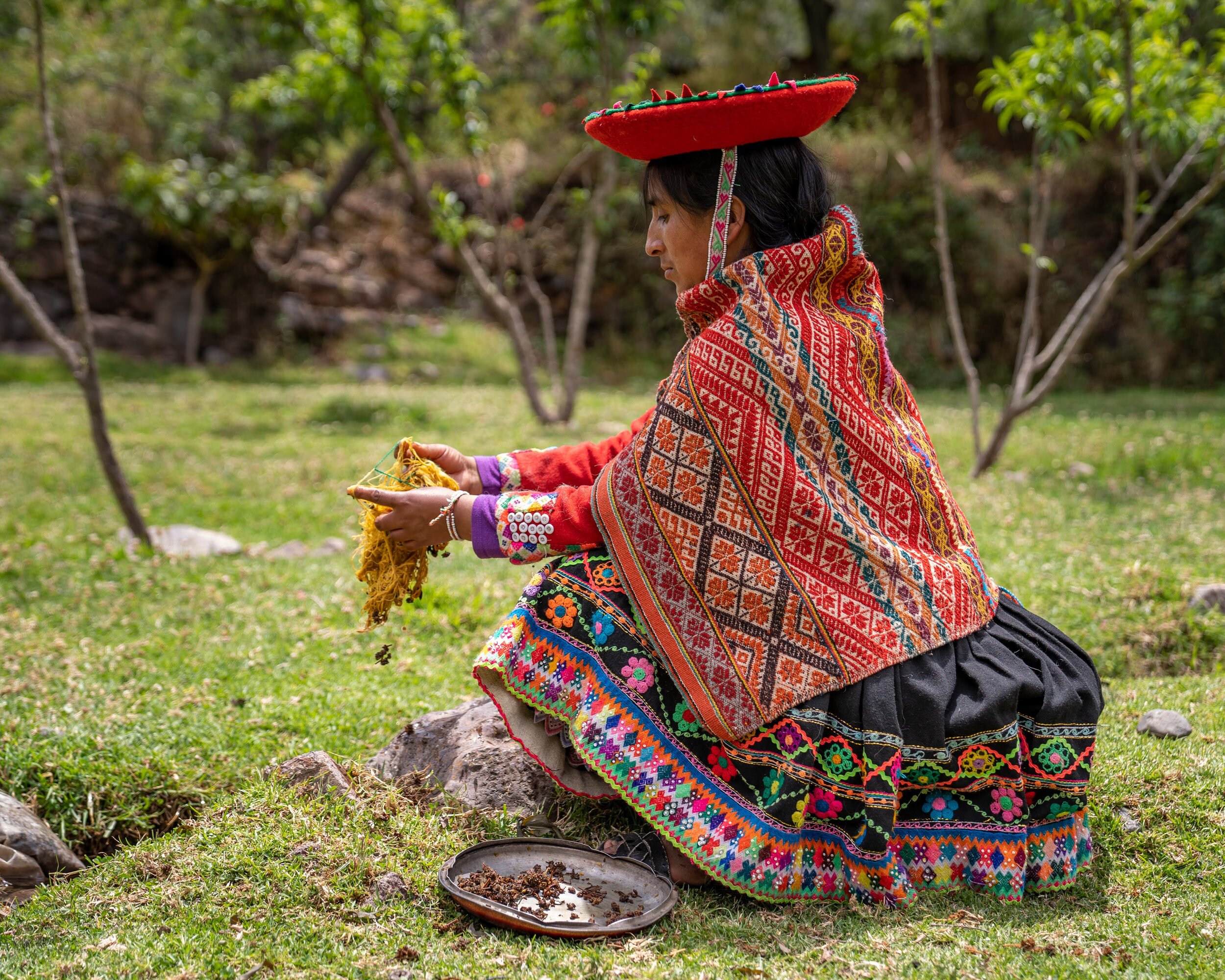
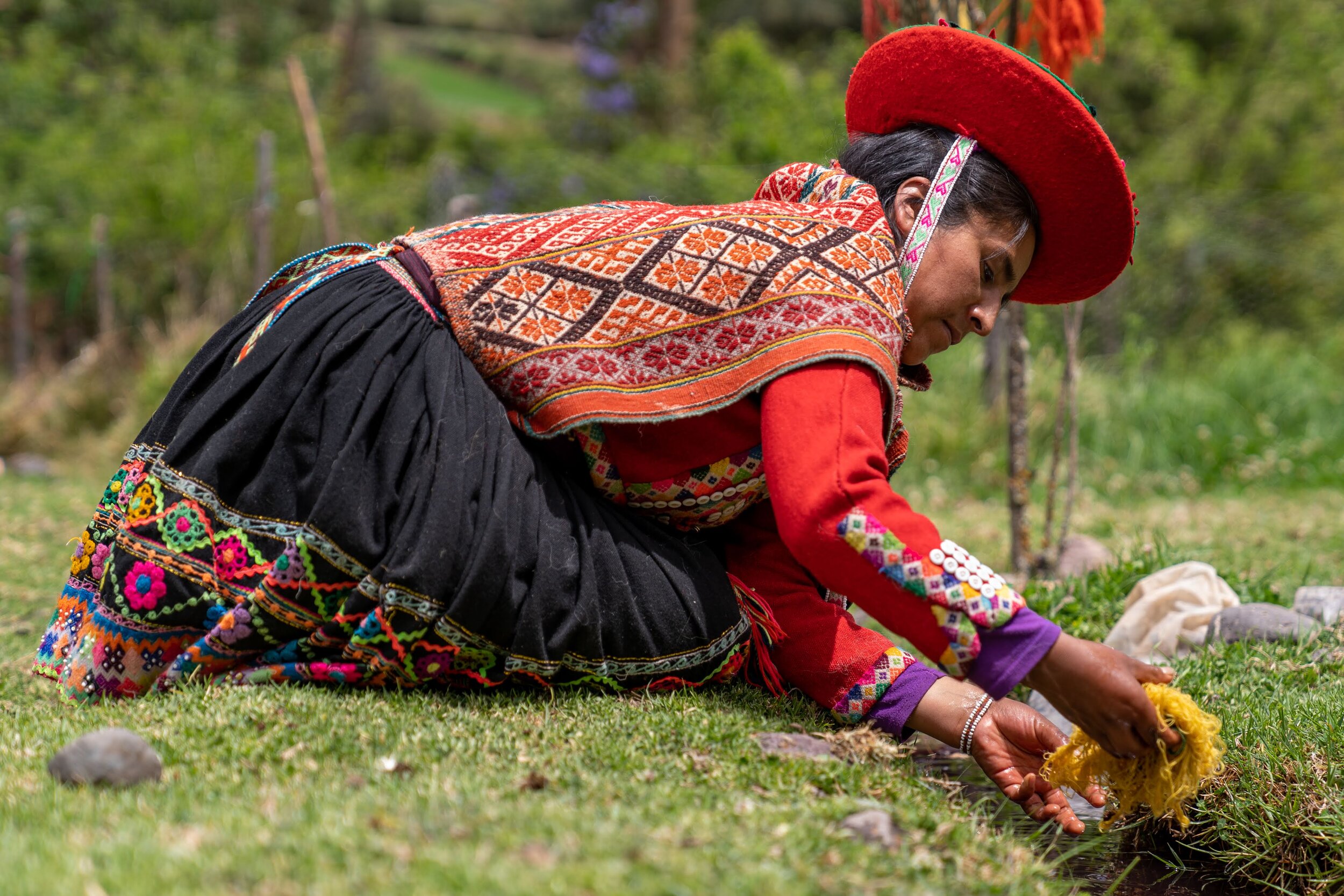
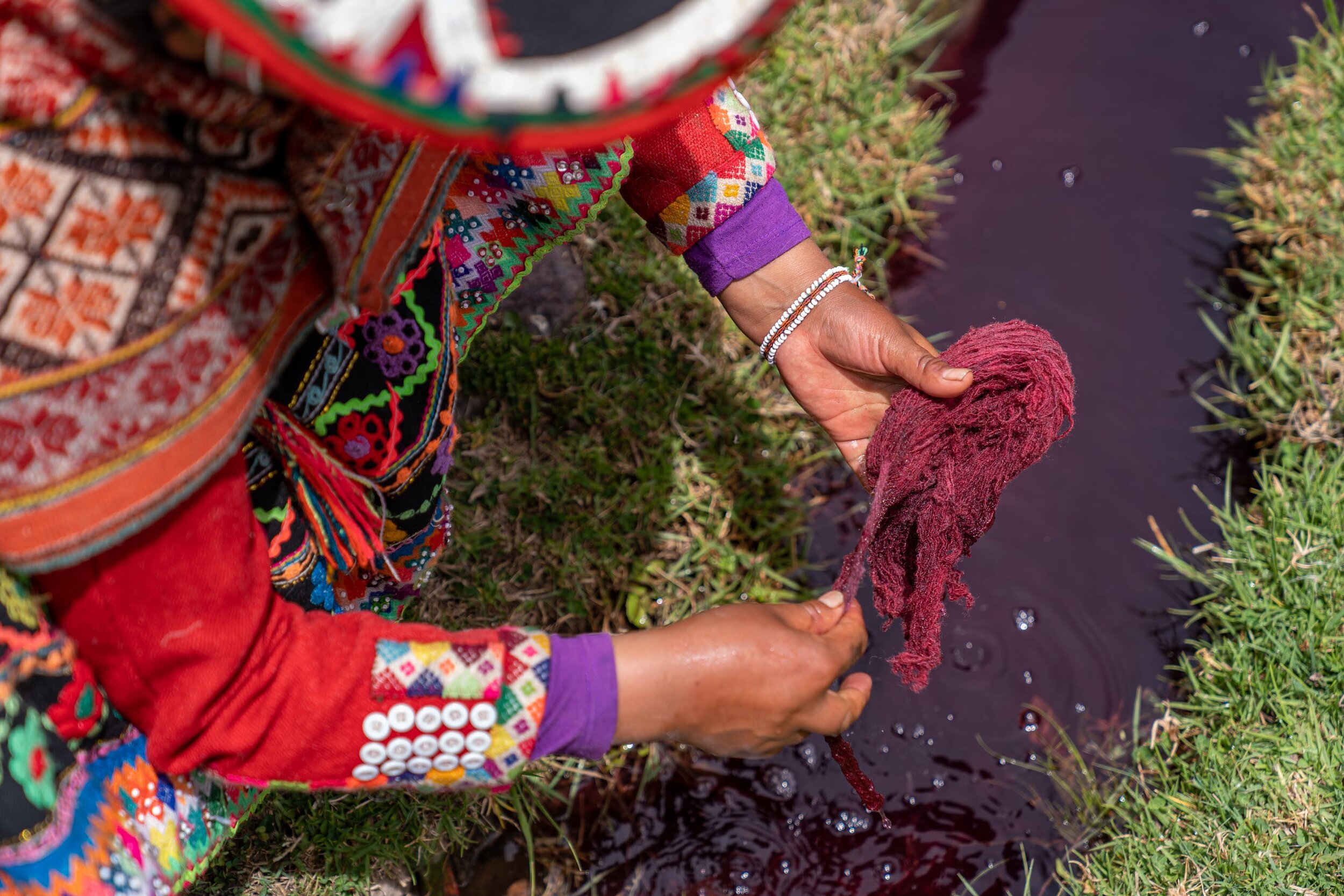
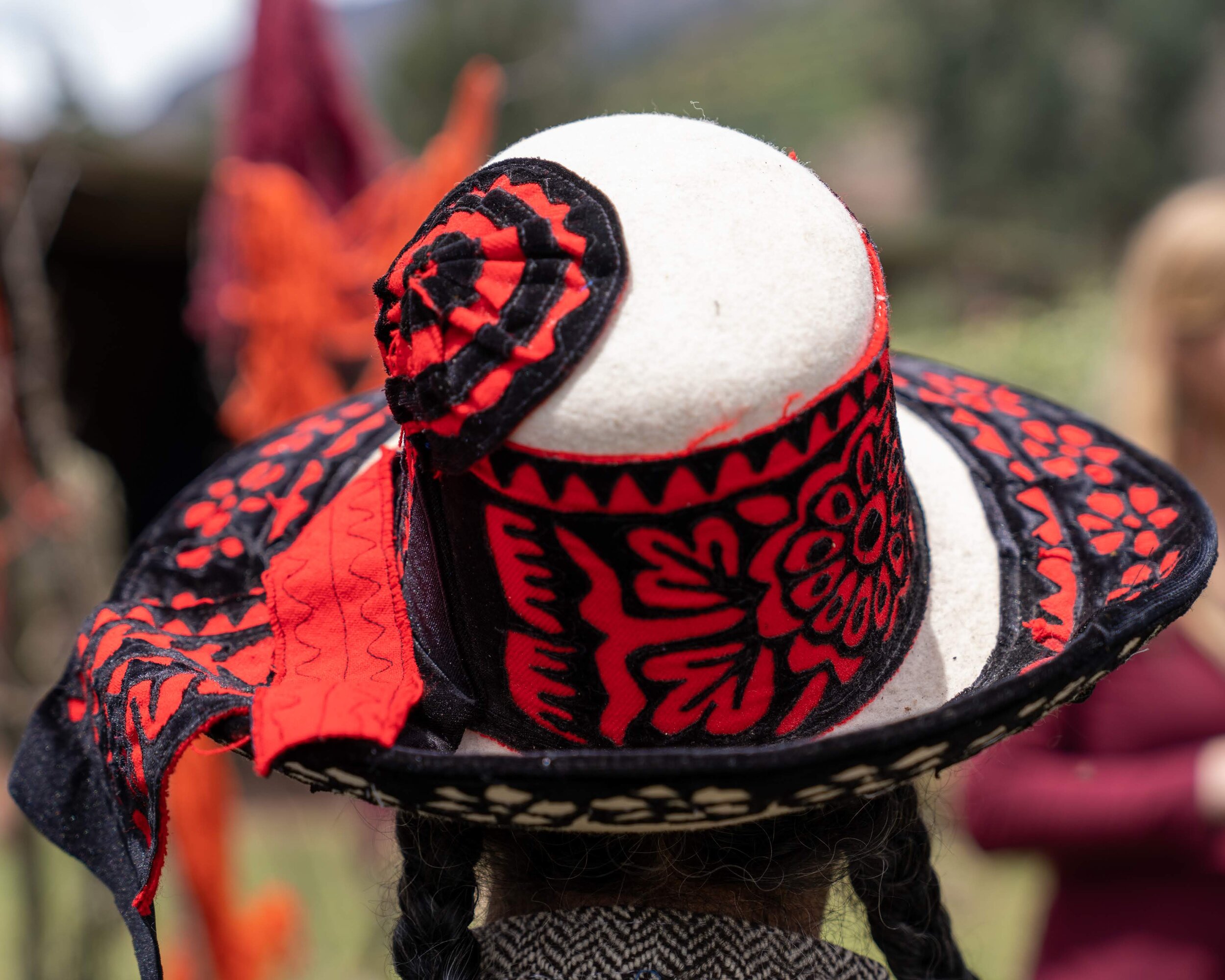
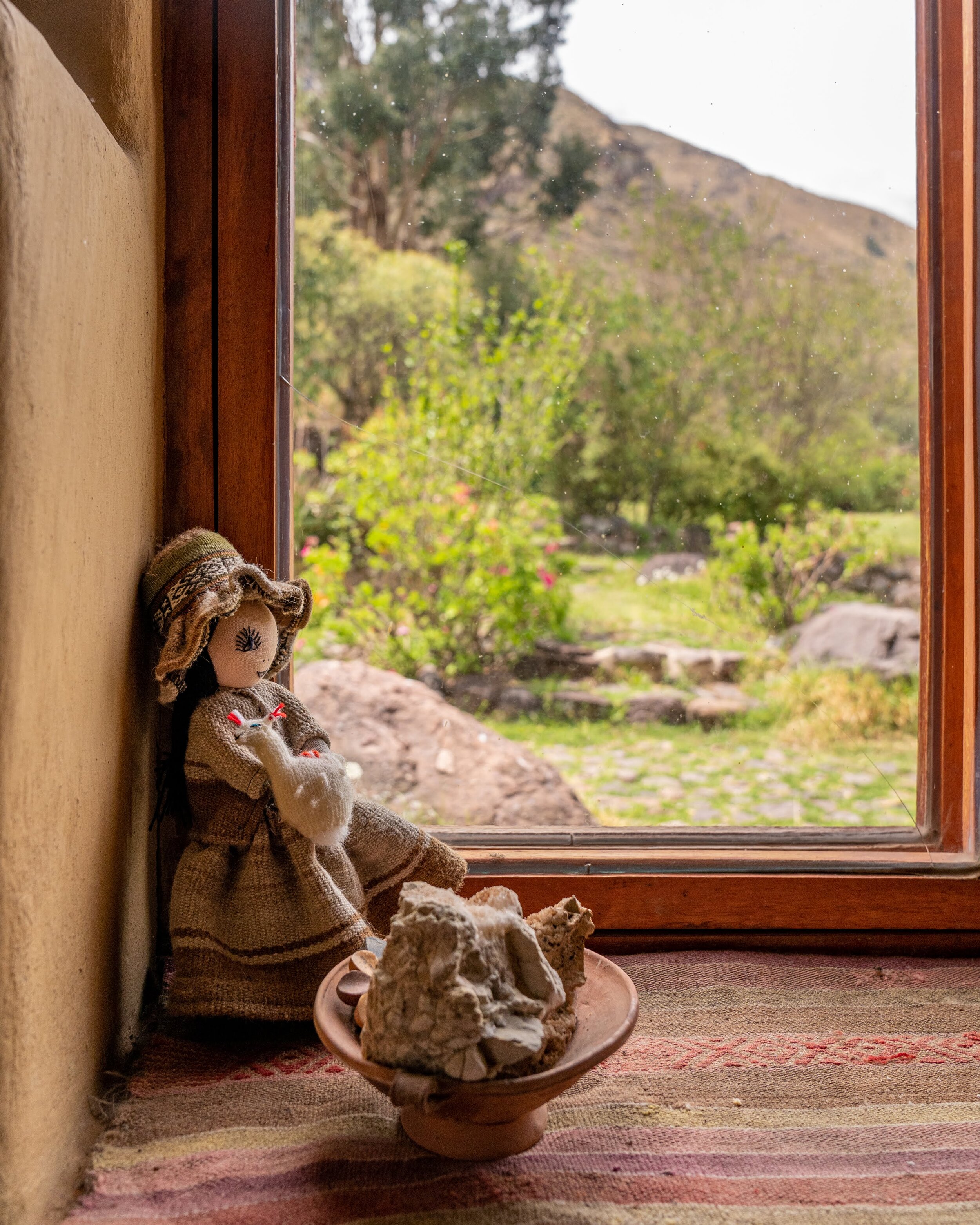


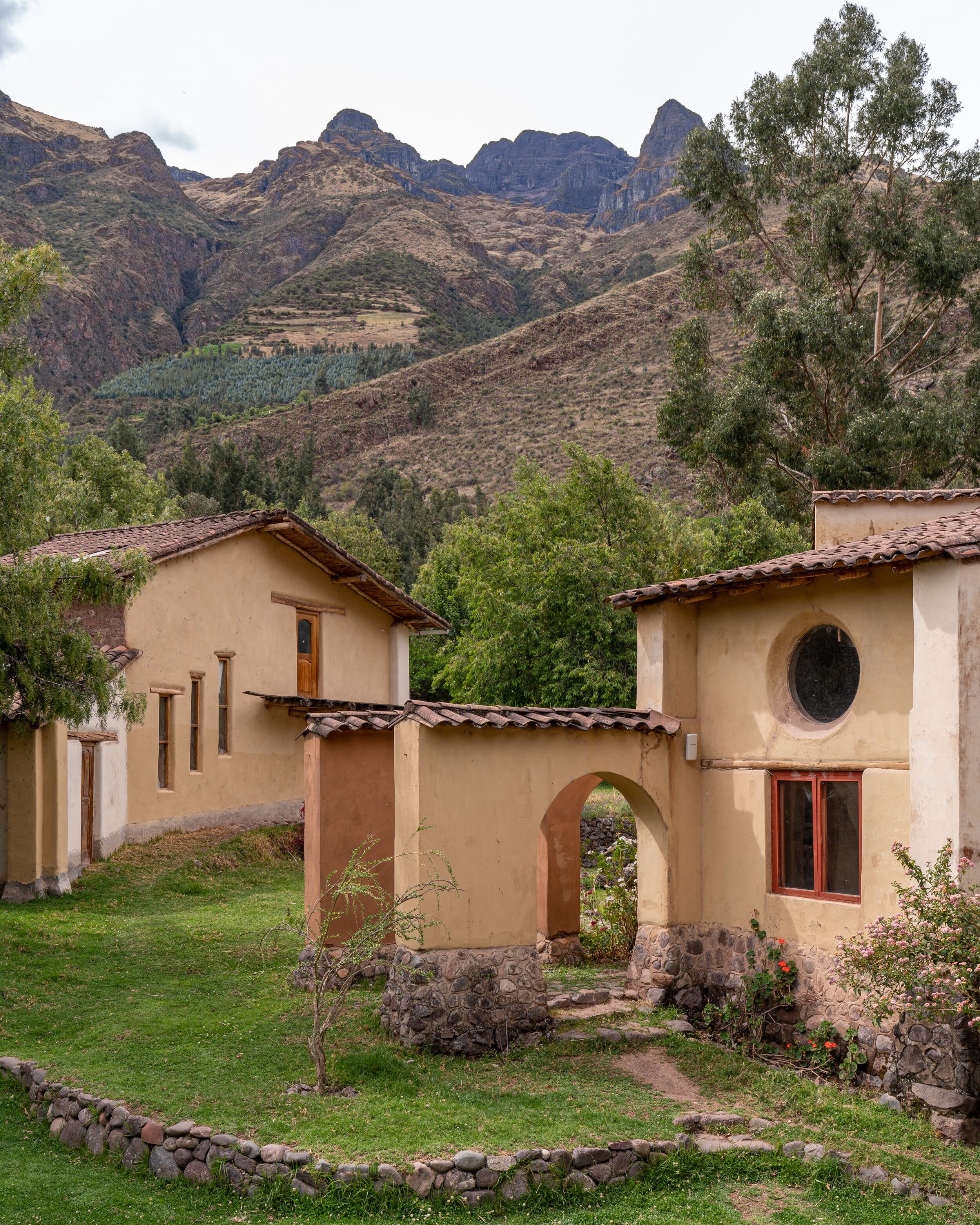
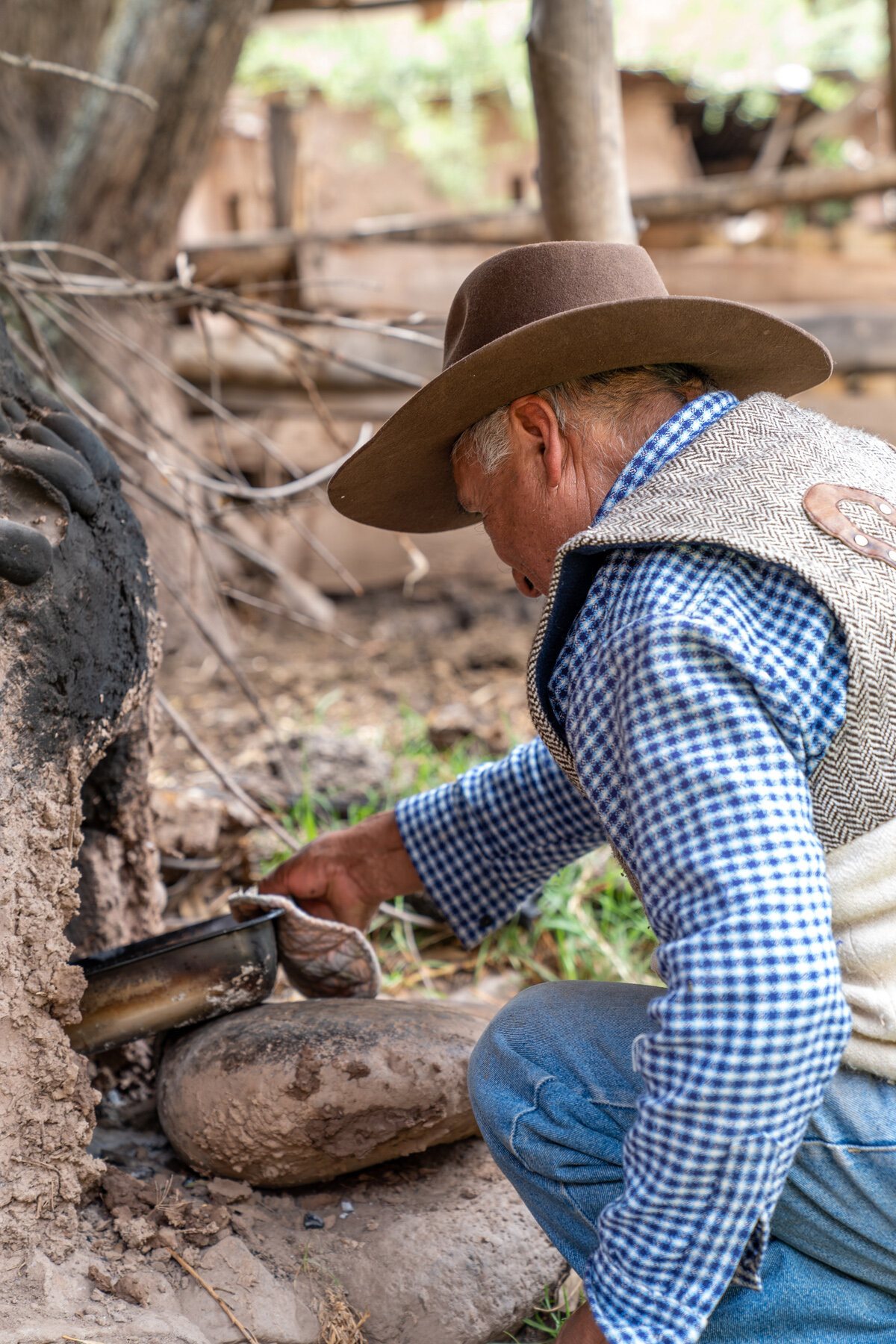
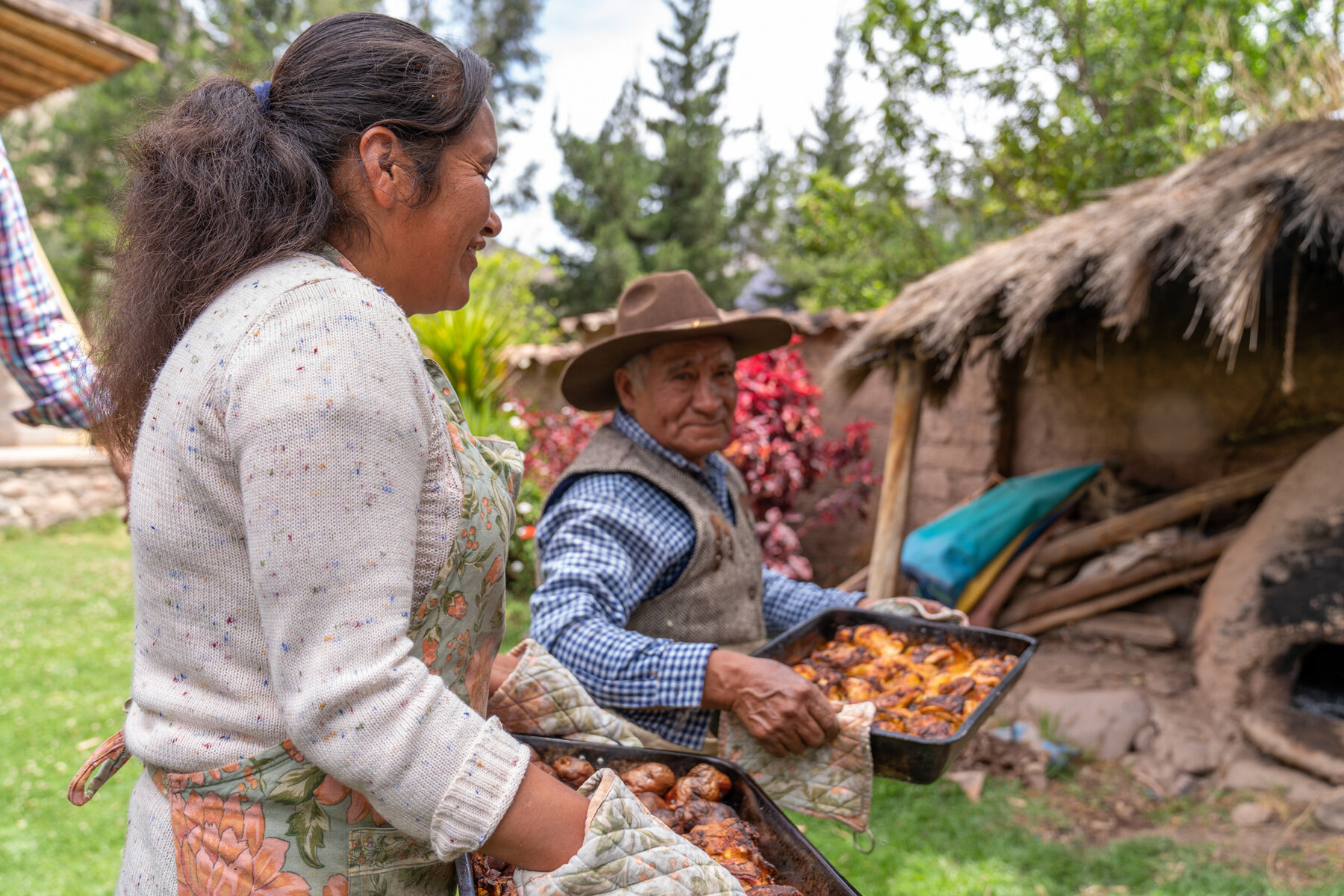

A few hours and half-a-nap later, we would arrive to hillside-straddling town of Ollantaytambo, just in time for a short sunset stroll through the handful of narrow cobblestone pathways that crisscrossed the city center, and a group dinner, before retiring for some well-earned ZZZZs to get us through the final leg of the journey. The part of the journey that normal people come to Peru for in the first place…
The Sacred Valley…
Click here for Part 5 - You Knew It Had To Happen - Machu Picchu
And if you want some more of my moolatangos and wallayangos, find me on Instagram.
(Editor’s Note: This trip originally happened in fall of 2019, when it was still safe to travel. It has taken some time to get these posts in order due to various reasons #Because2020, but the timing is quite impeccable that I begin publishing them now, as Peru has among the highest death rates per capita in the world from COVID-19, and people in the remote impoverished highland villages, where much of this story takes place, have little to no resources to protect themselves and their families. Quechua Benefit, the non-profit that sent me out has been raising money to provide masks, soap and education, and I’ve partnered with them to help bring some attention. Please consider throwing a few bucks their way through this link. As you’ll see throughout these posts, they’re doing wonderful work in Peru.)


